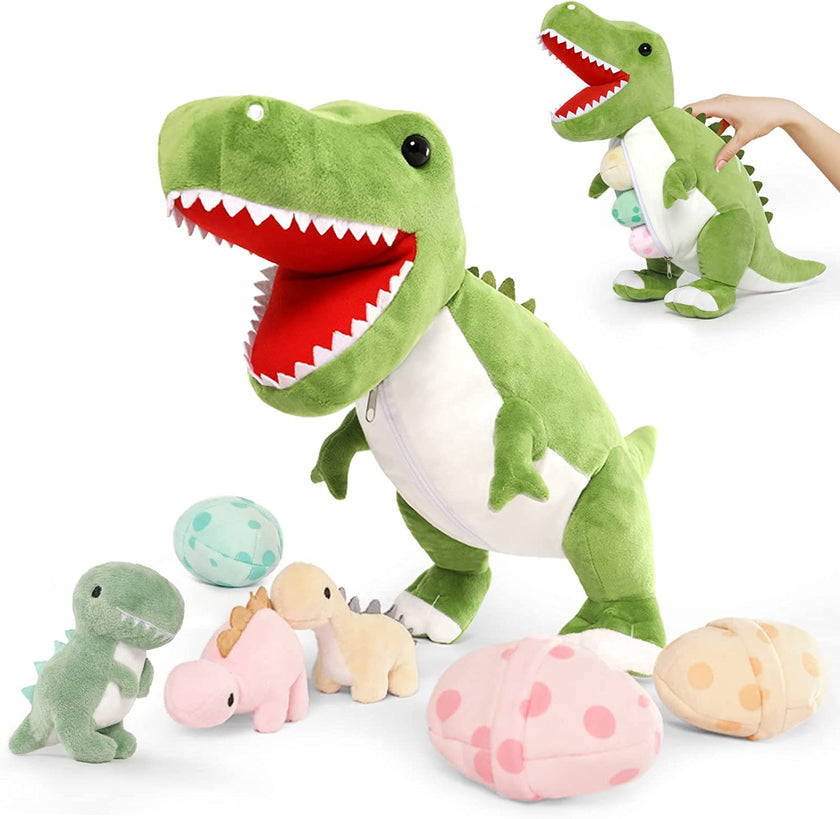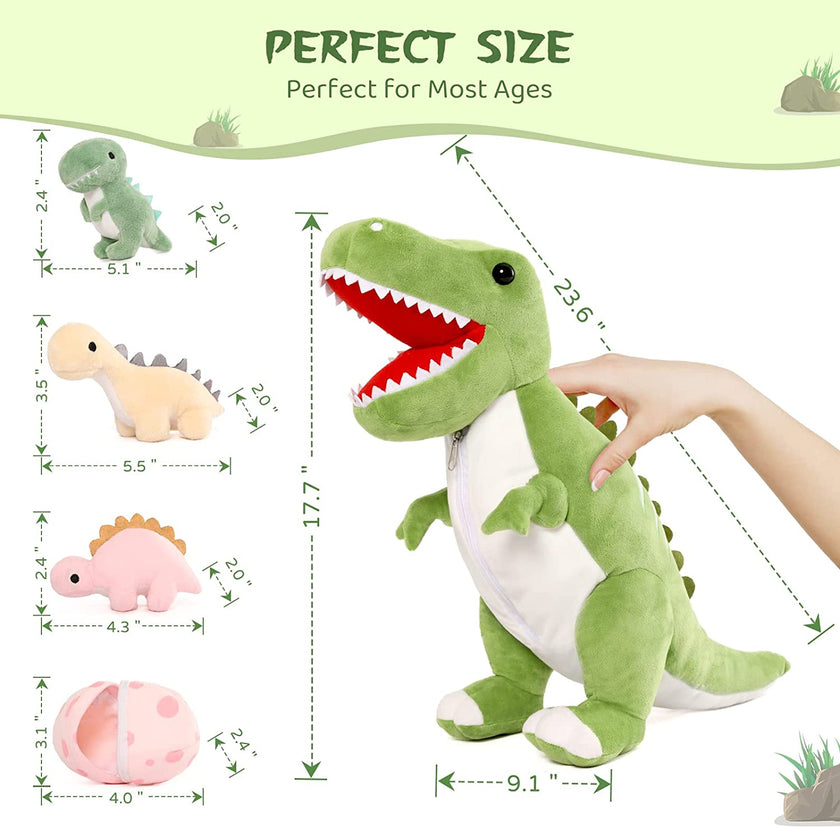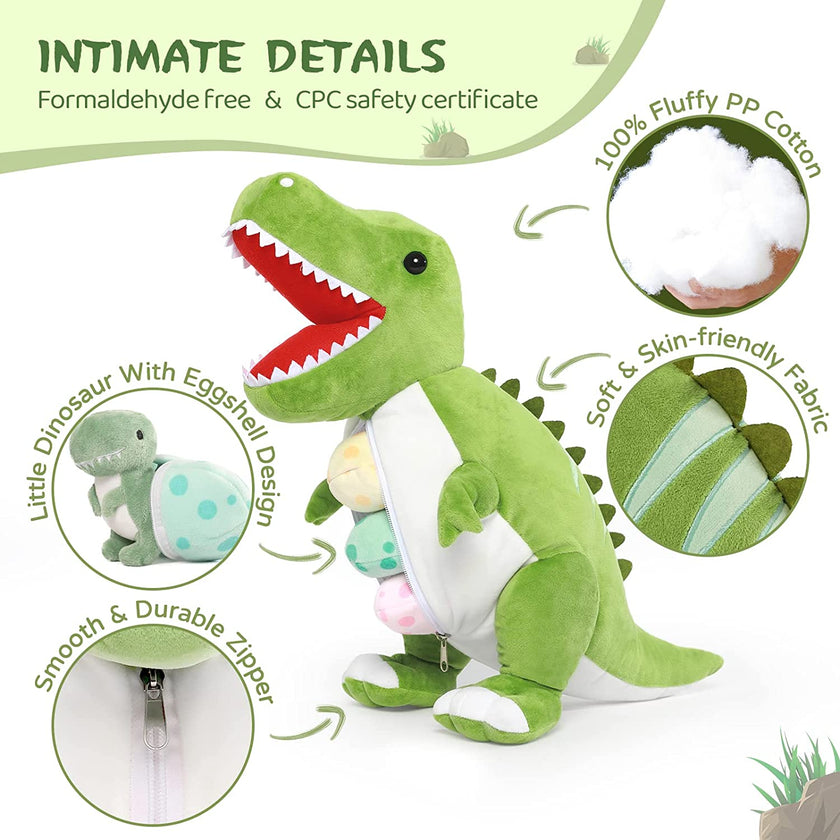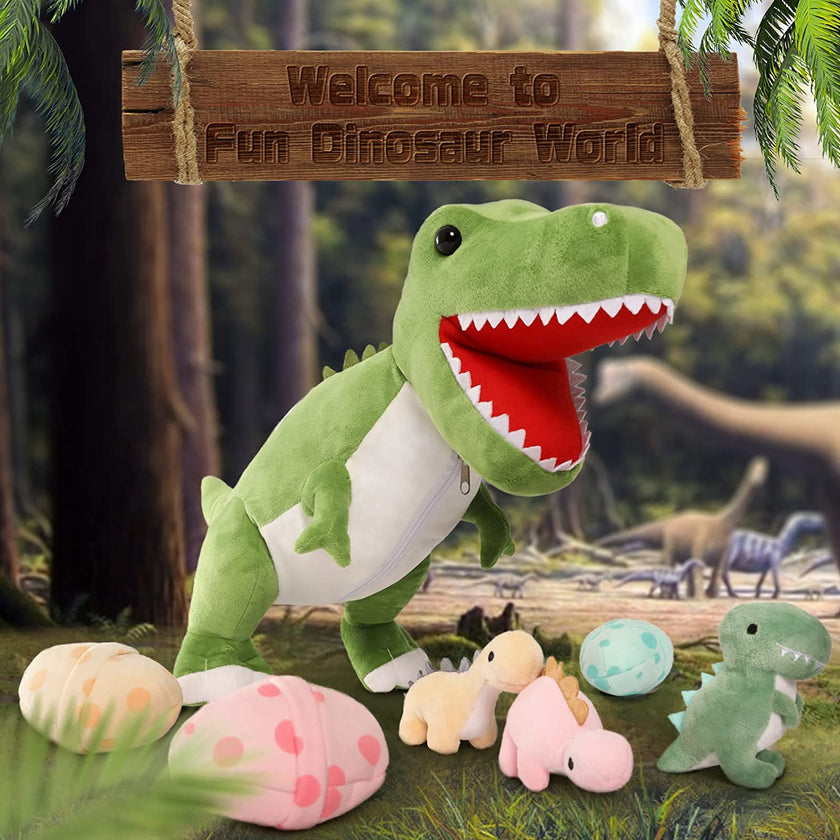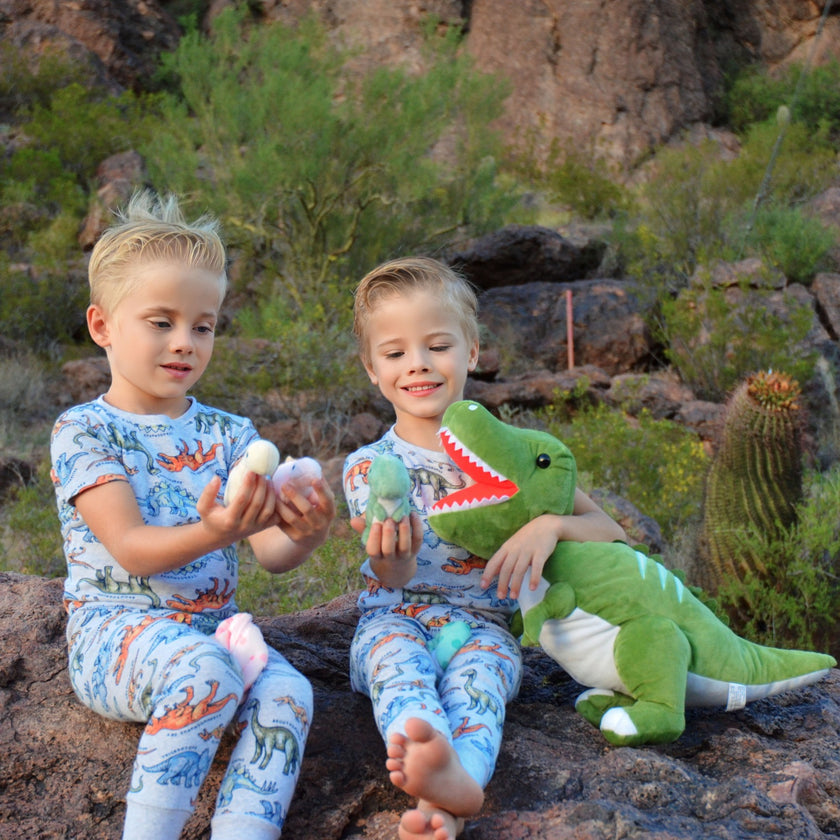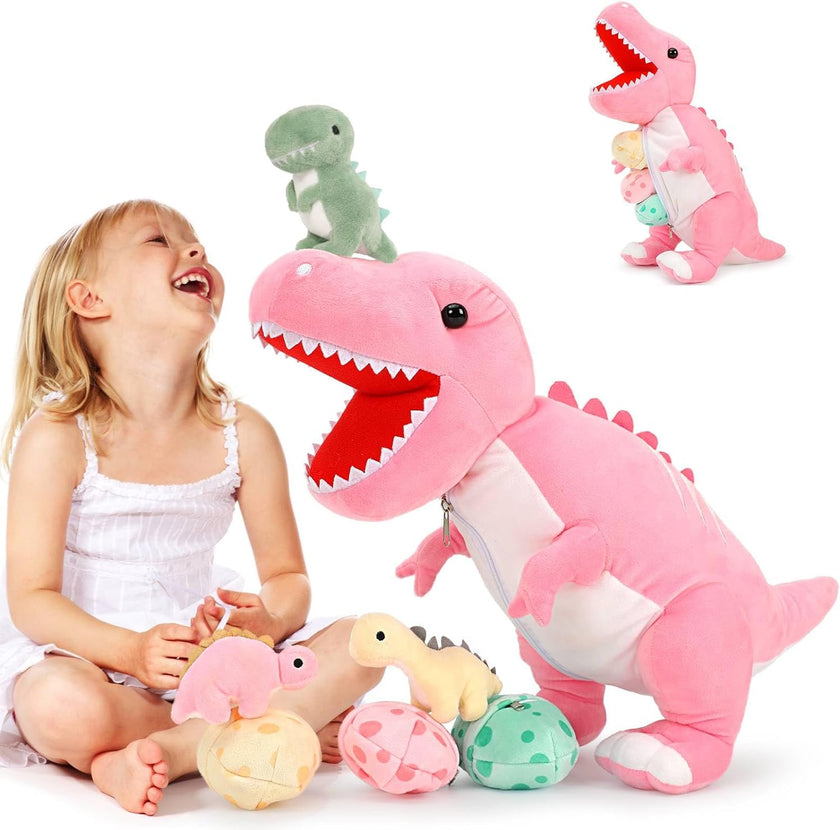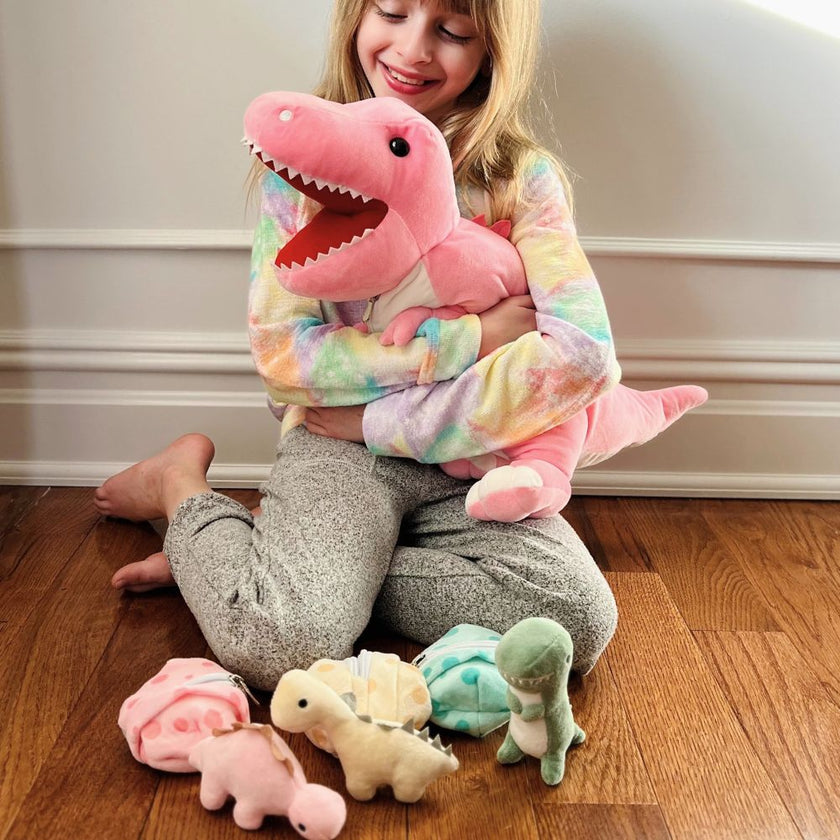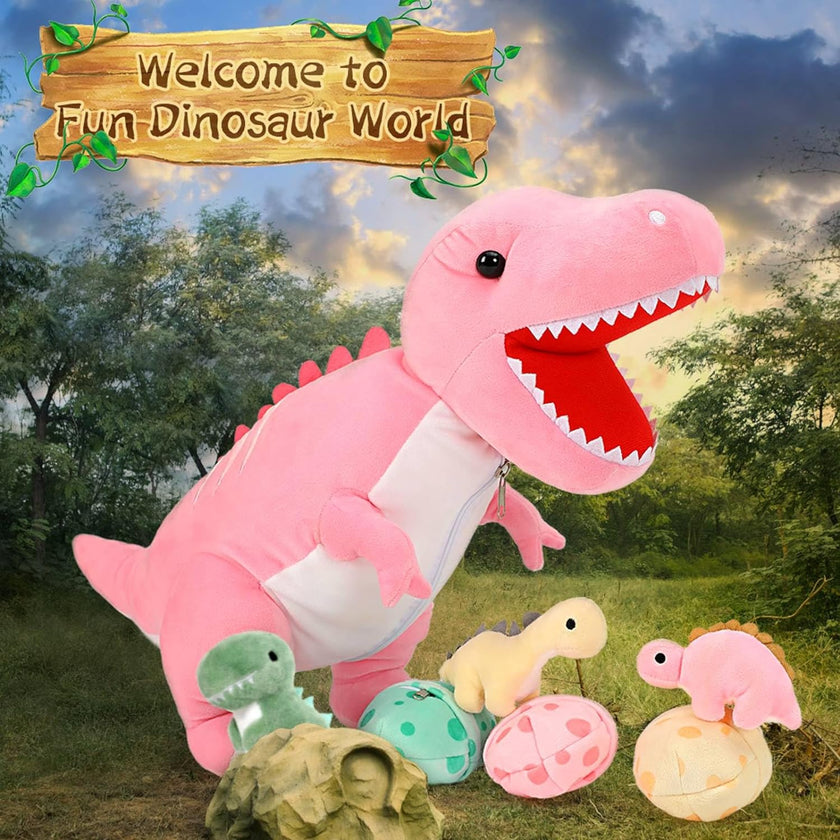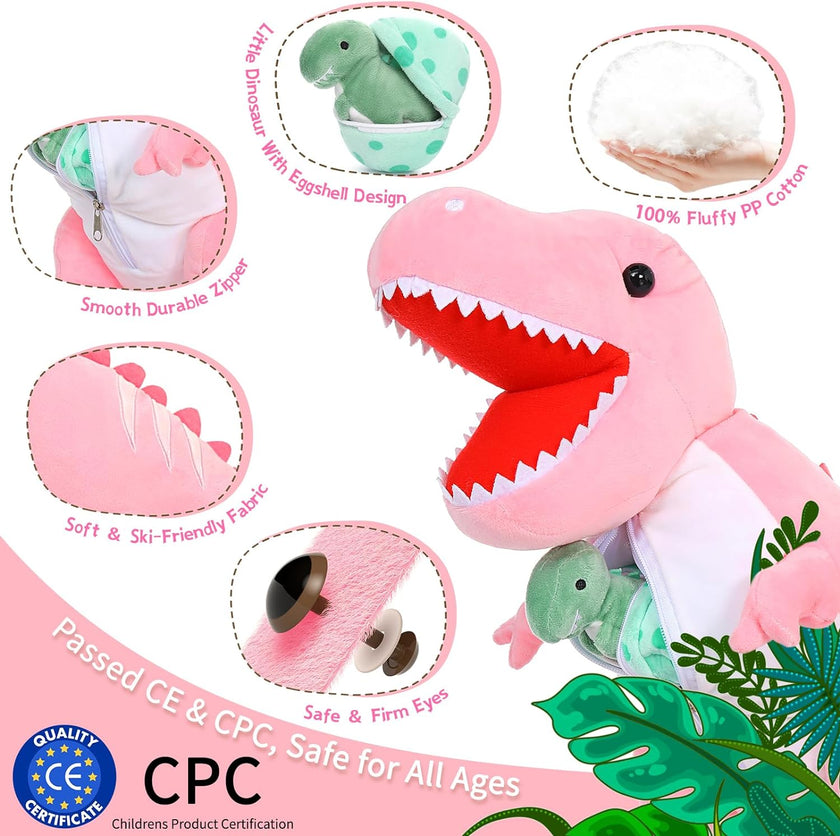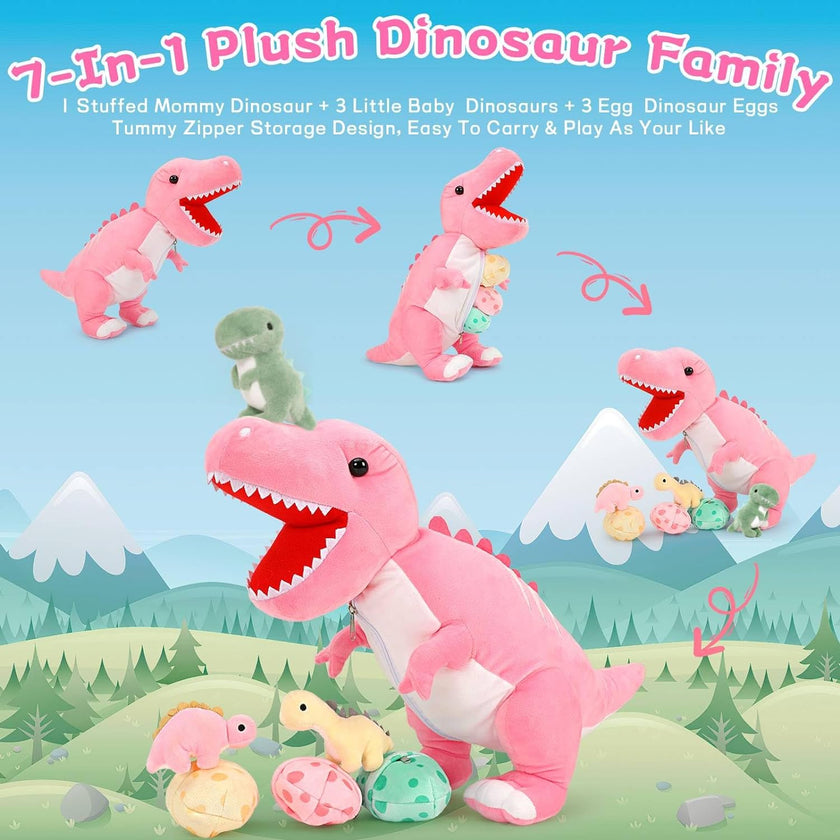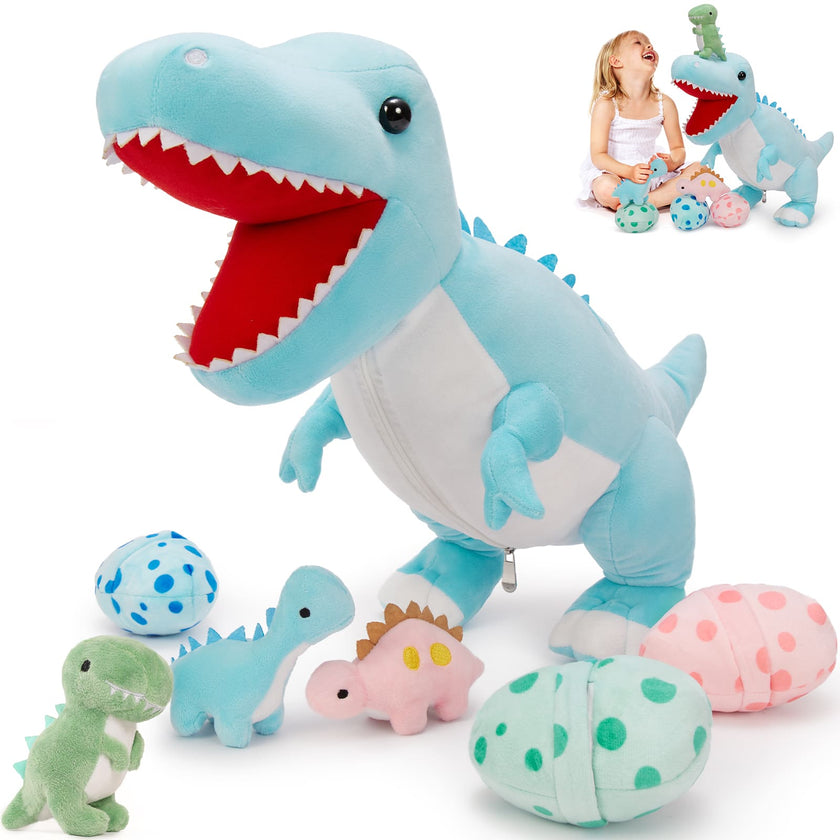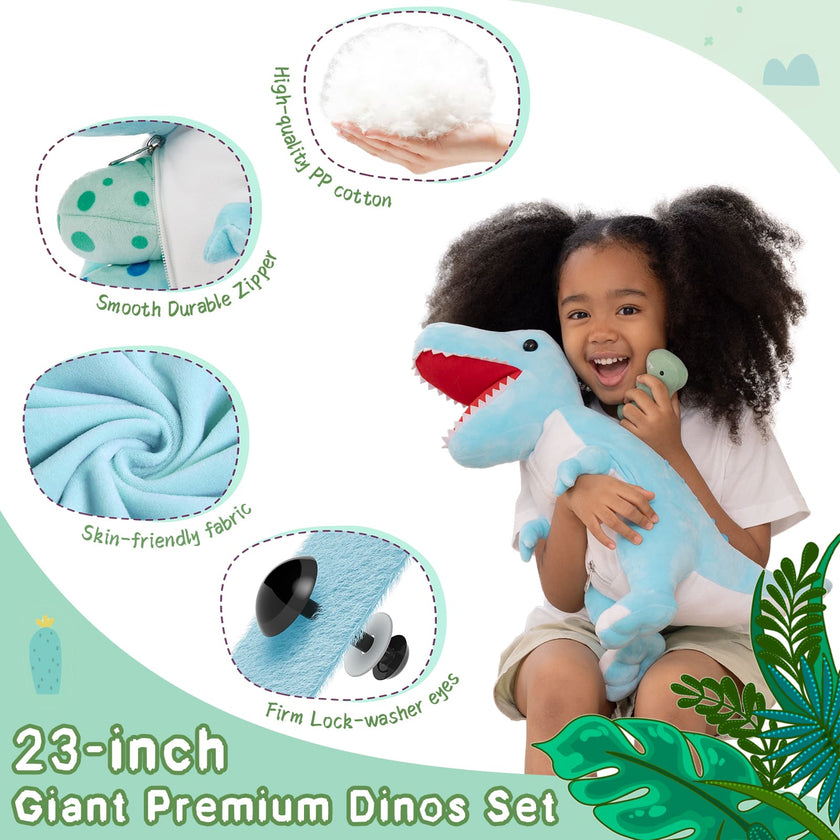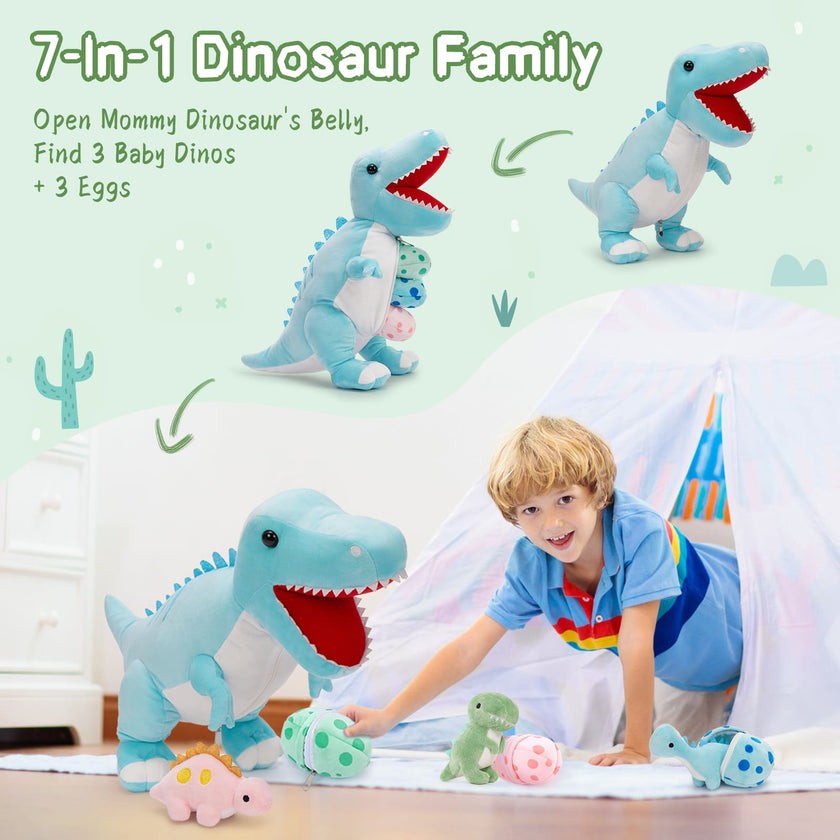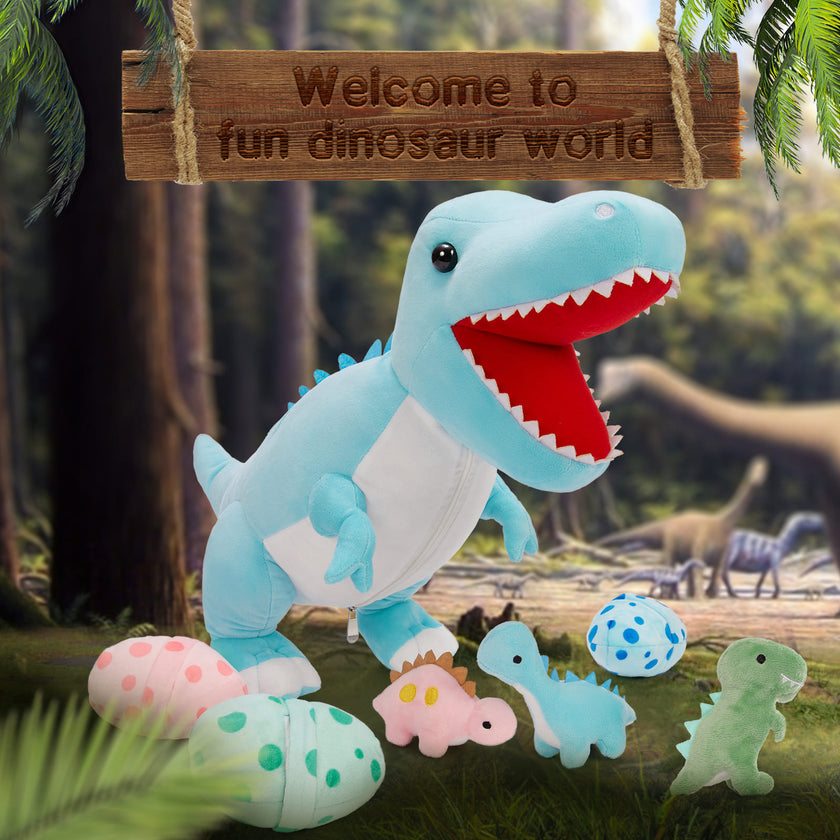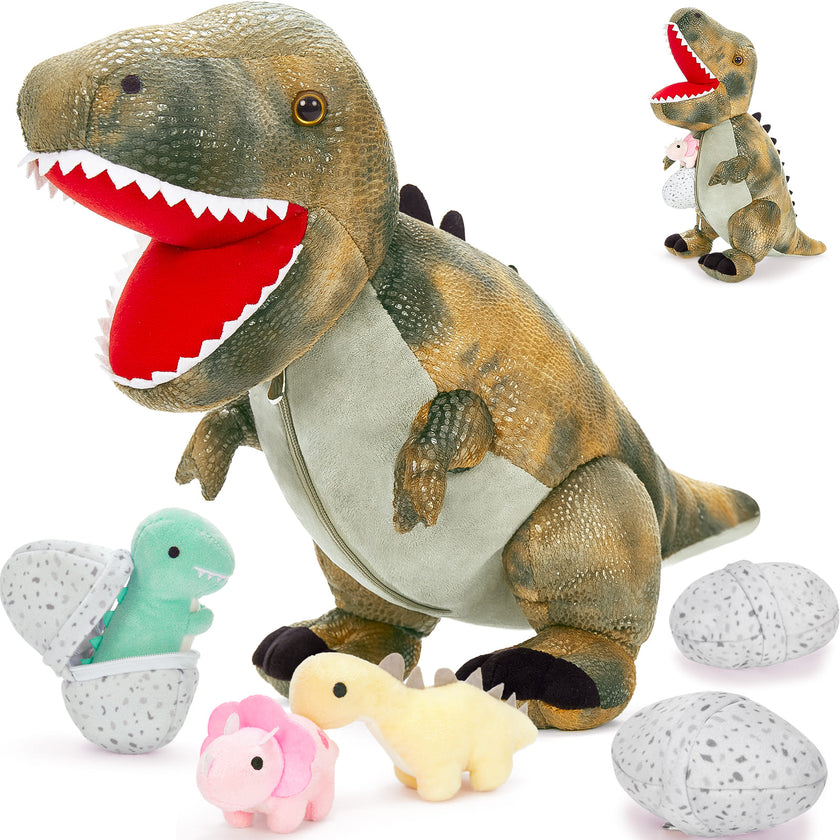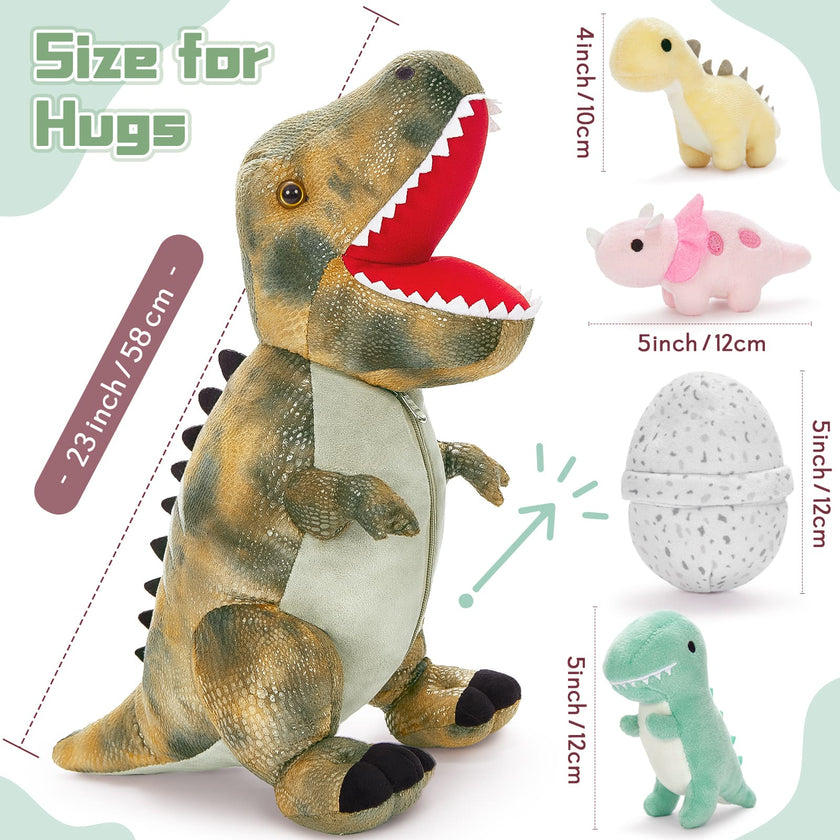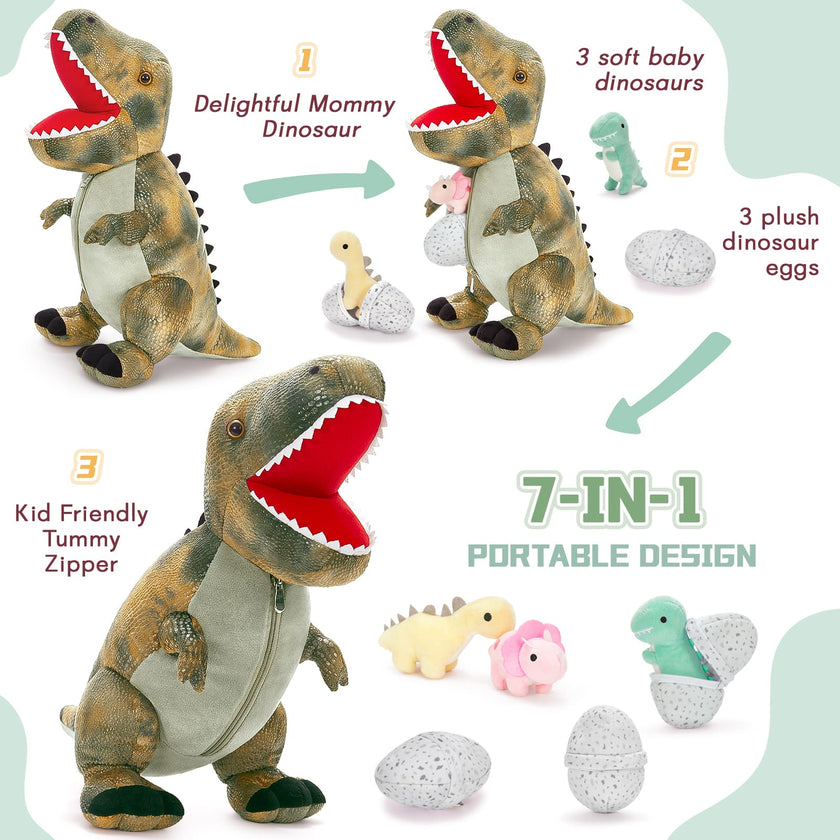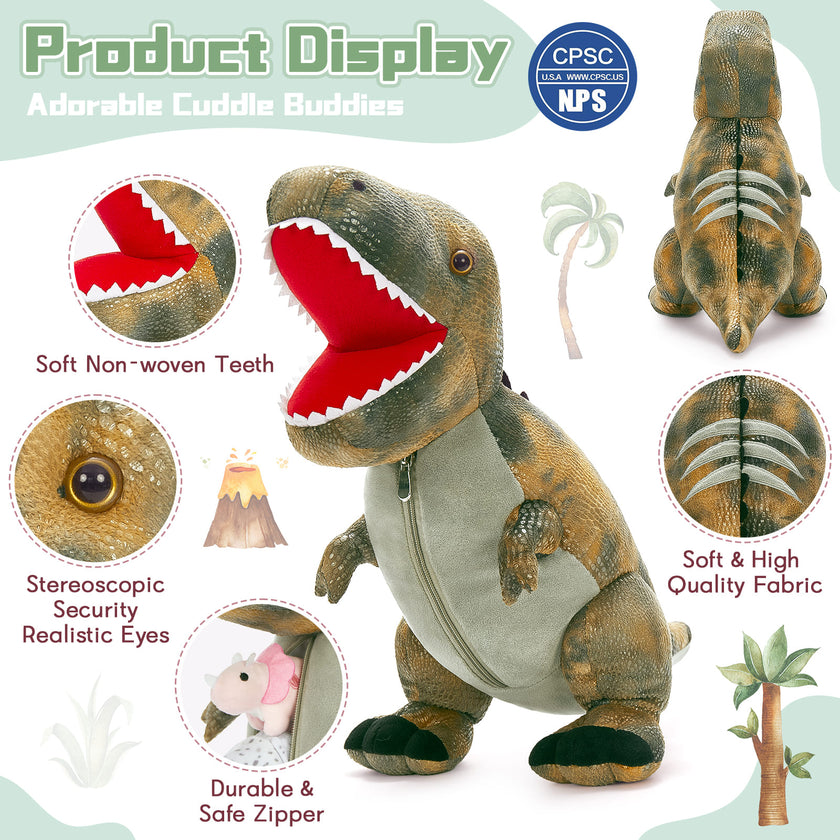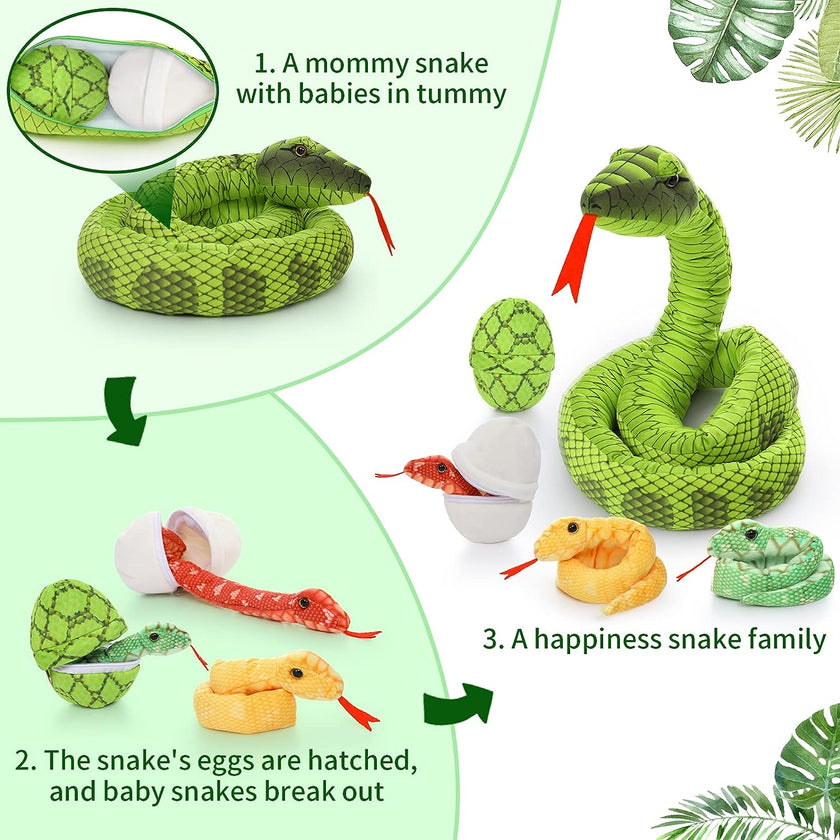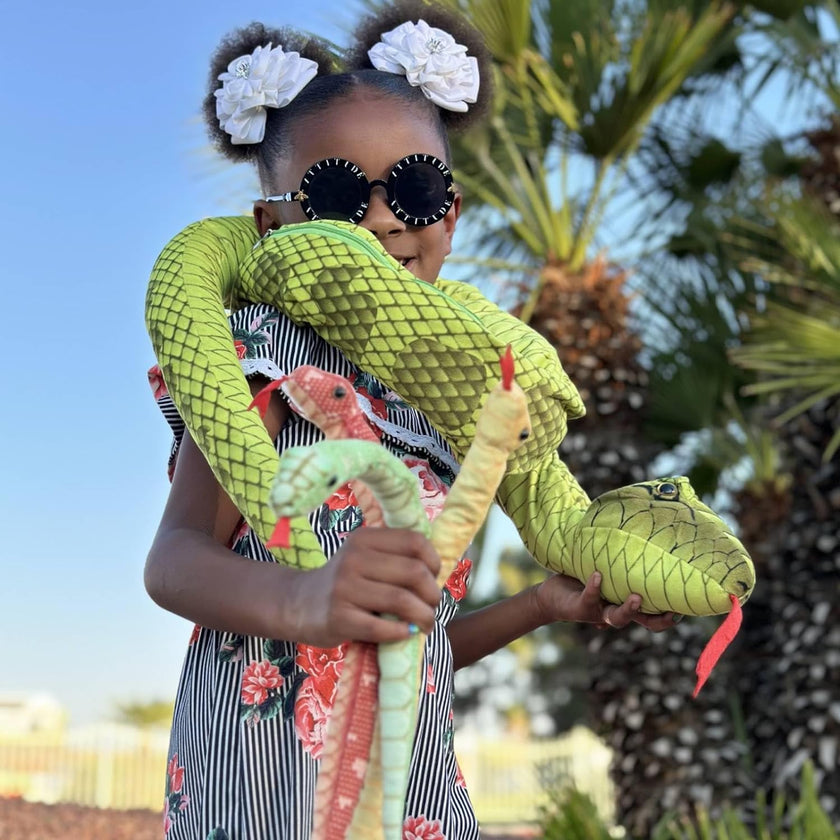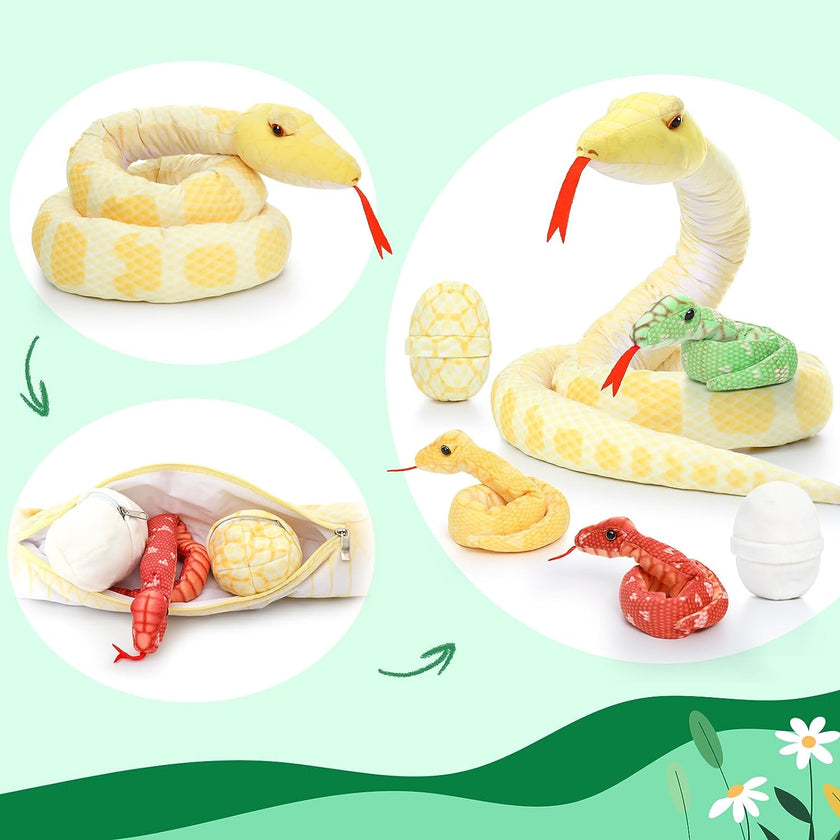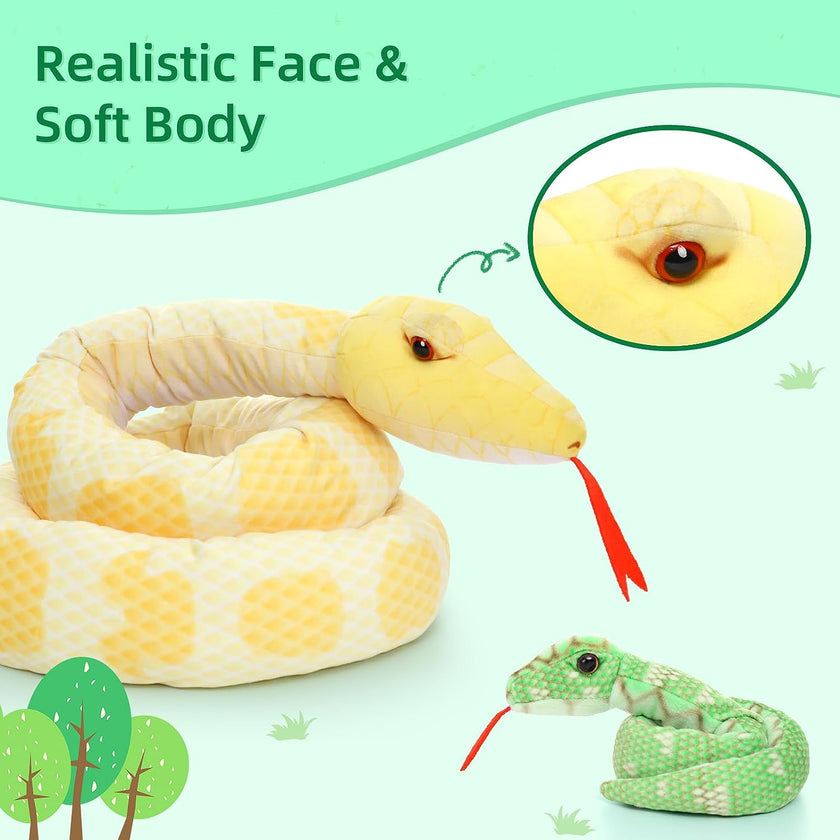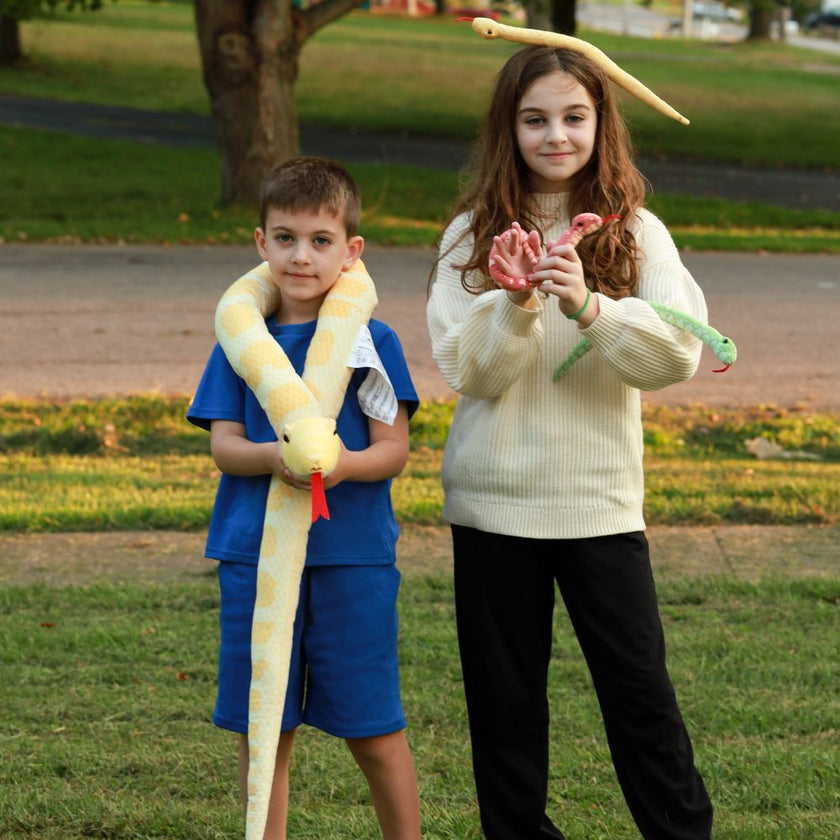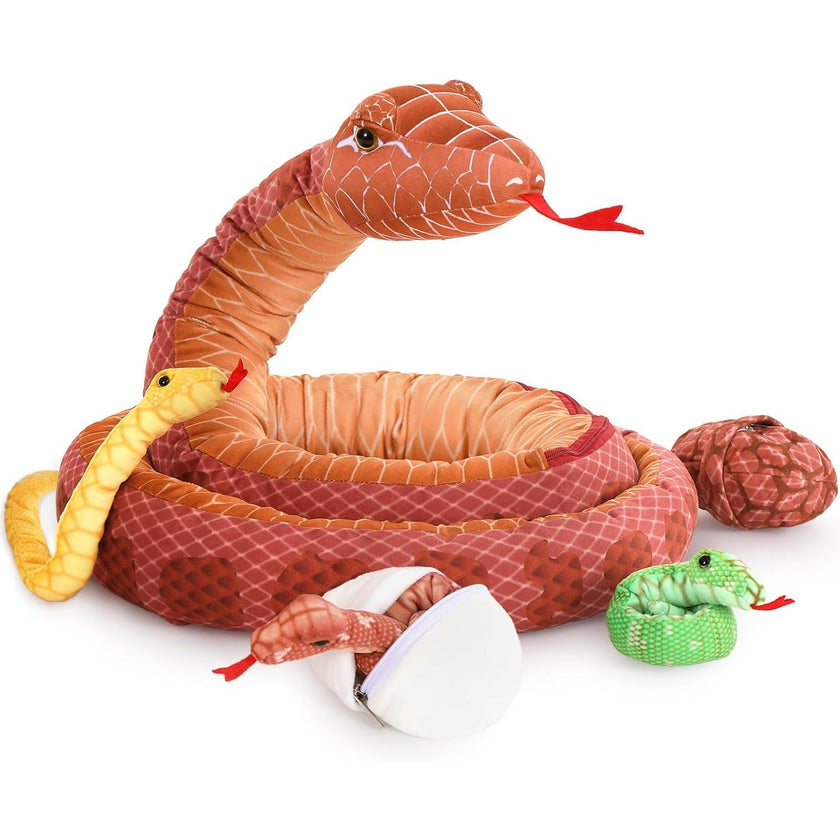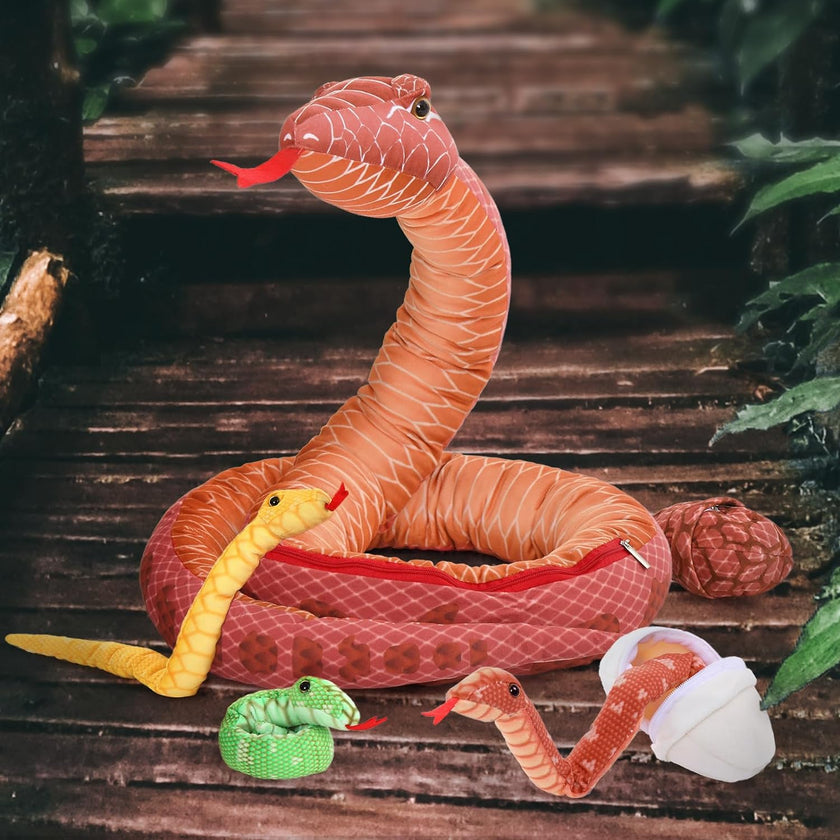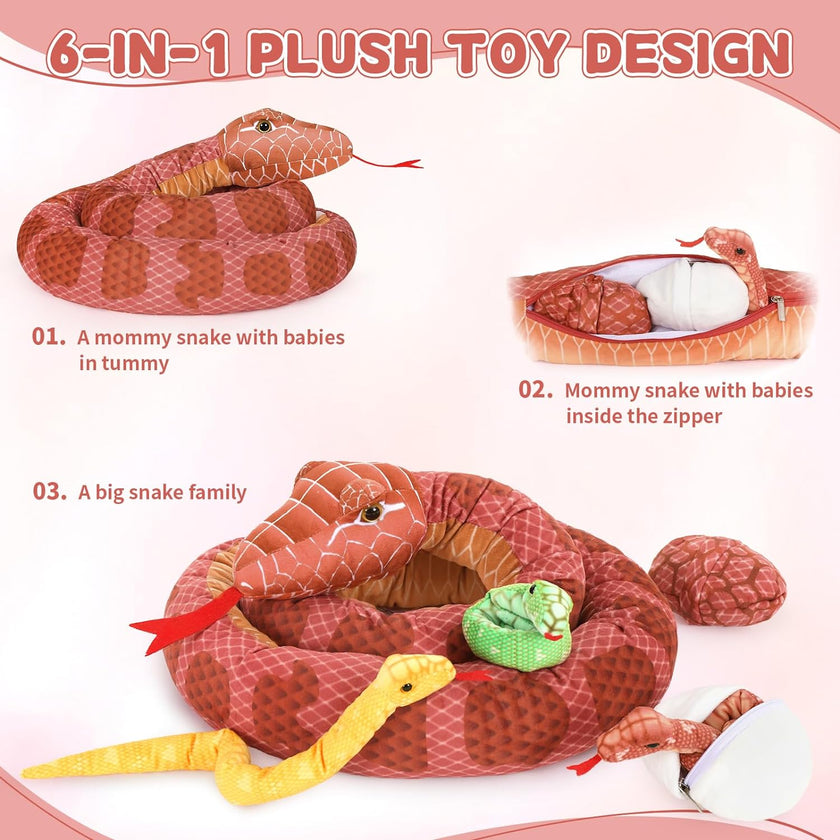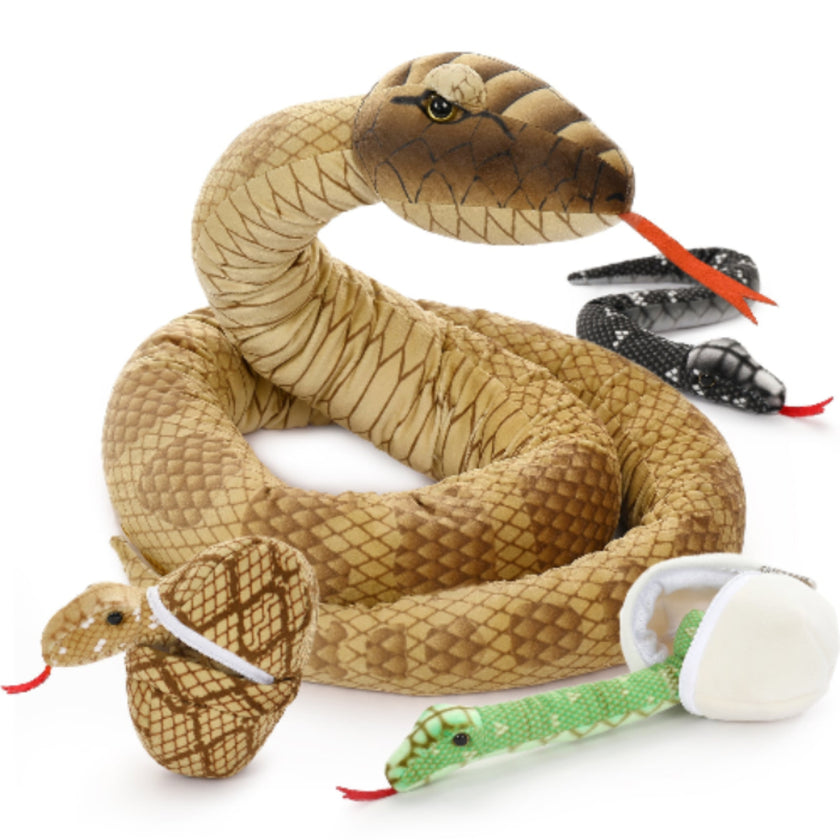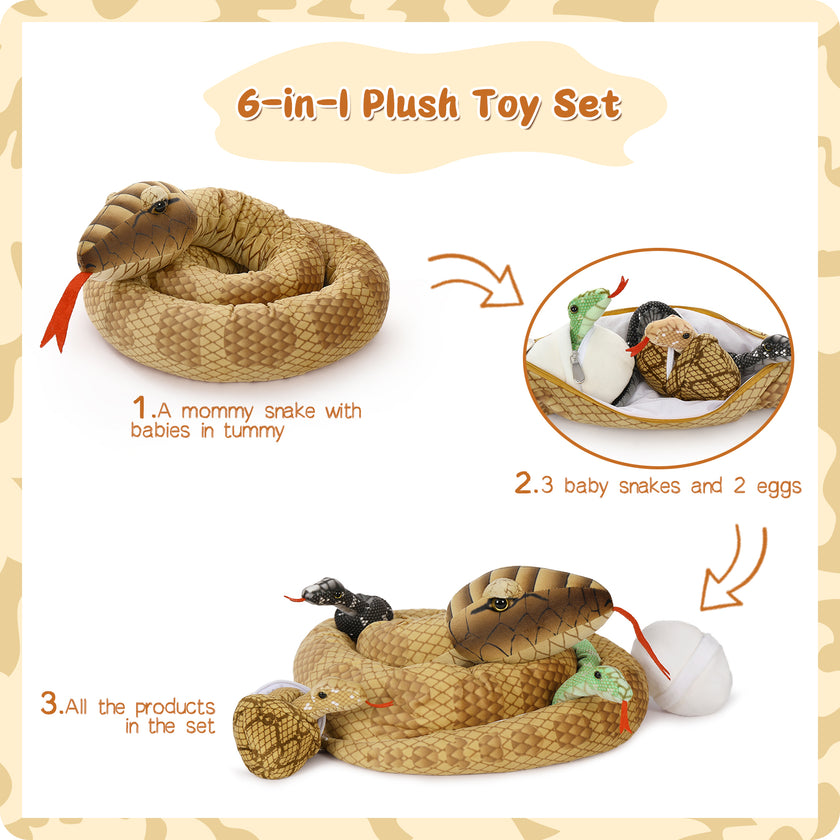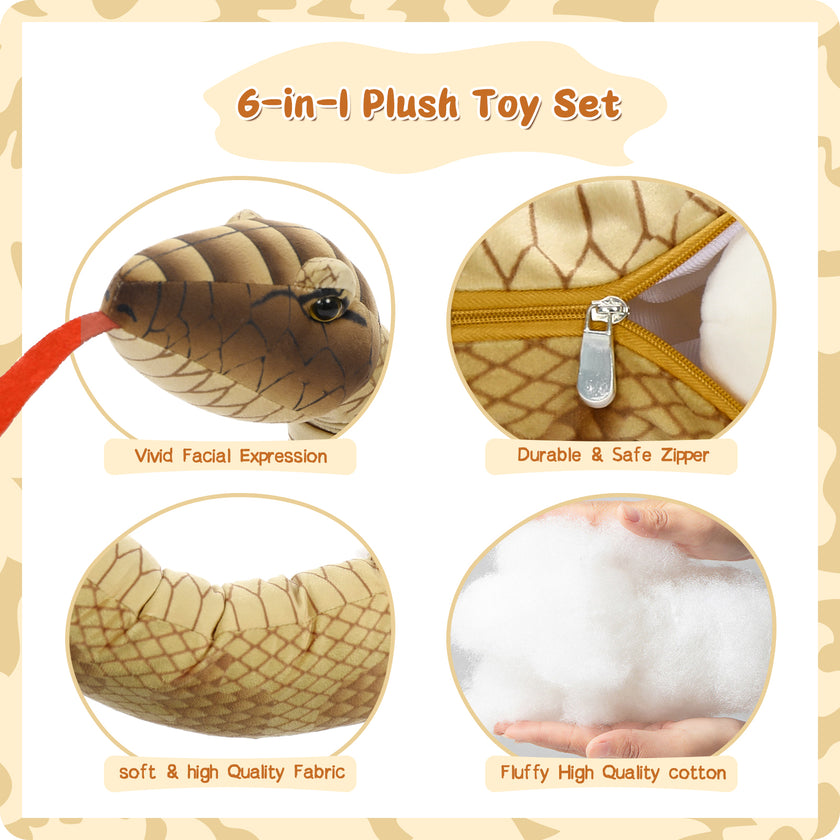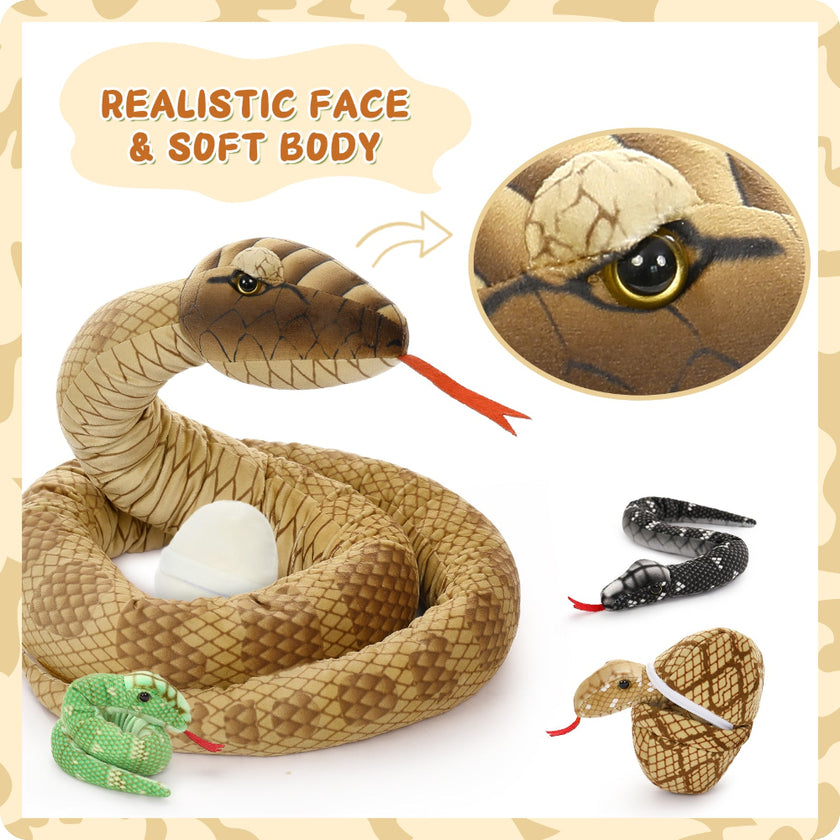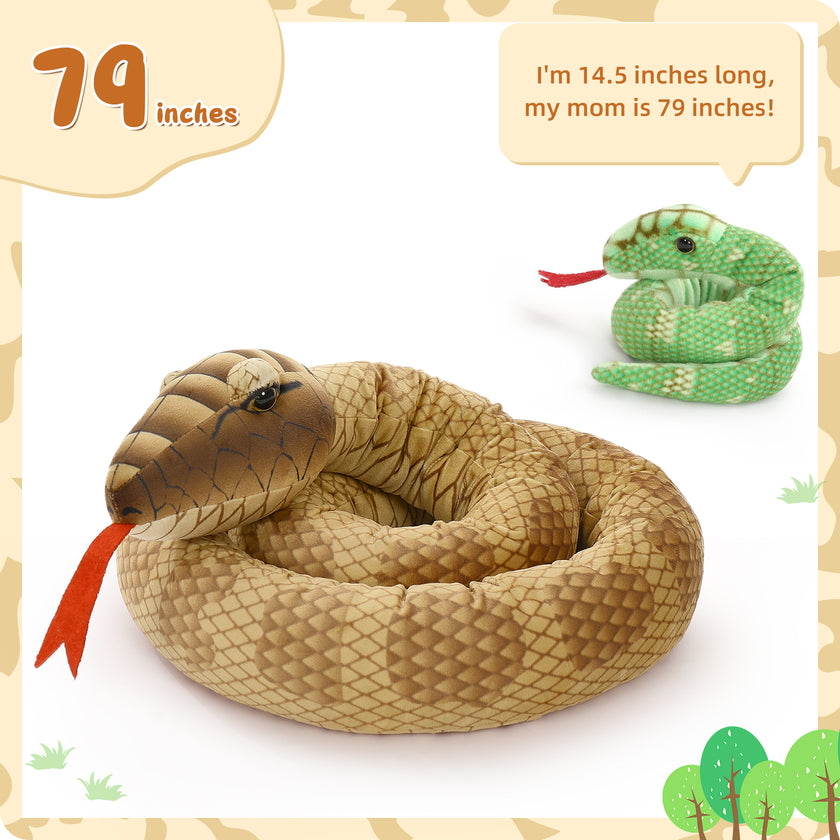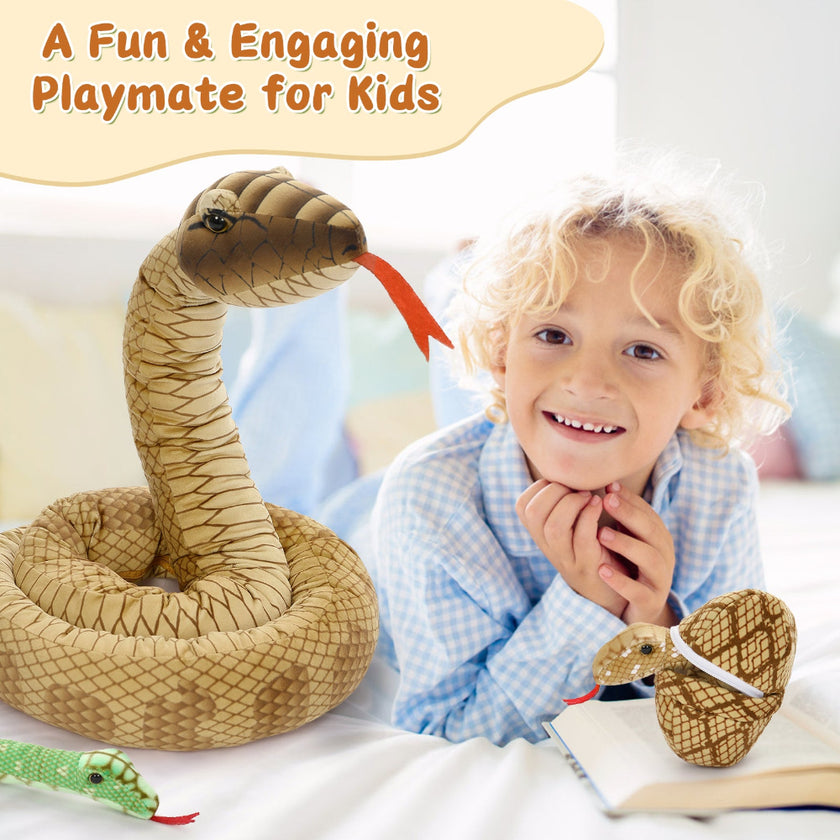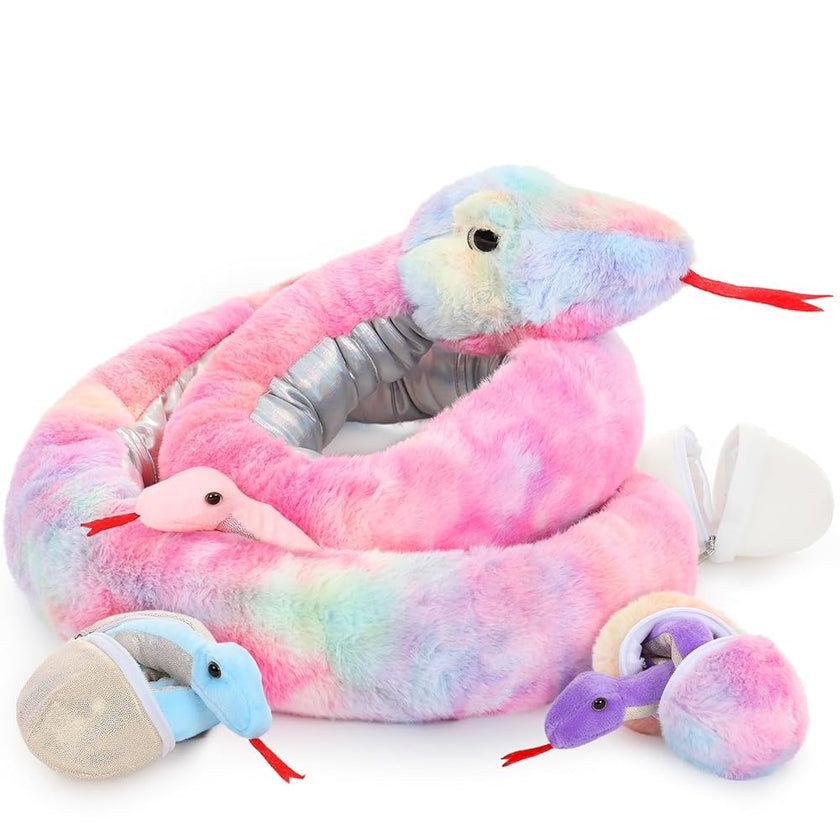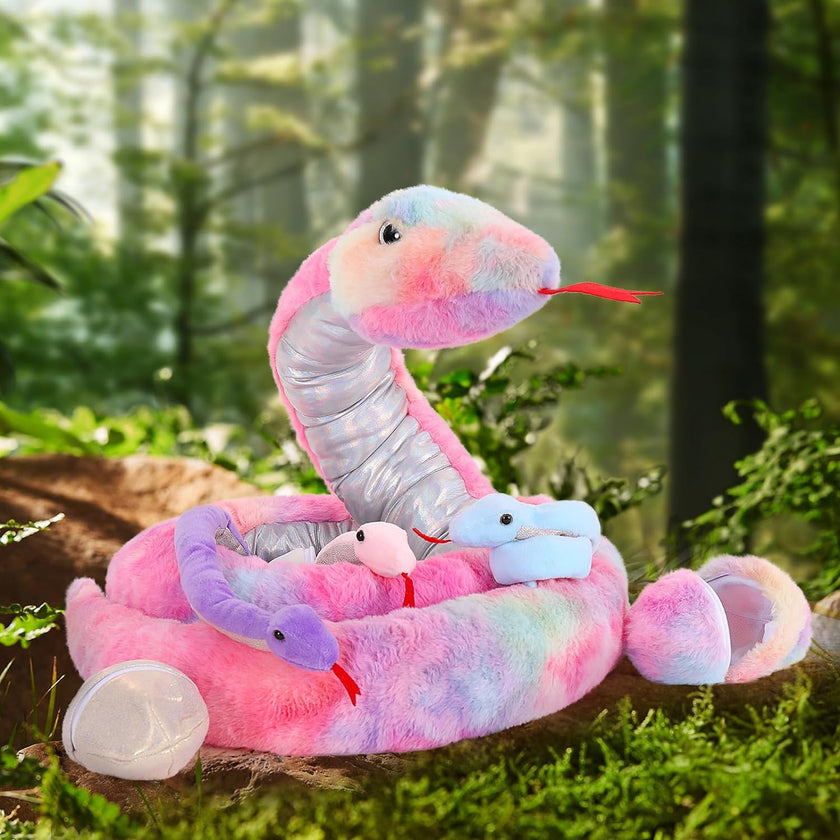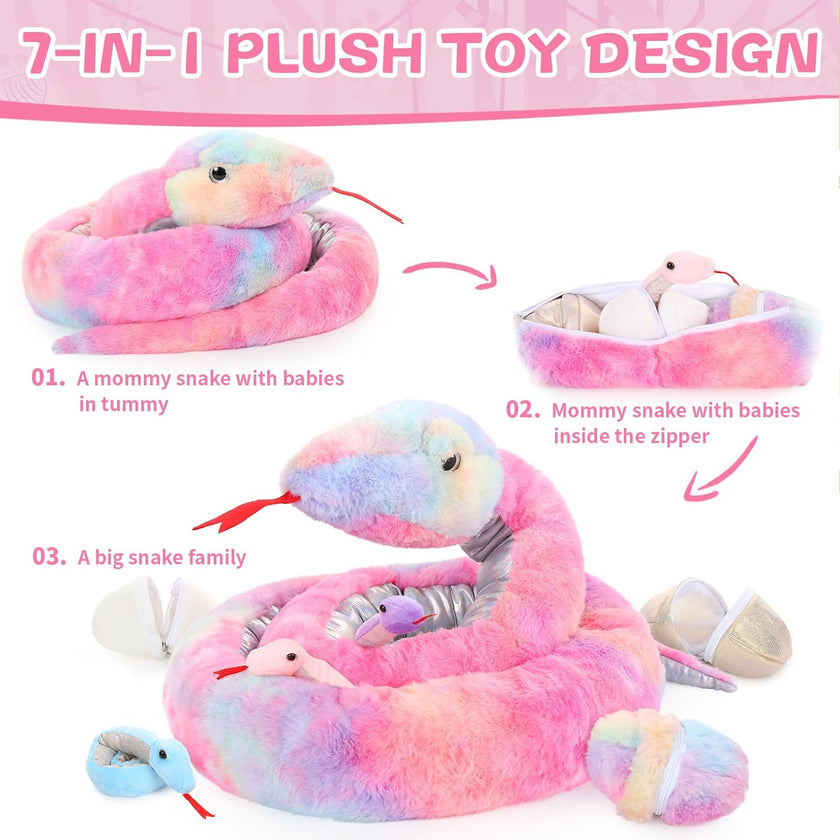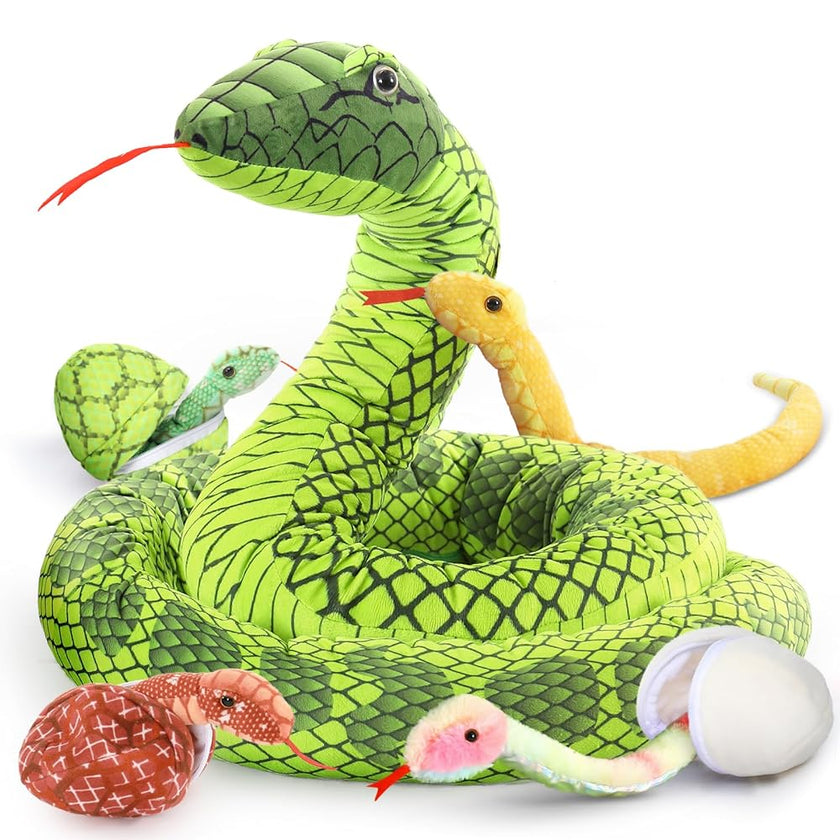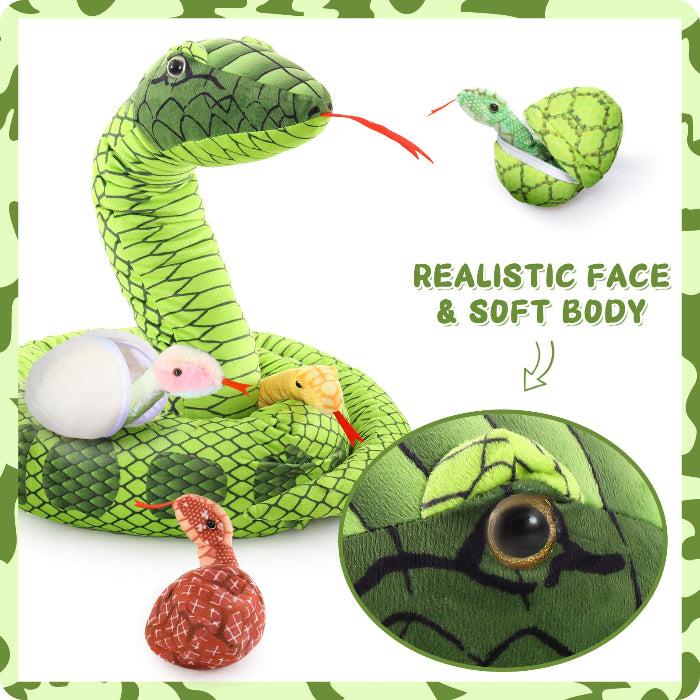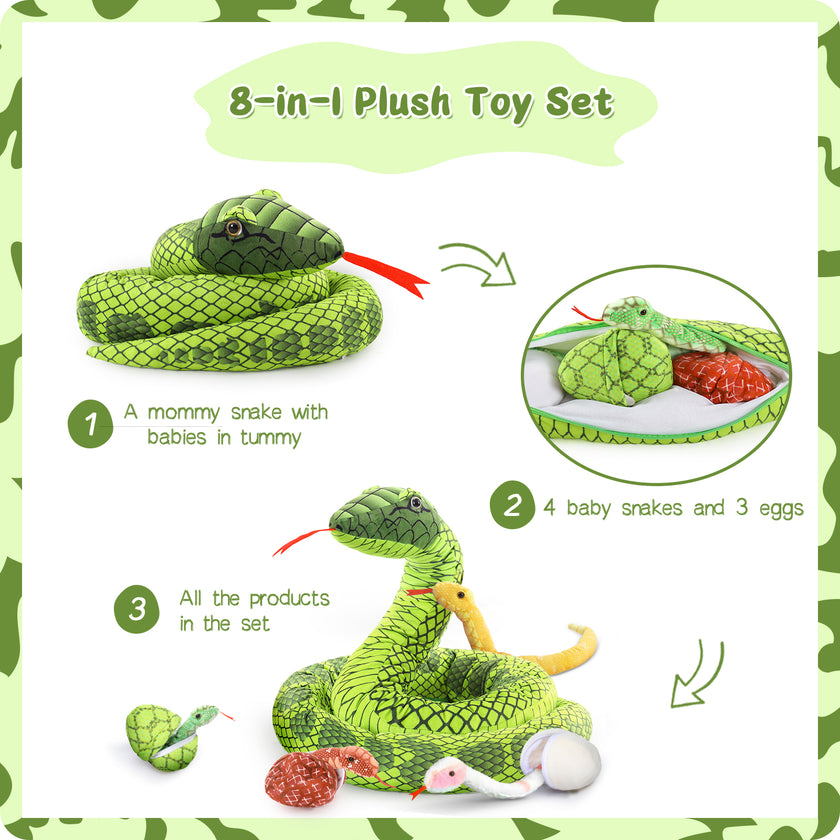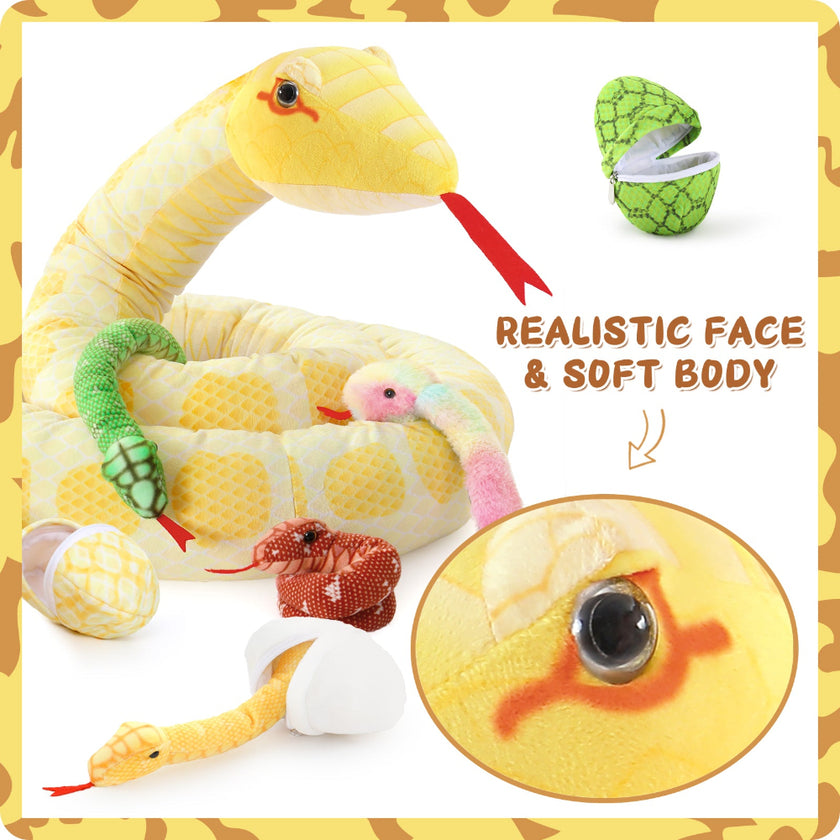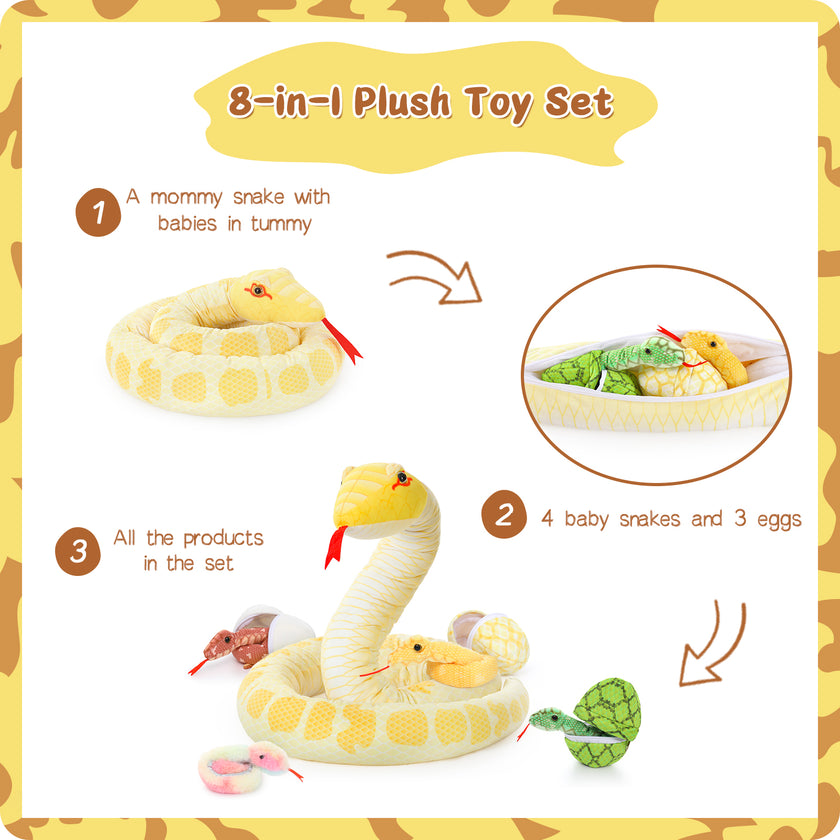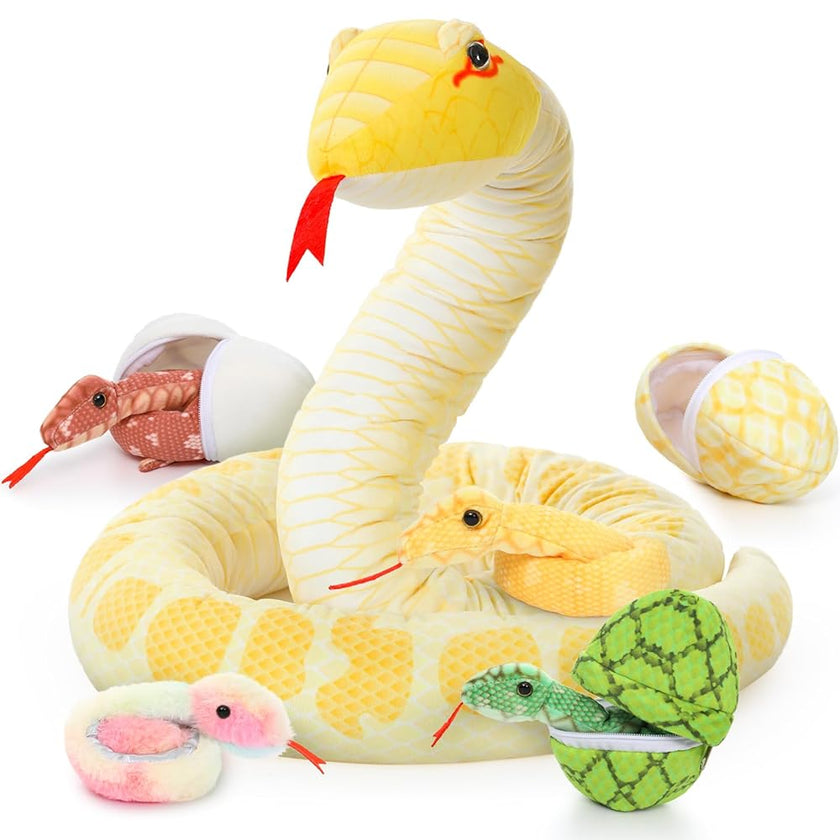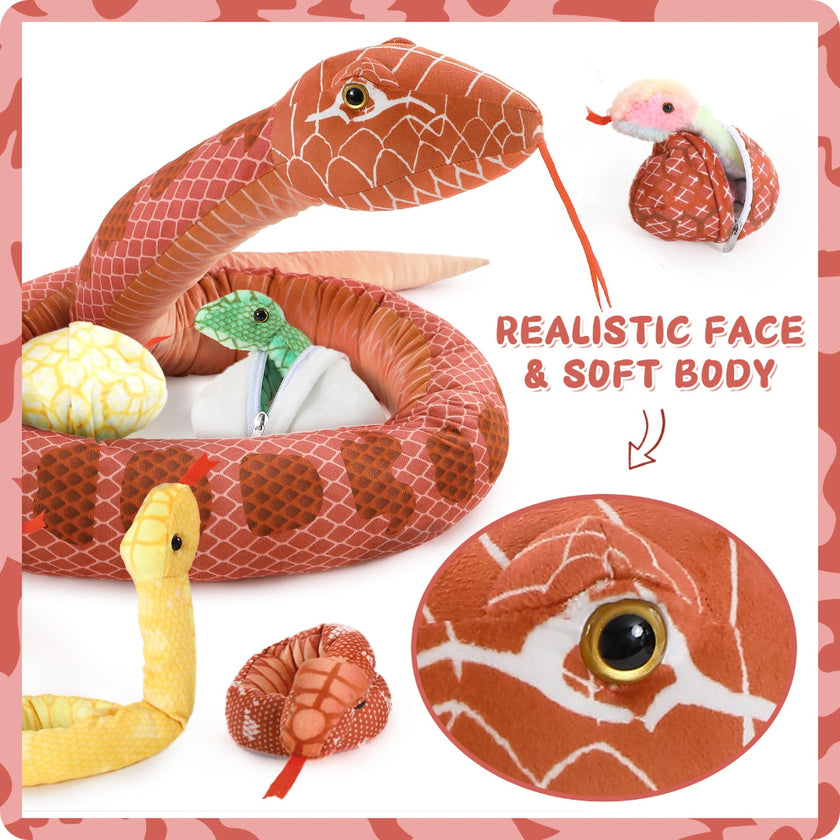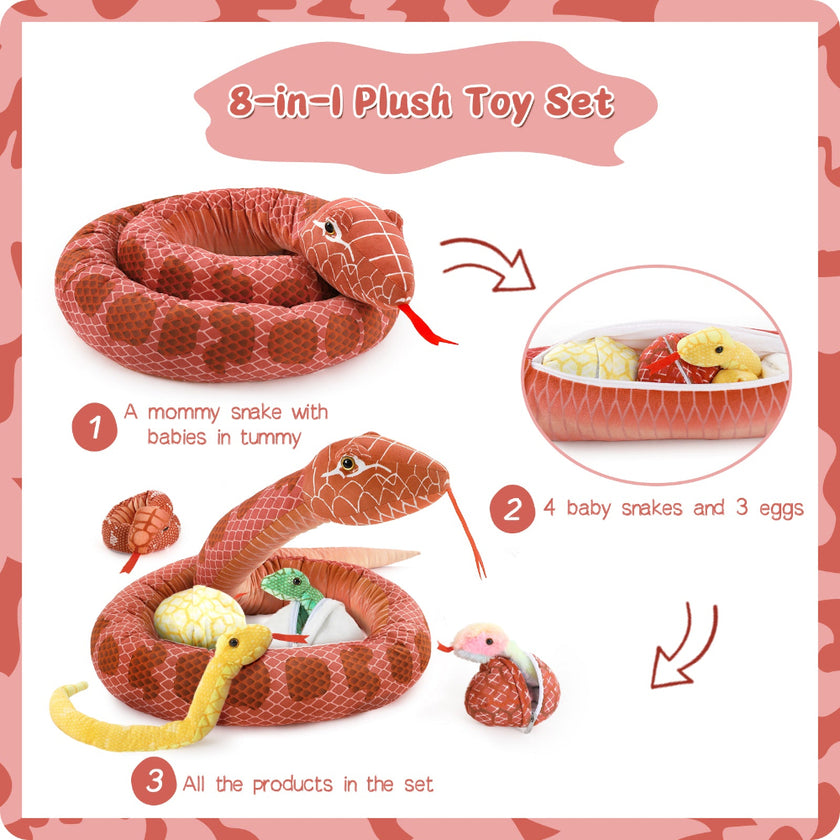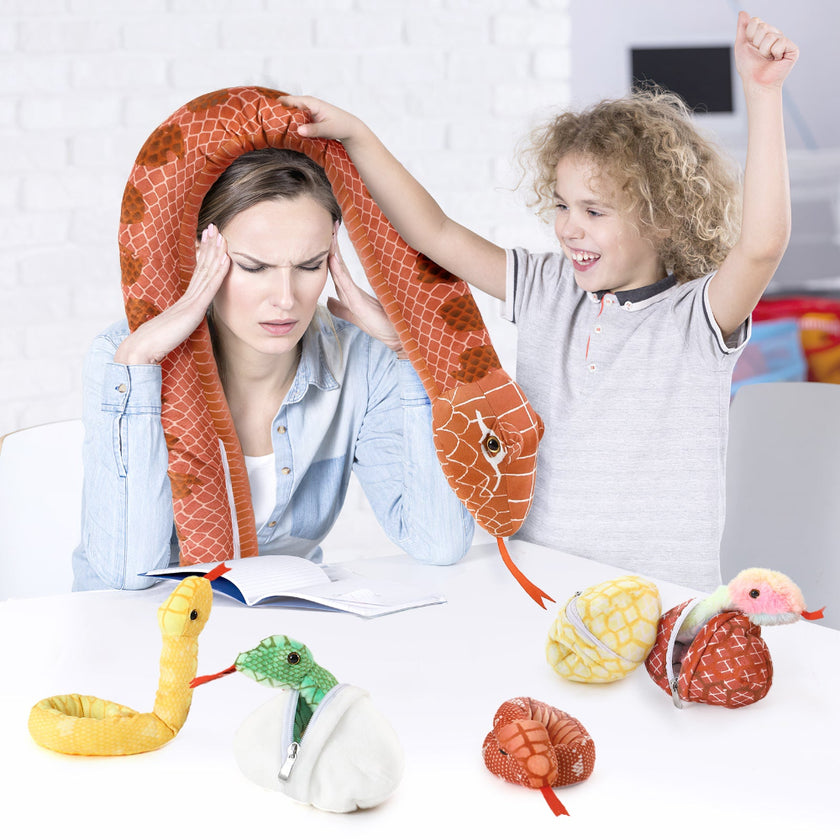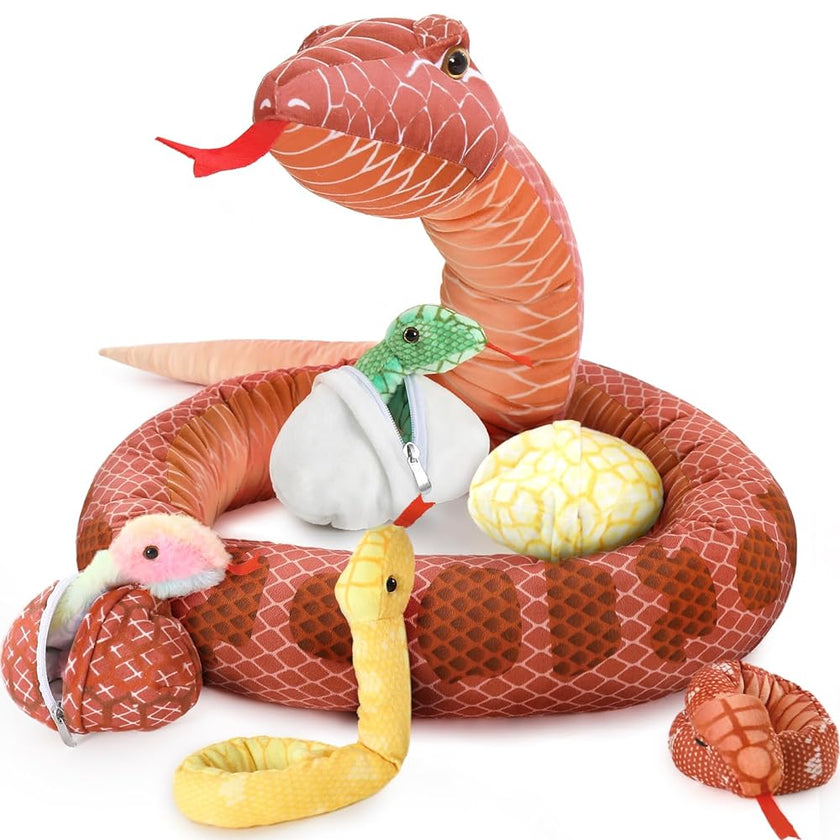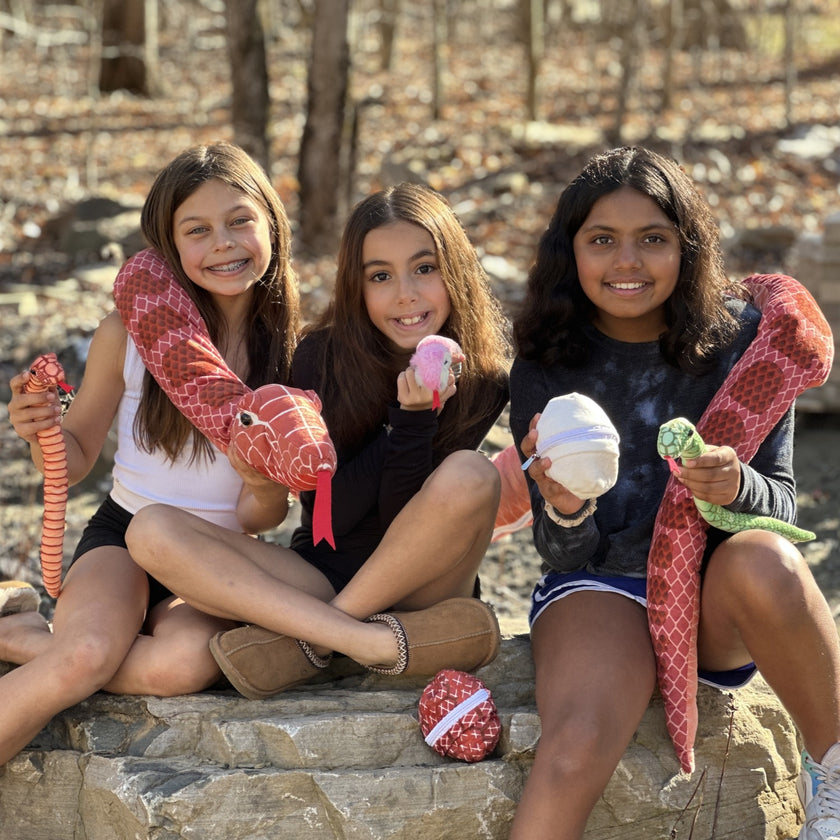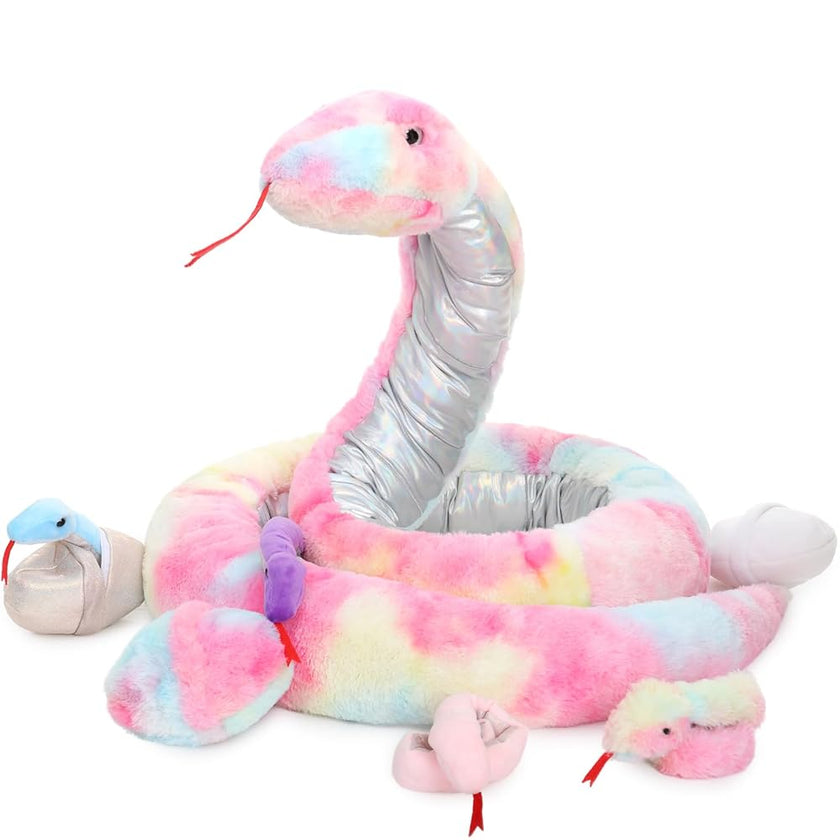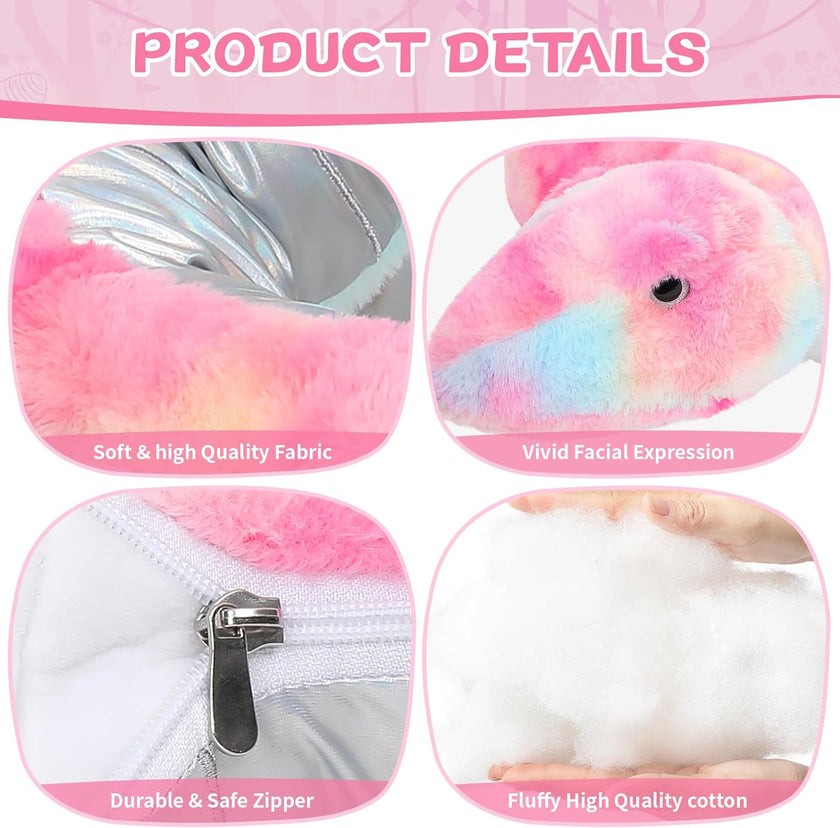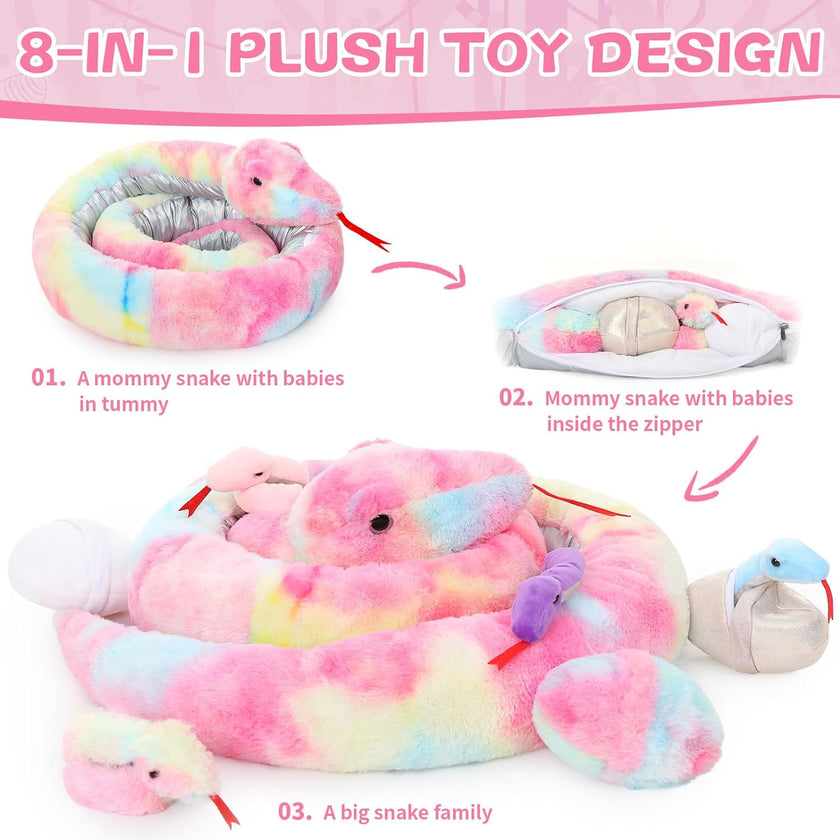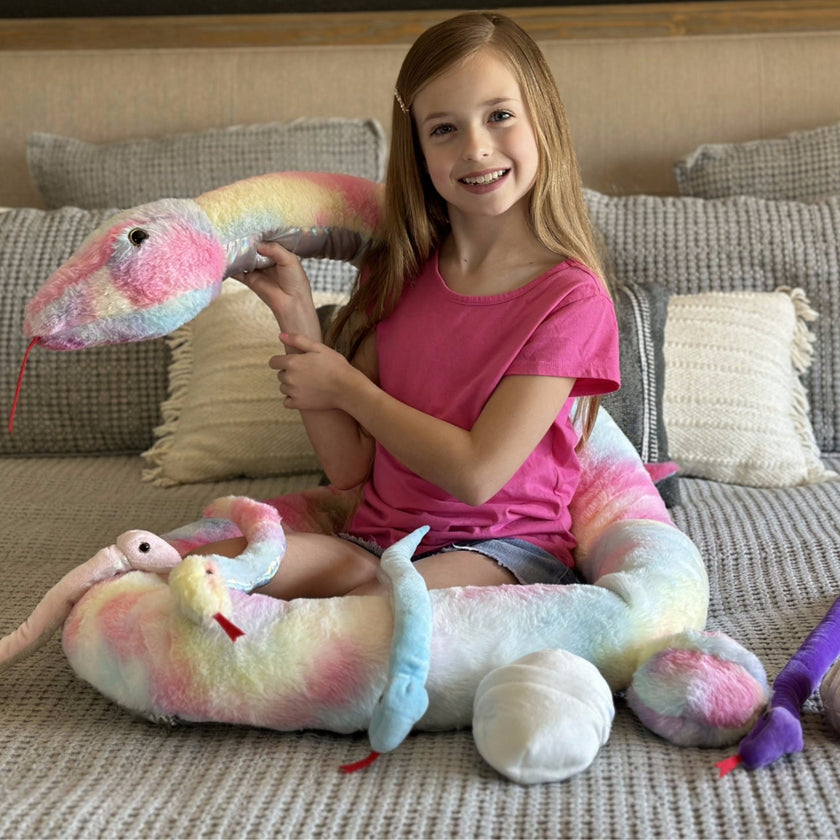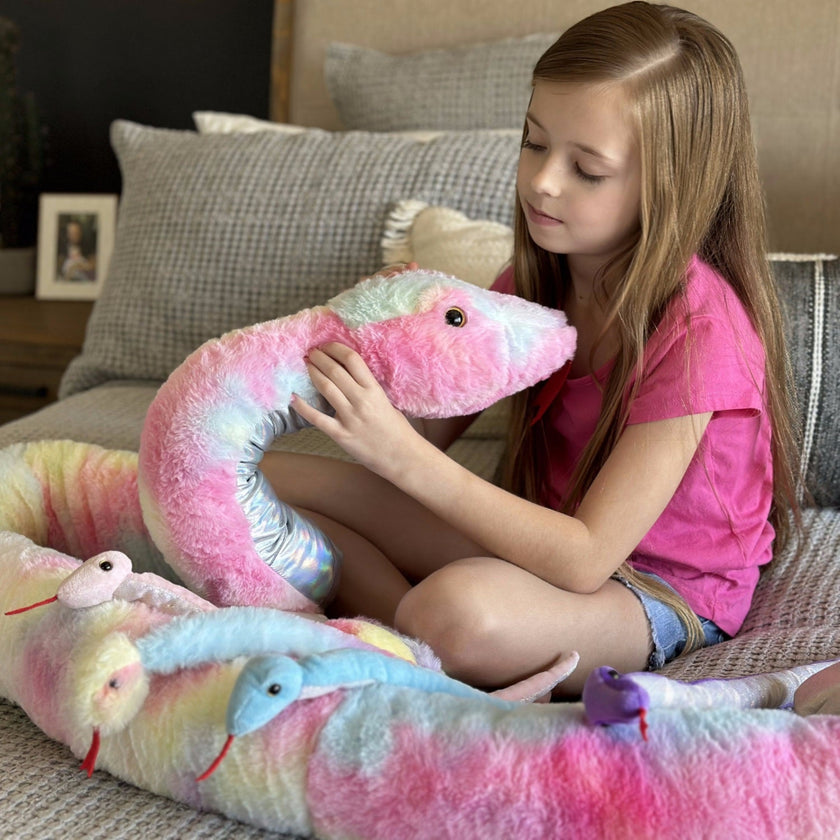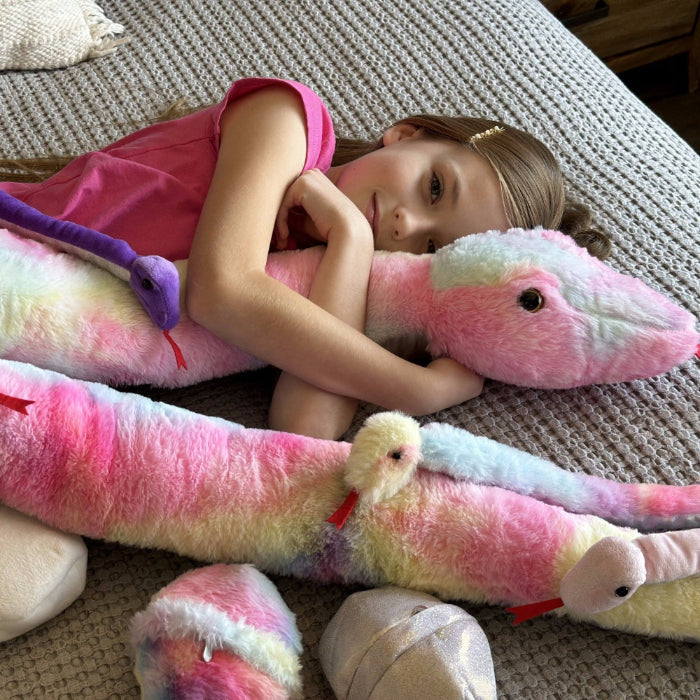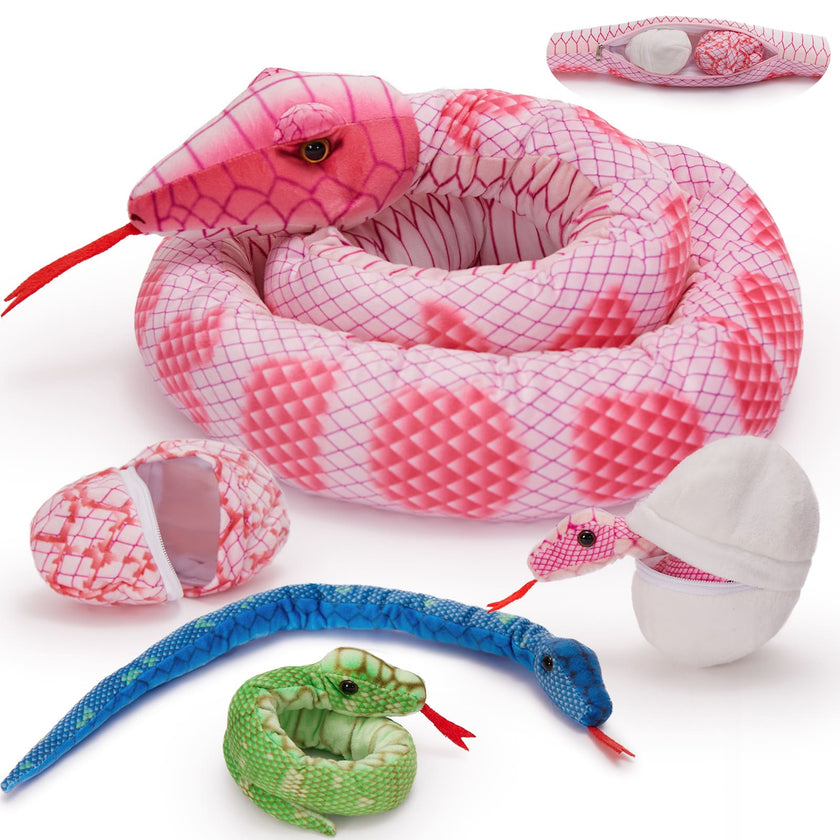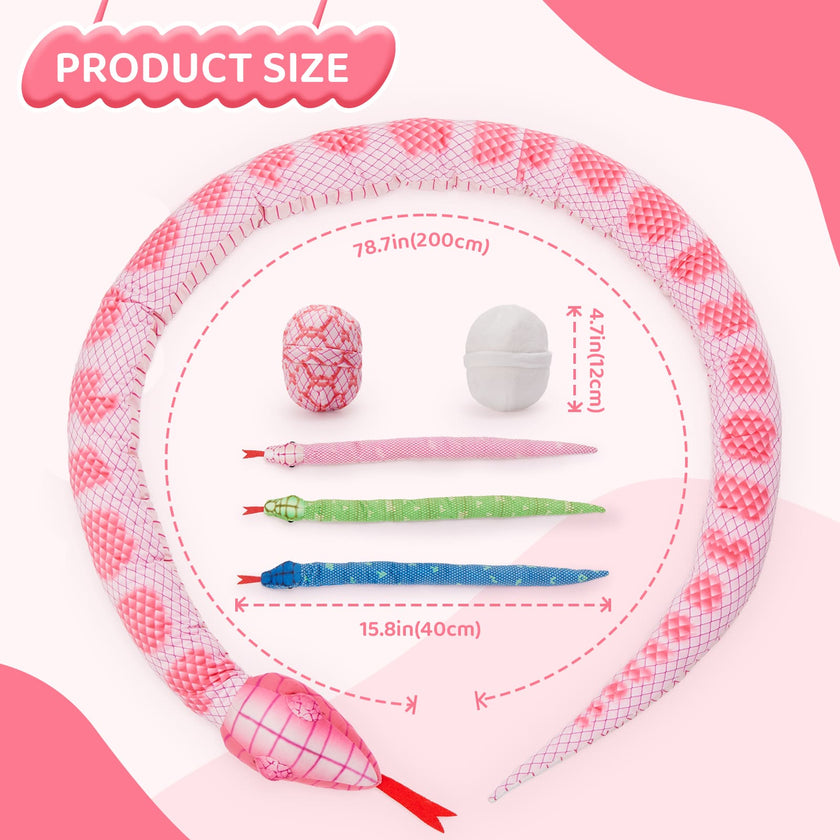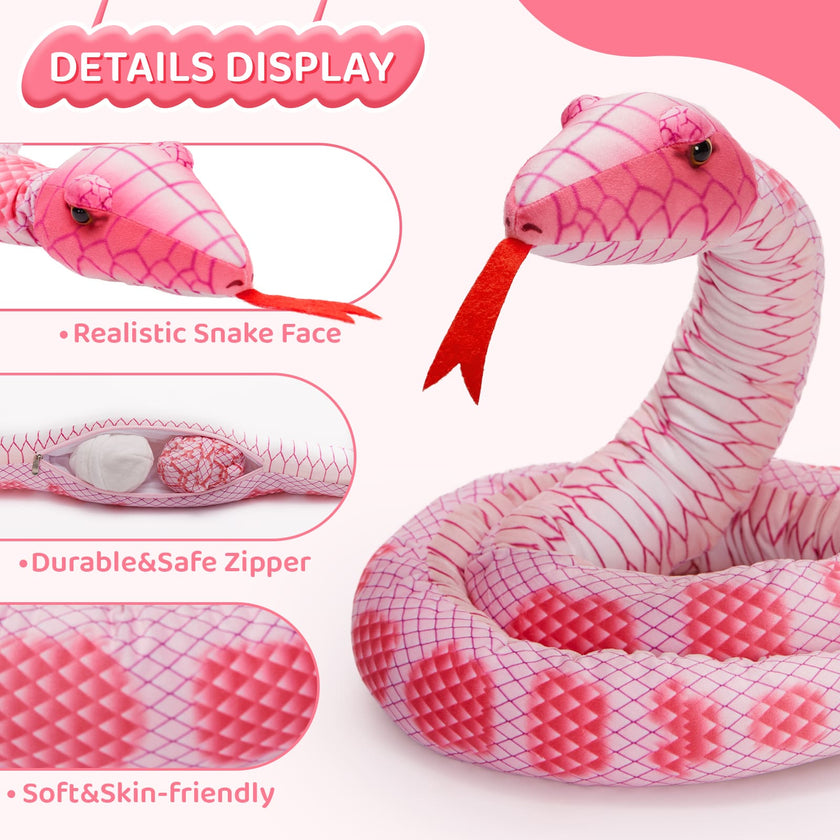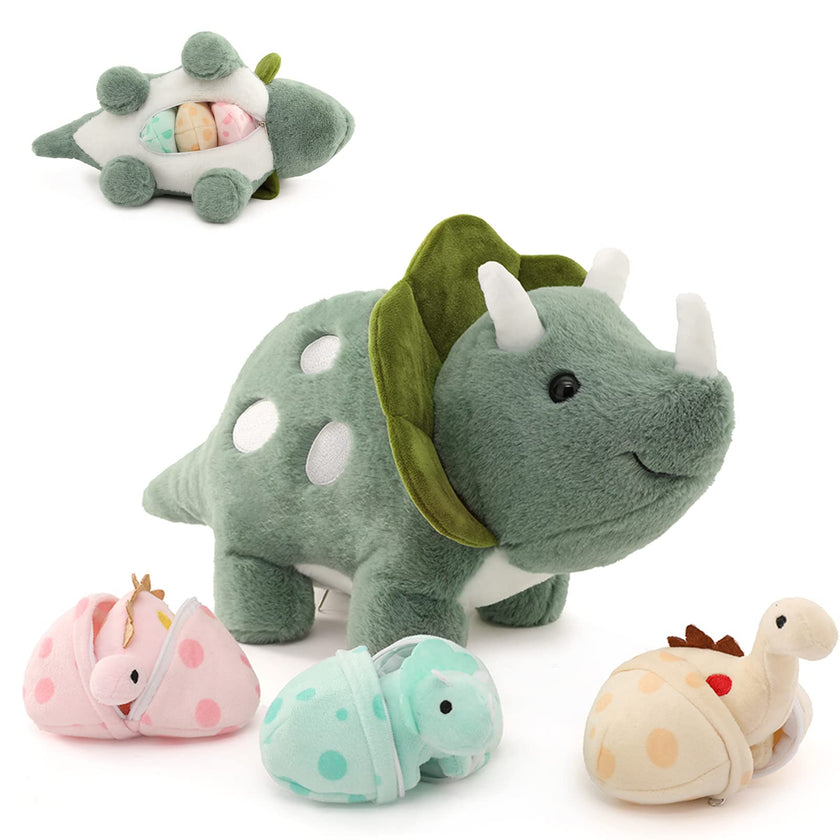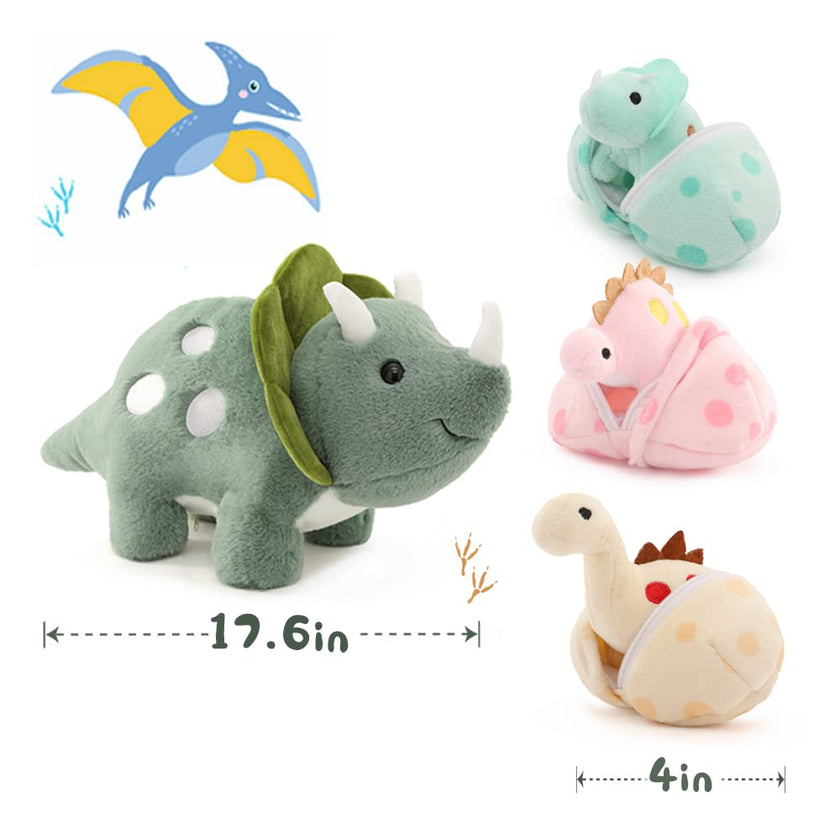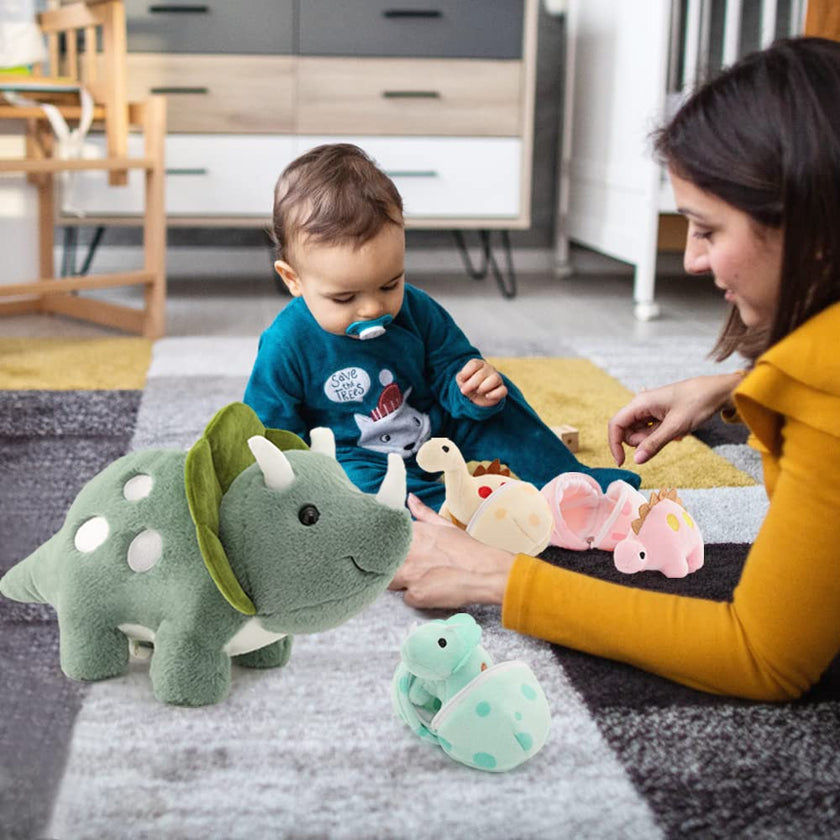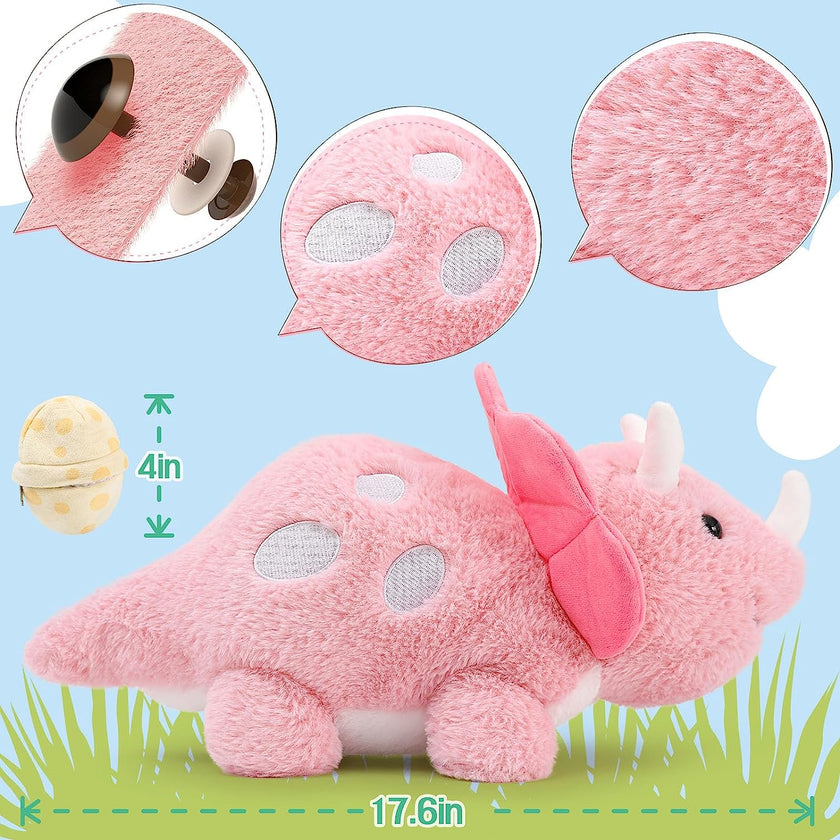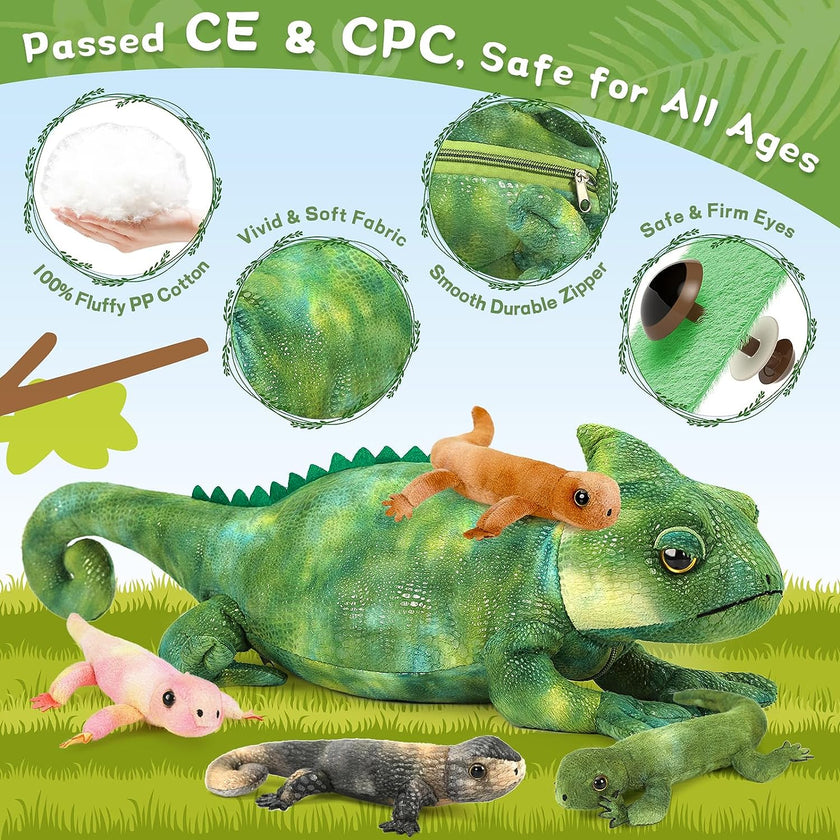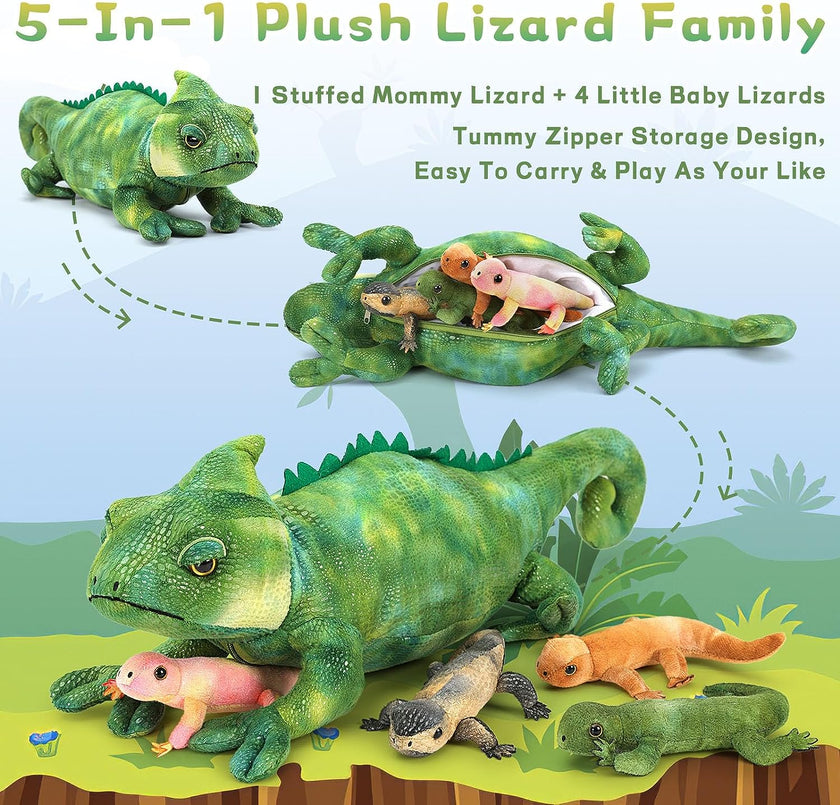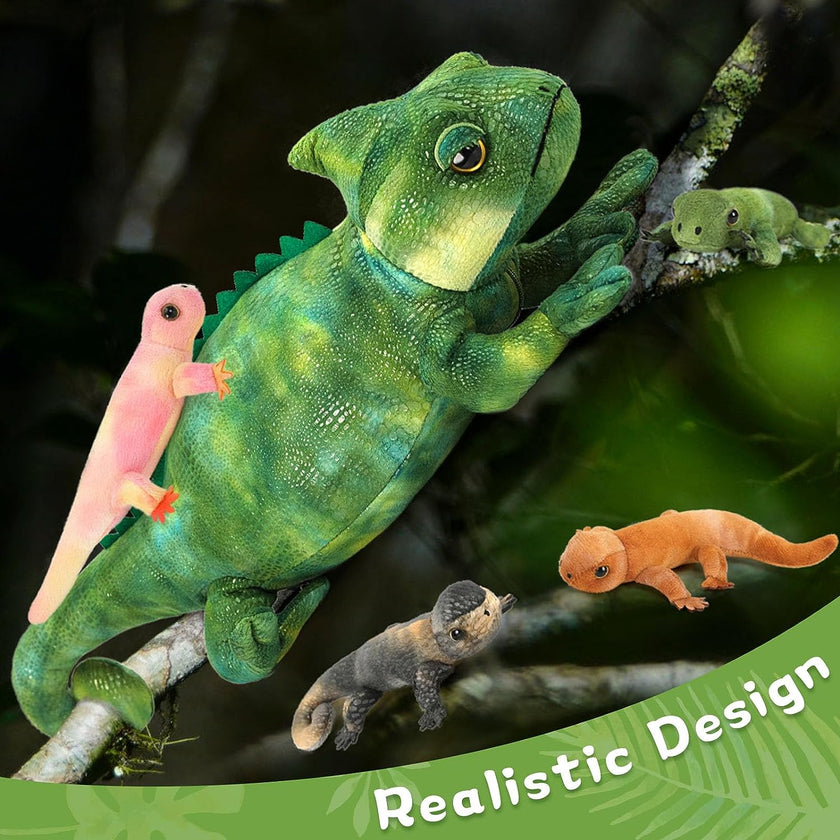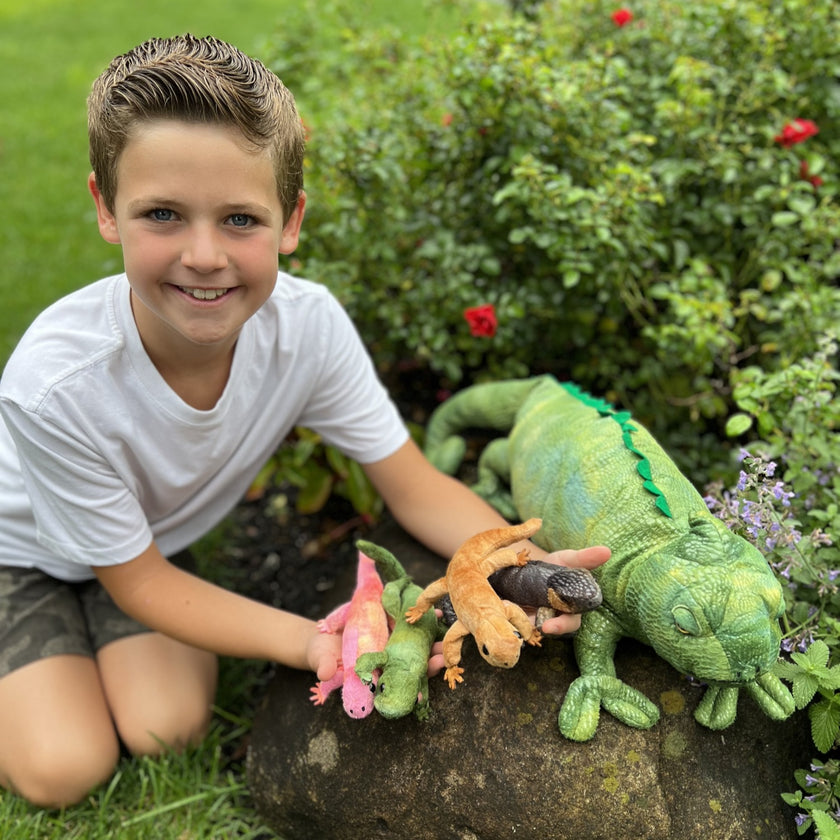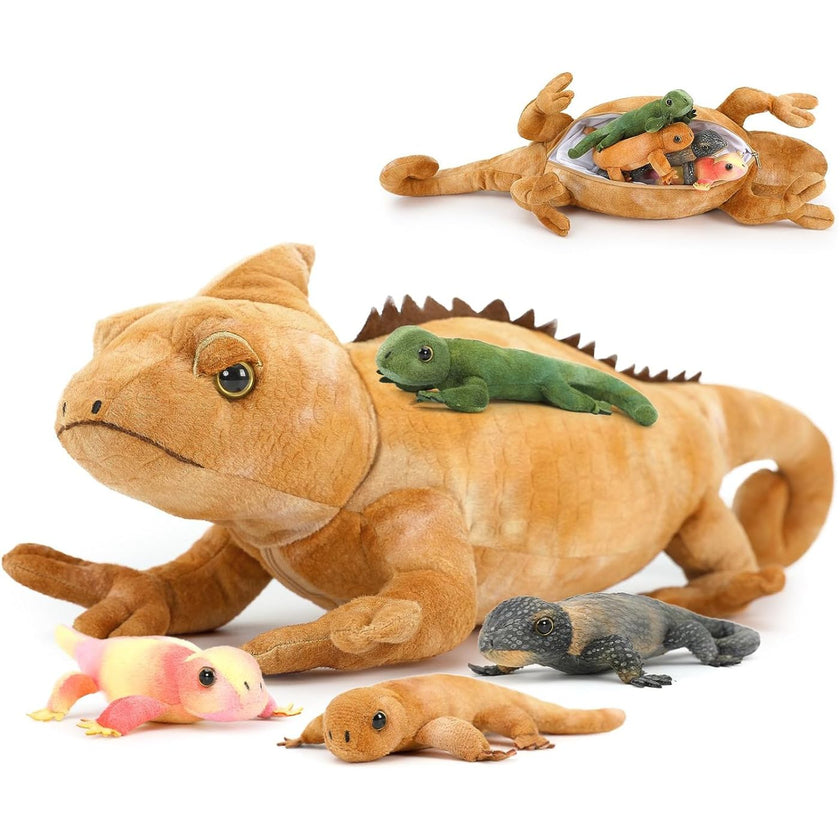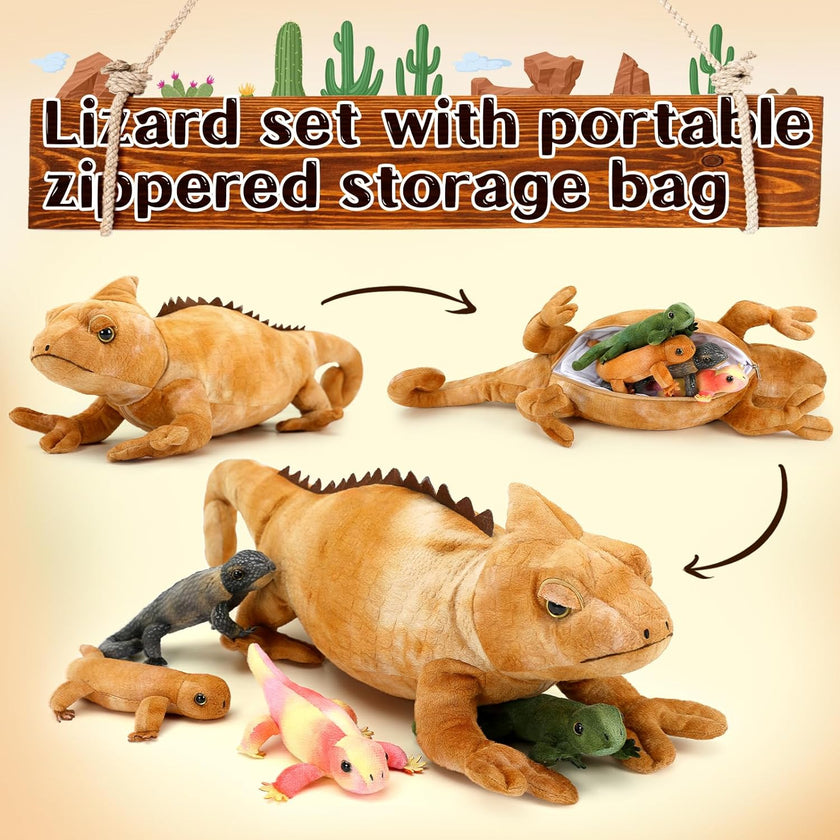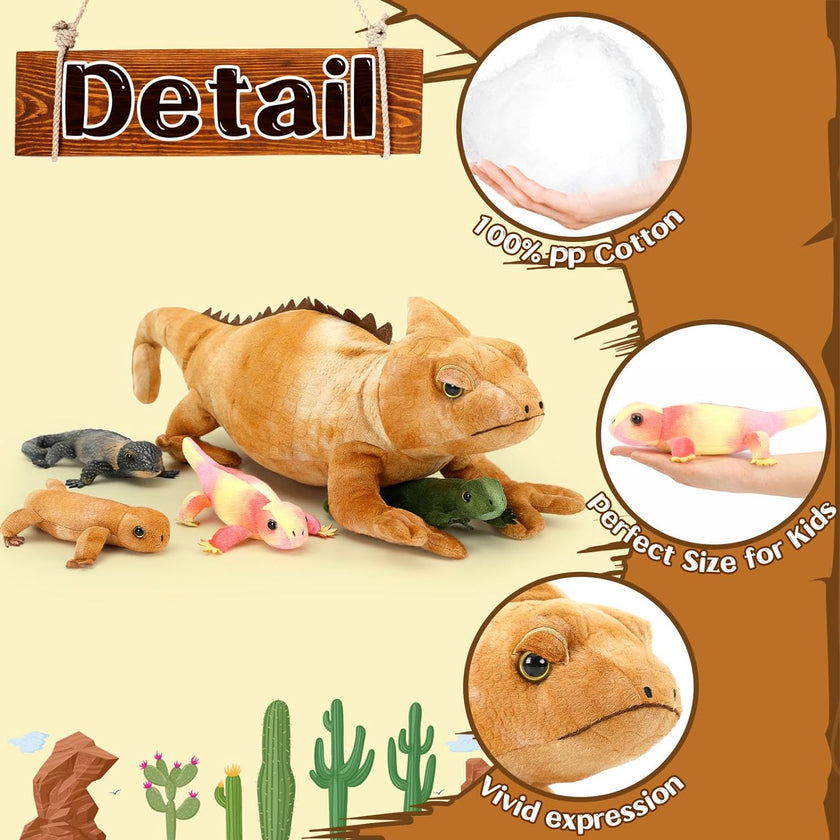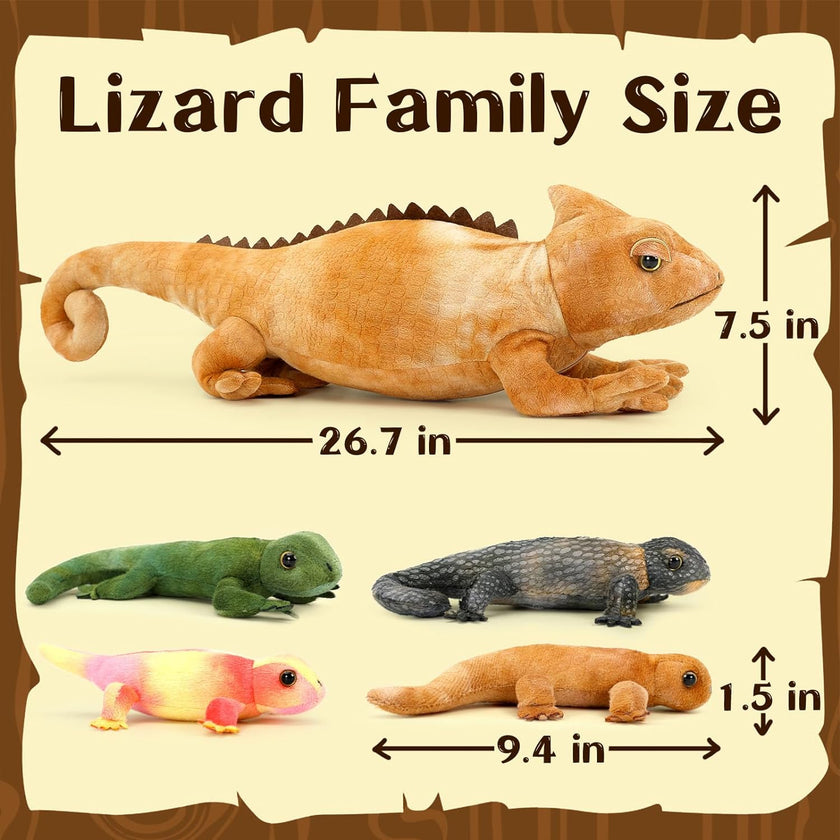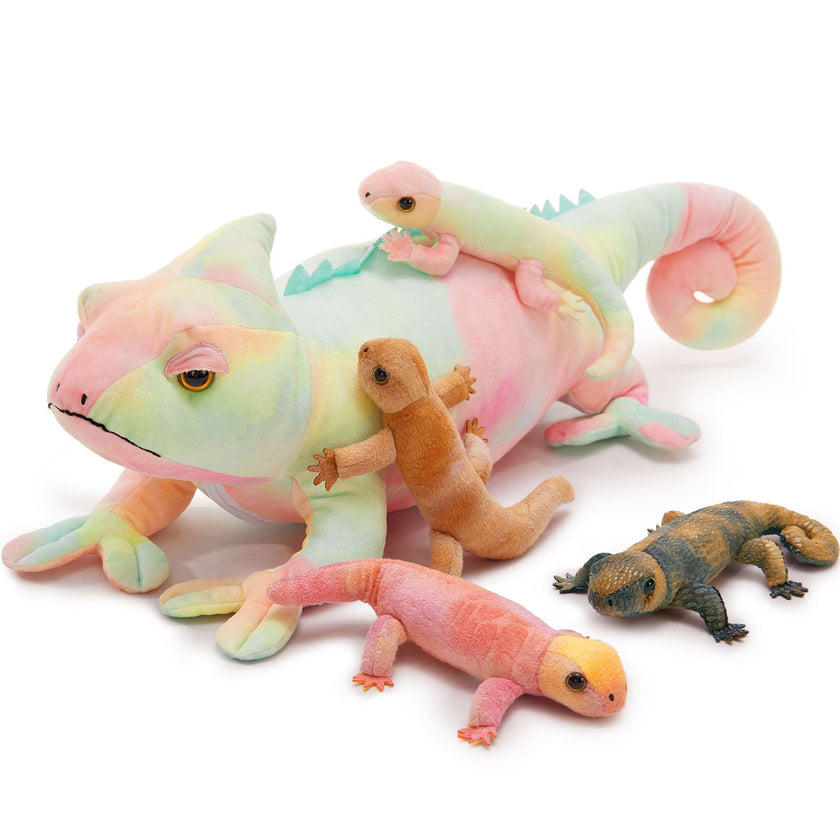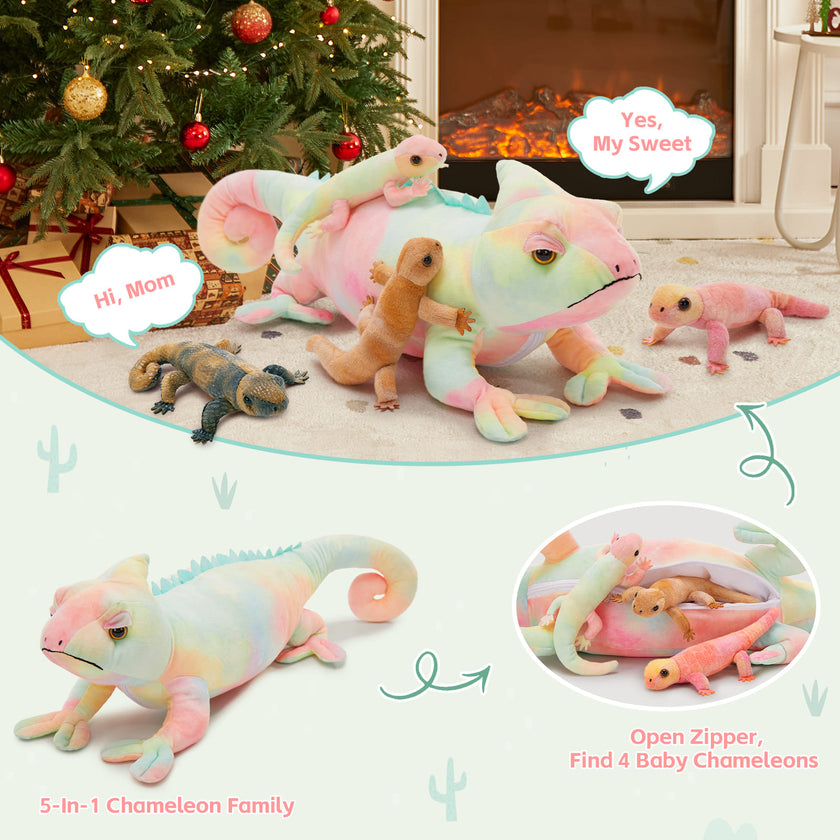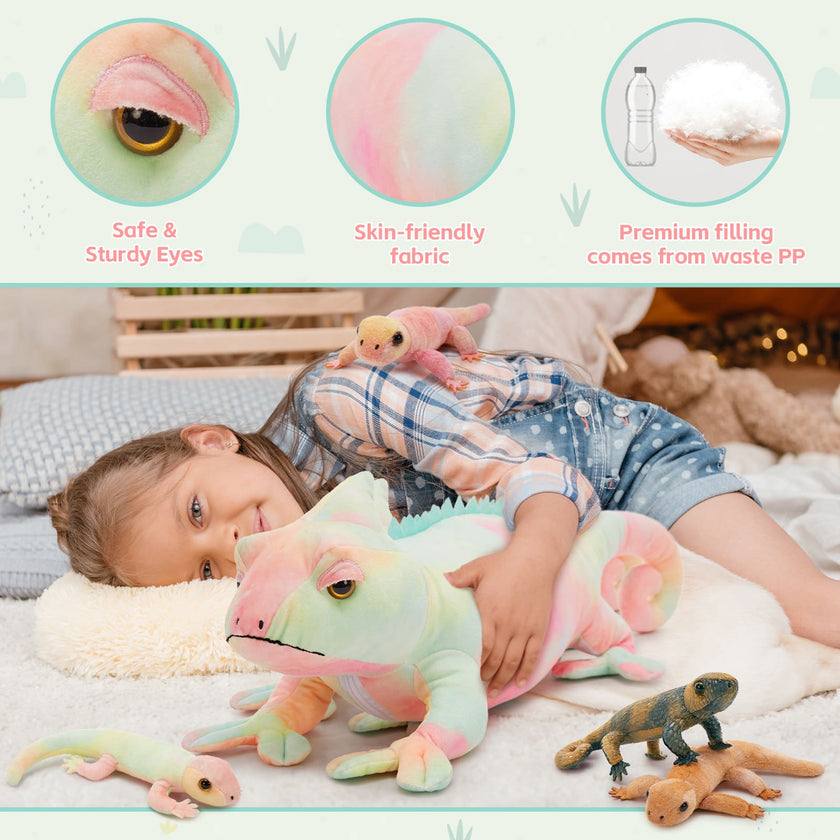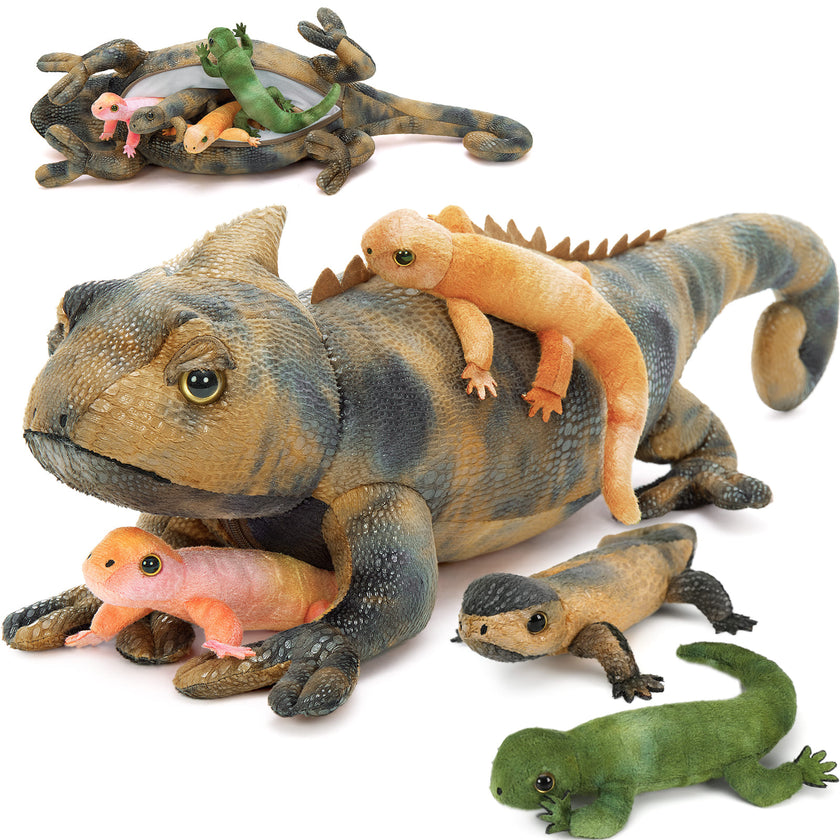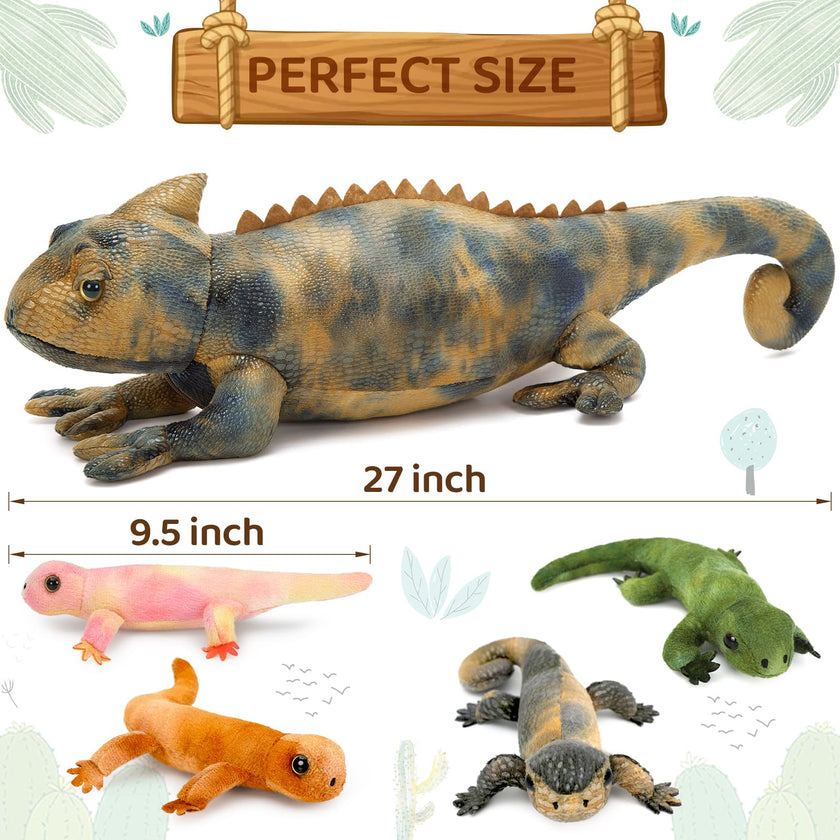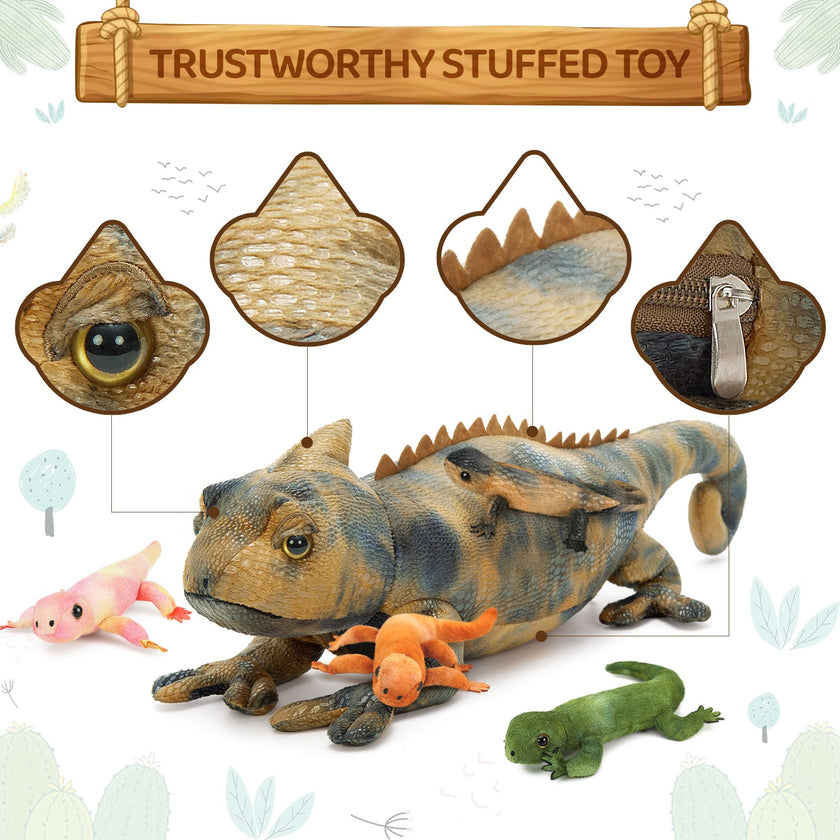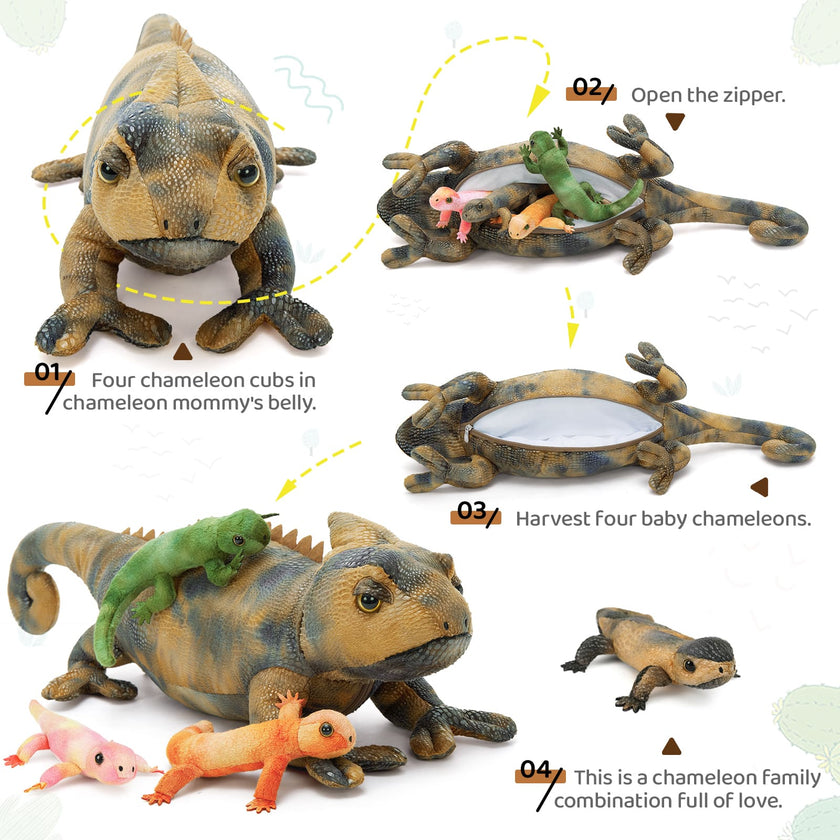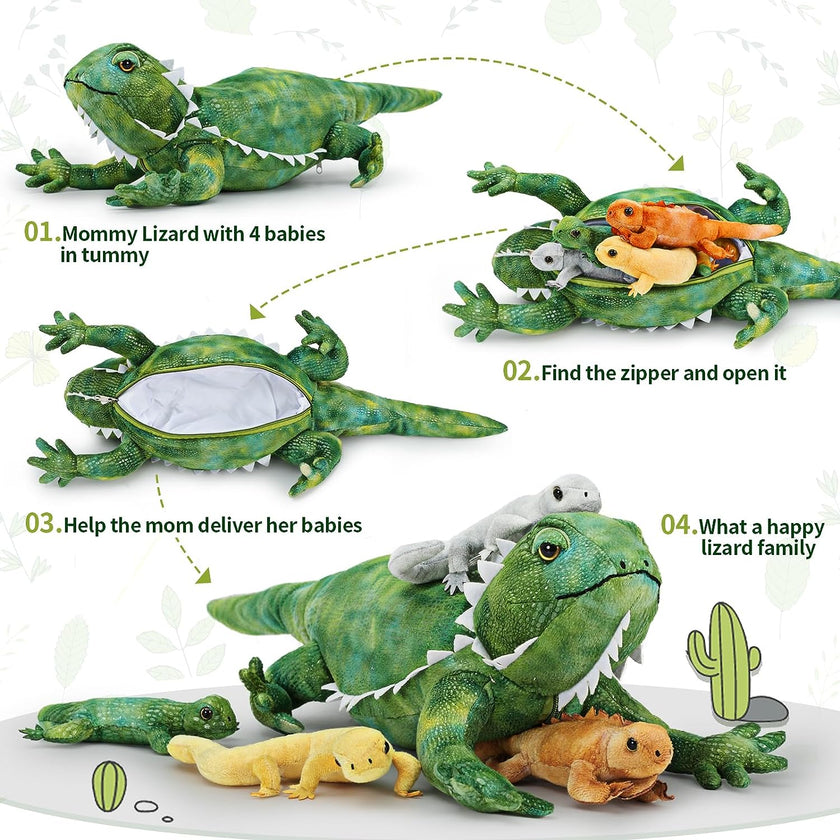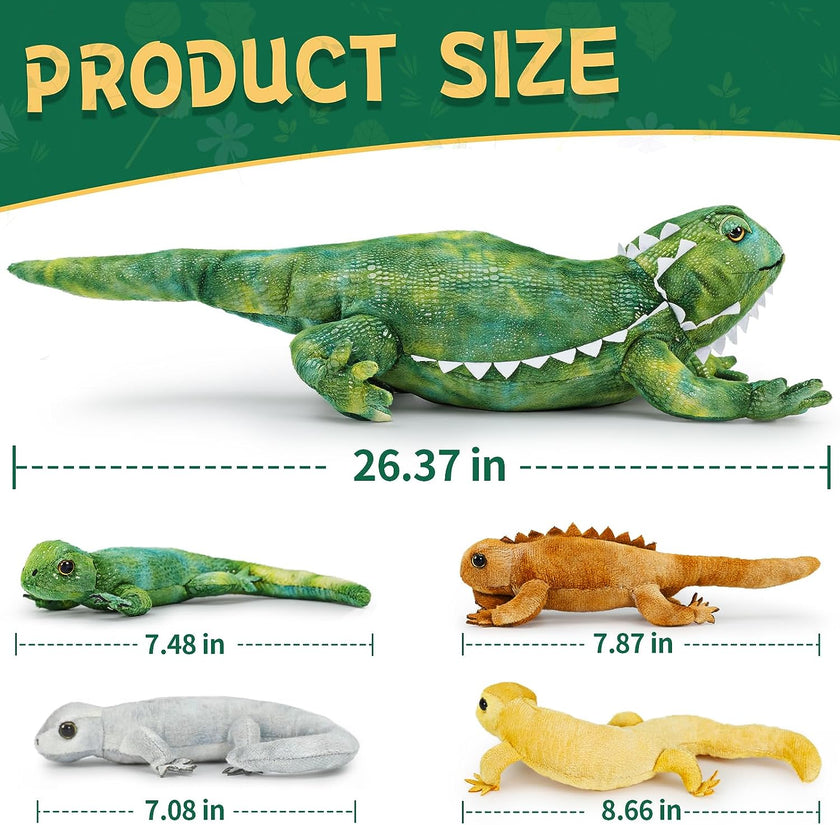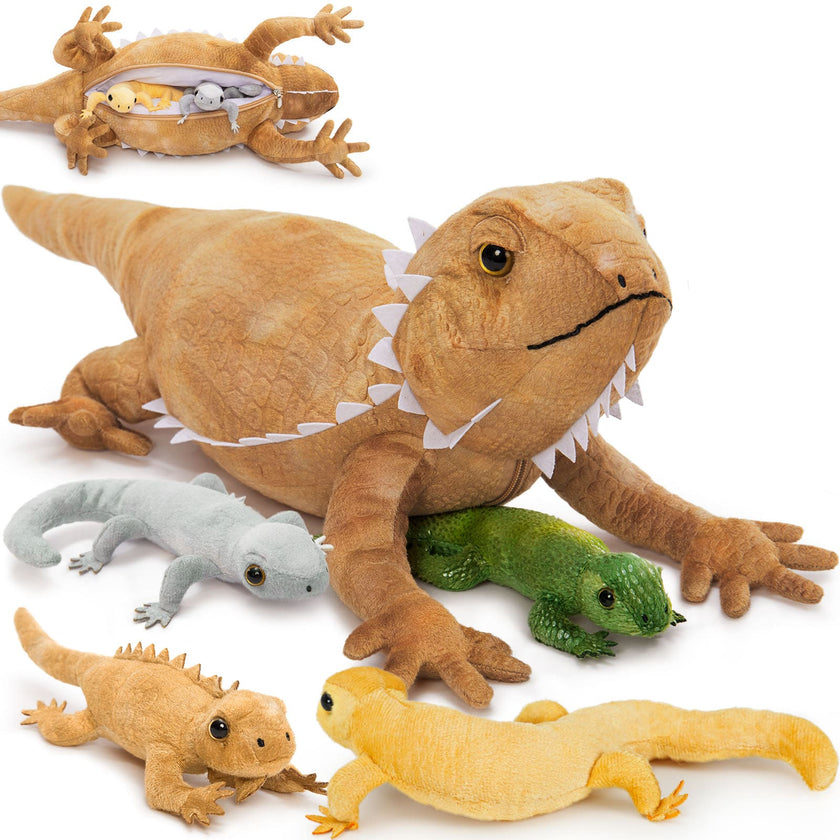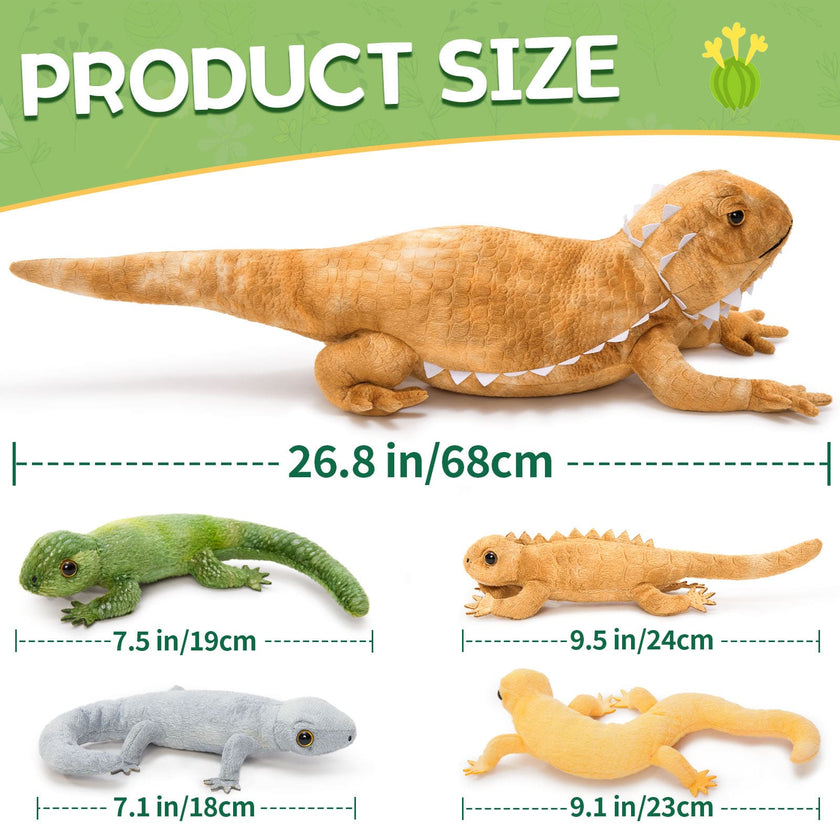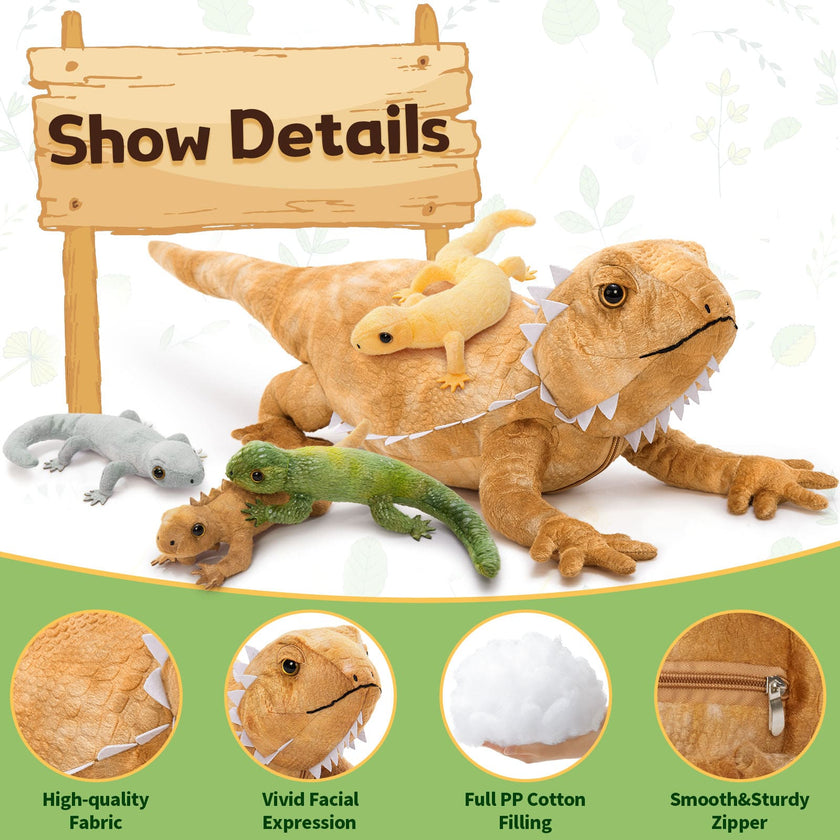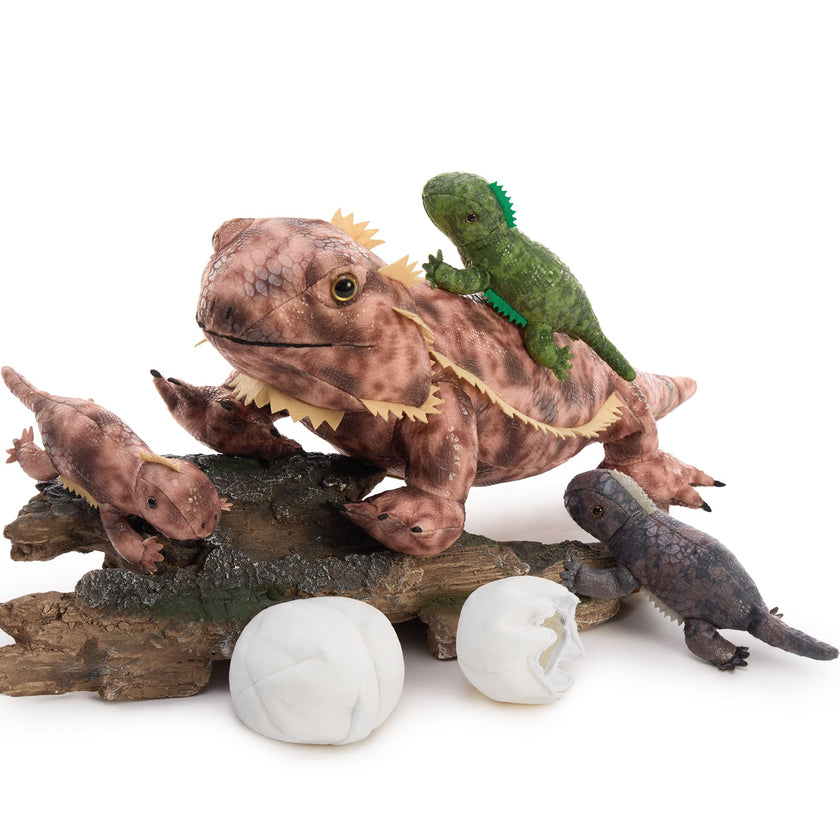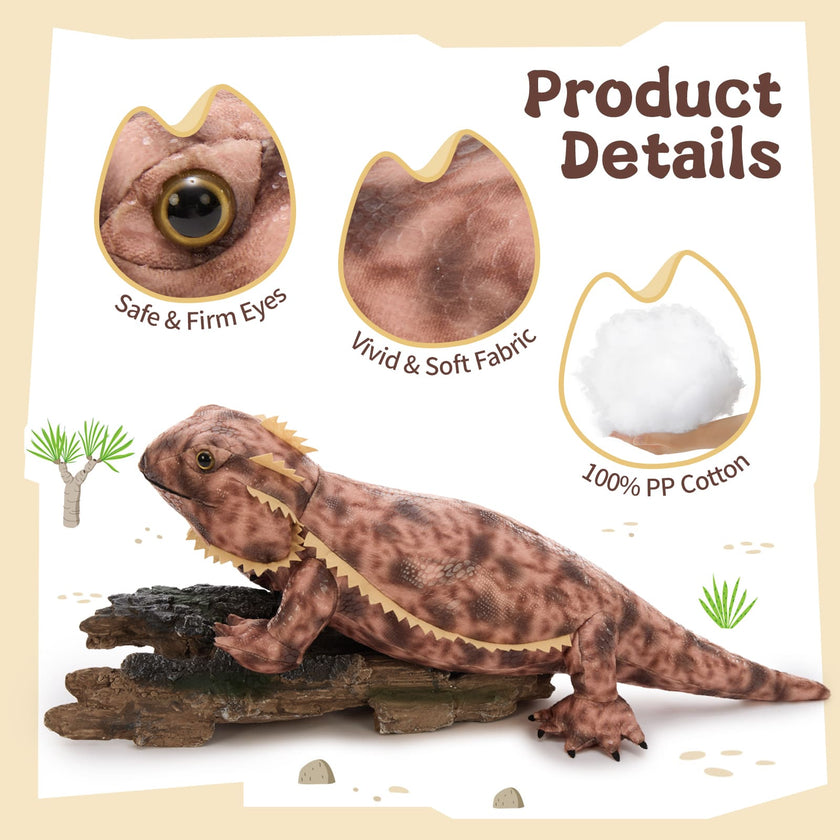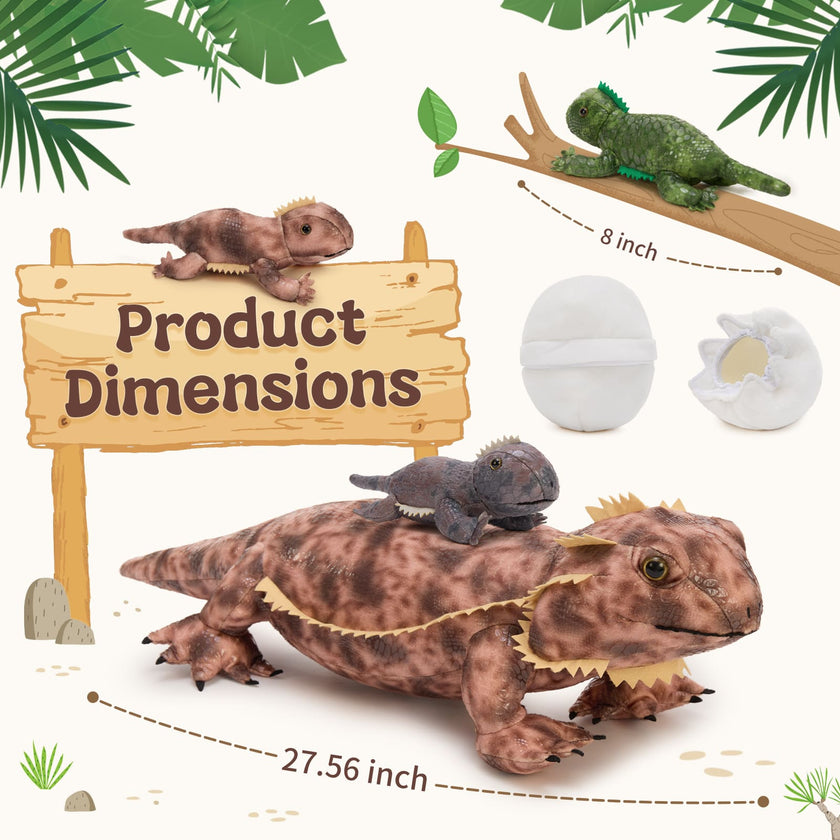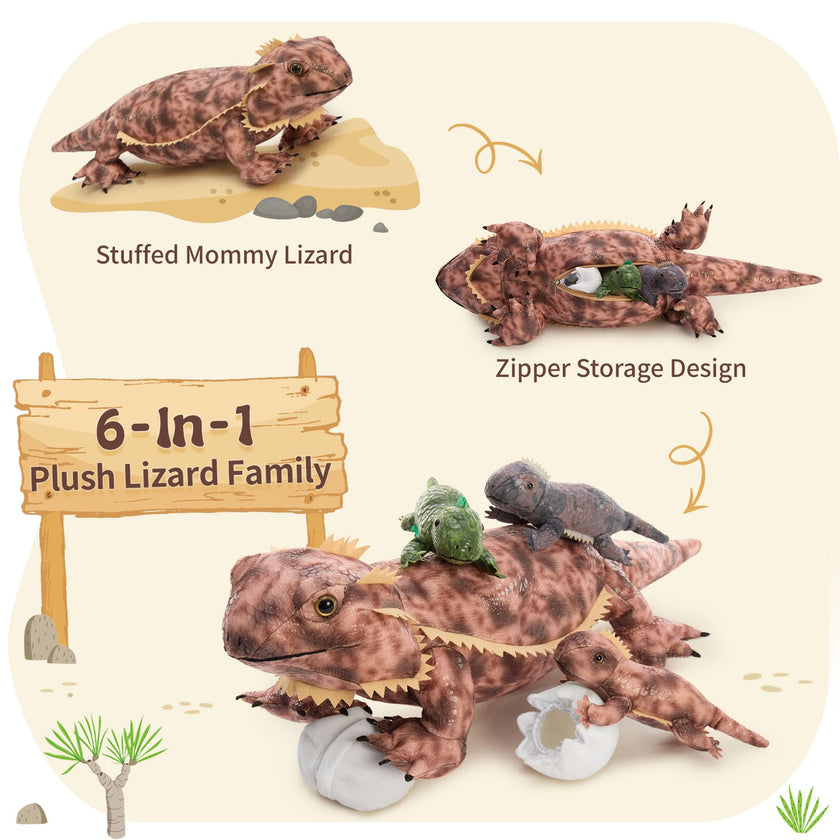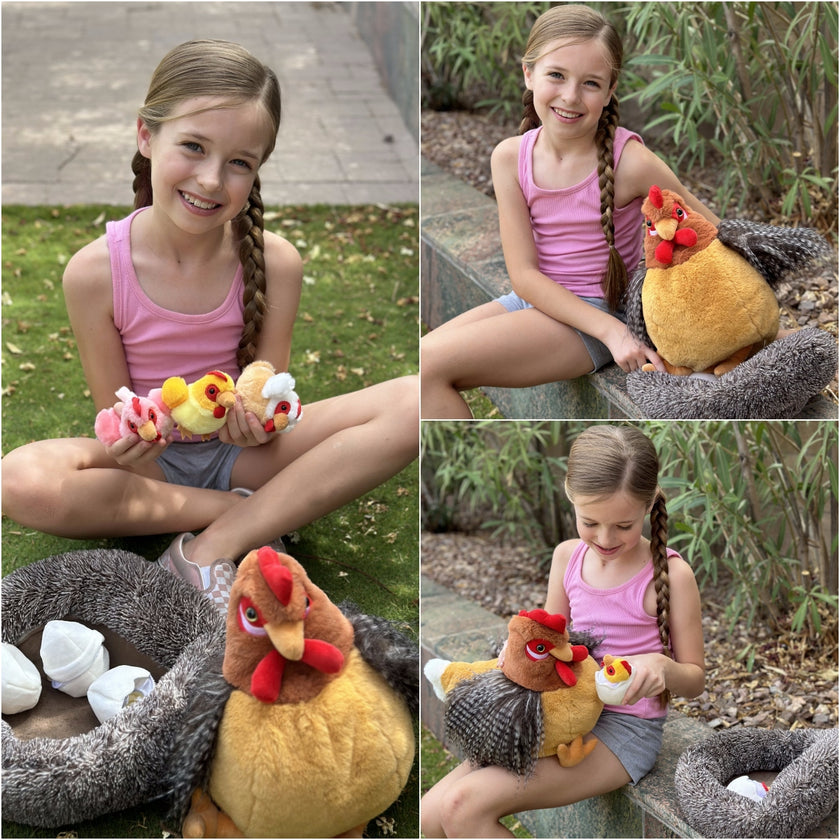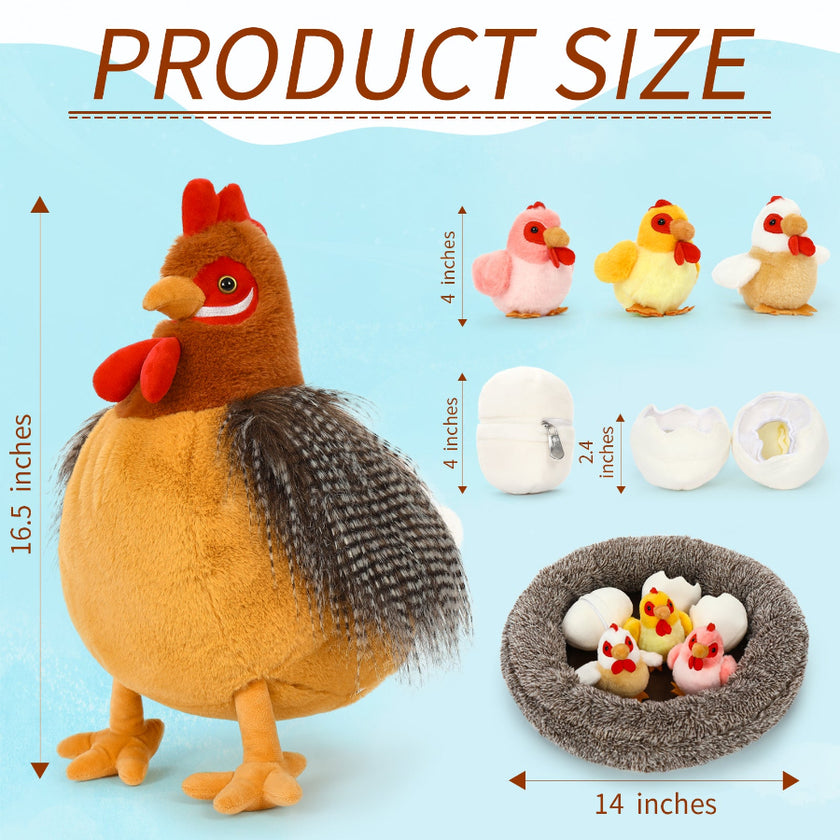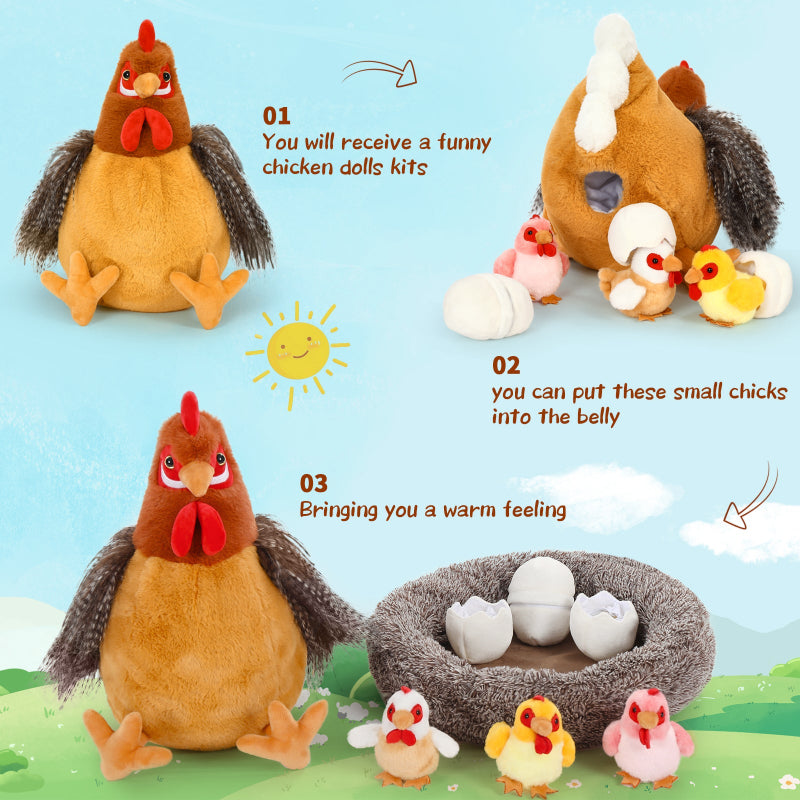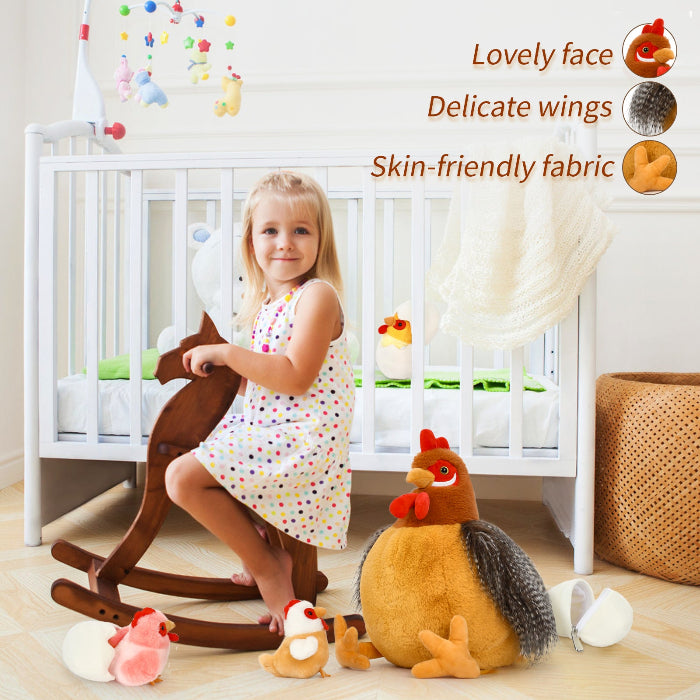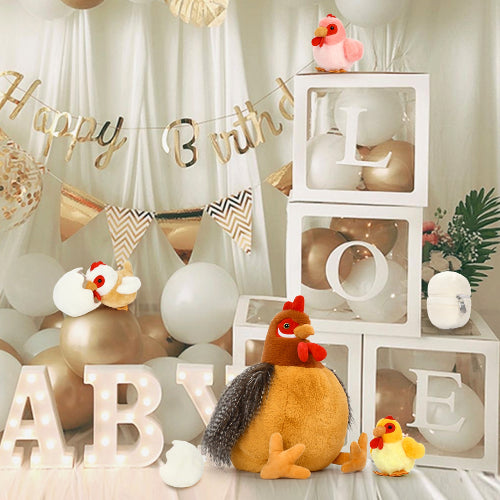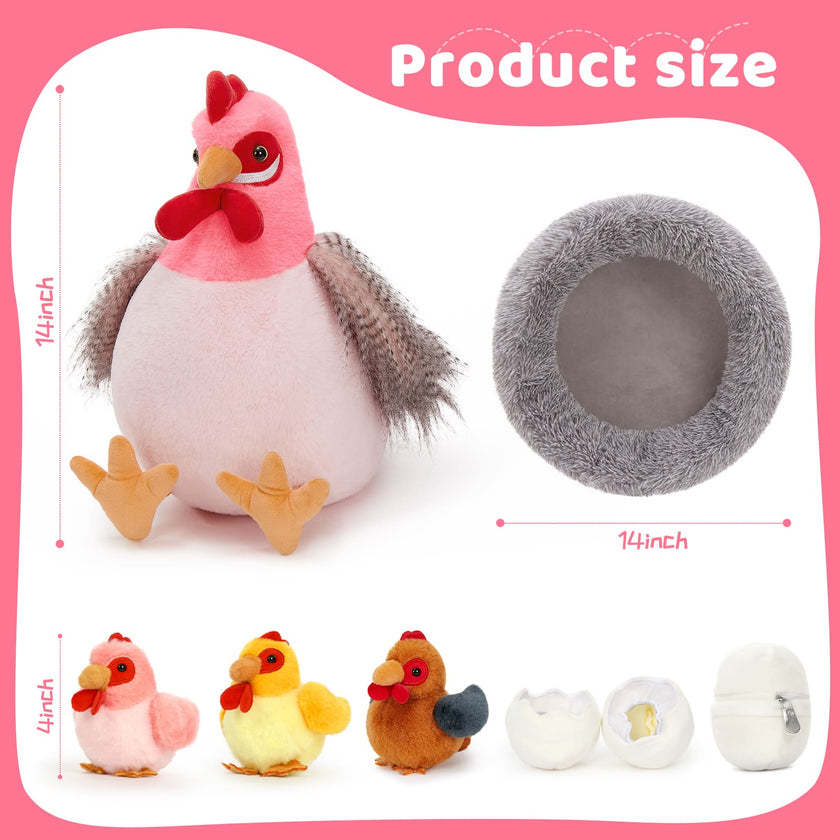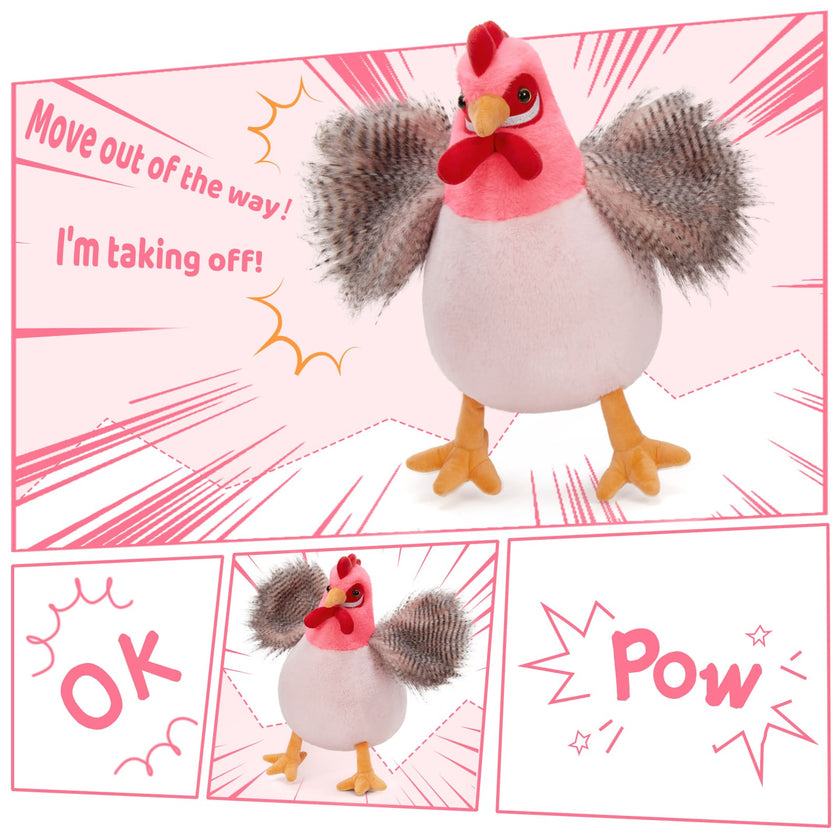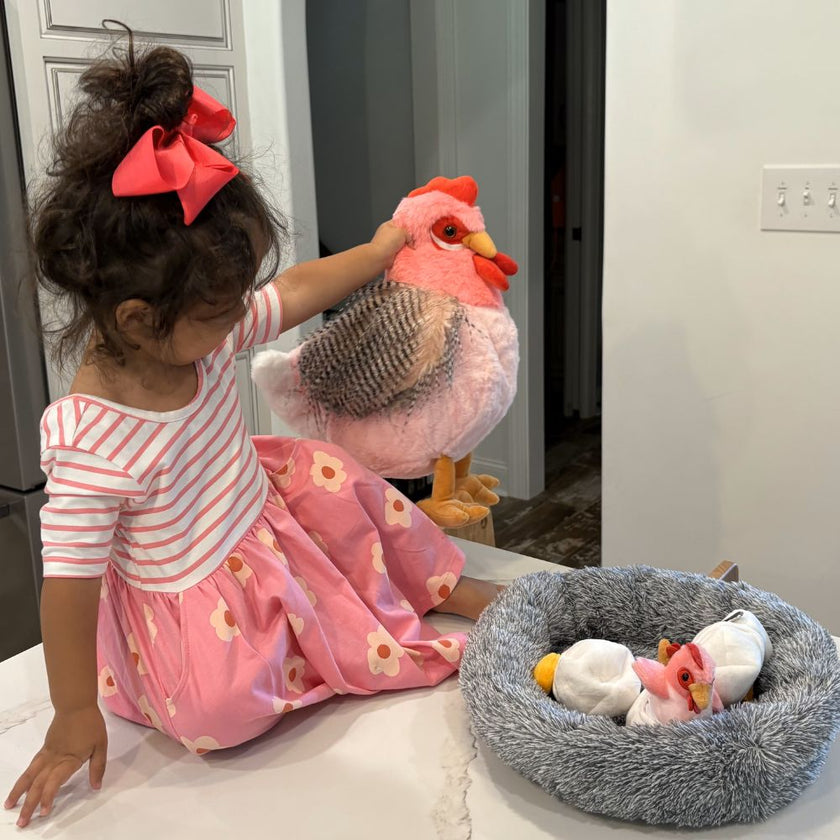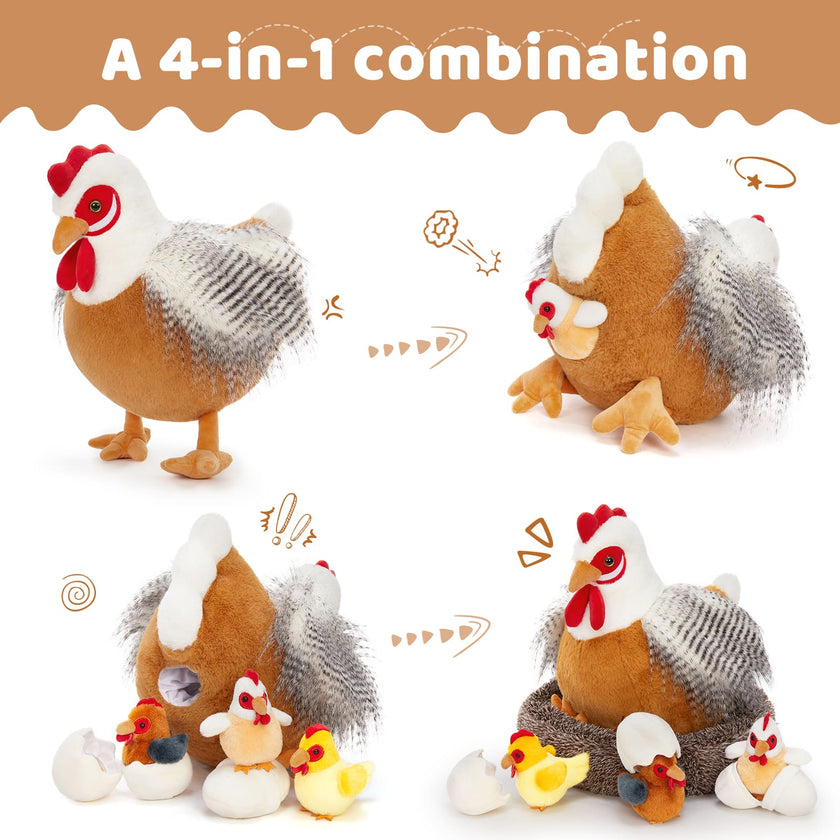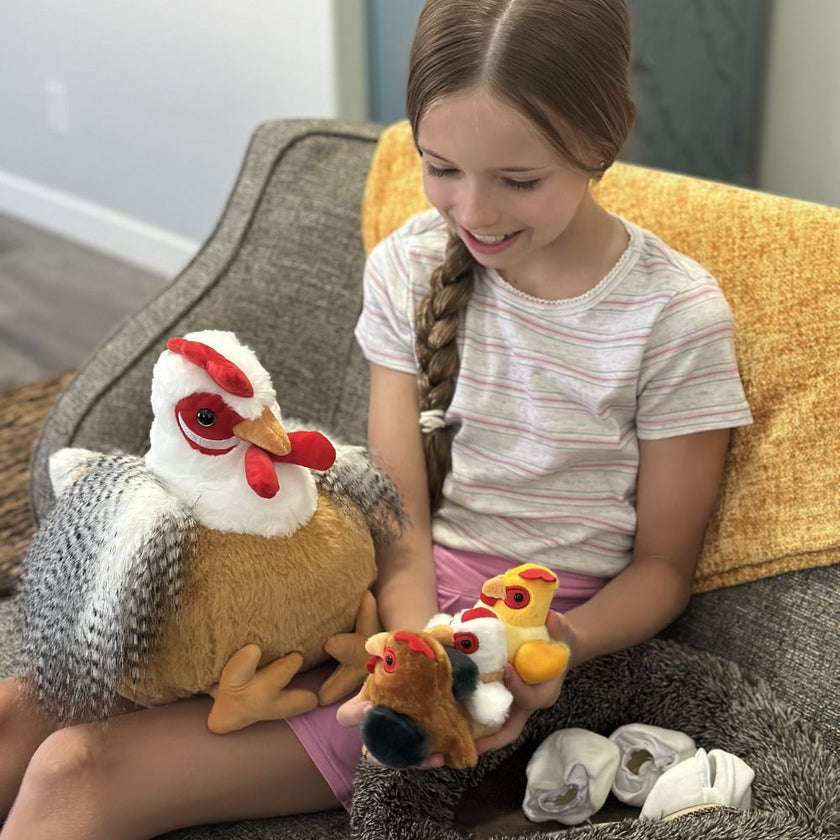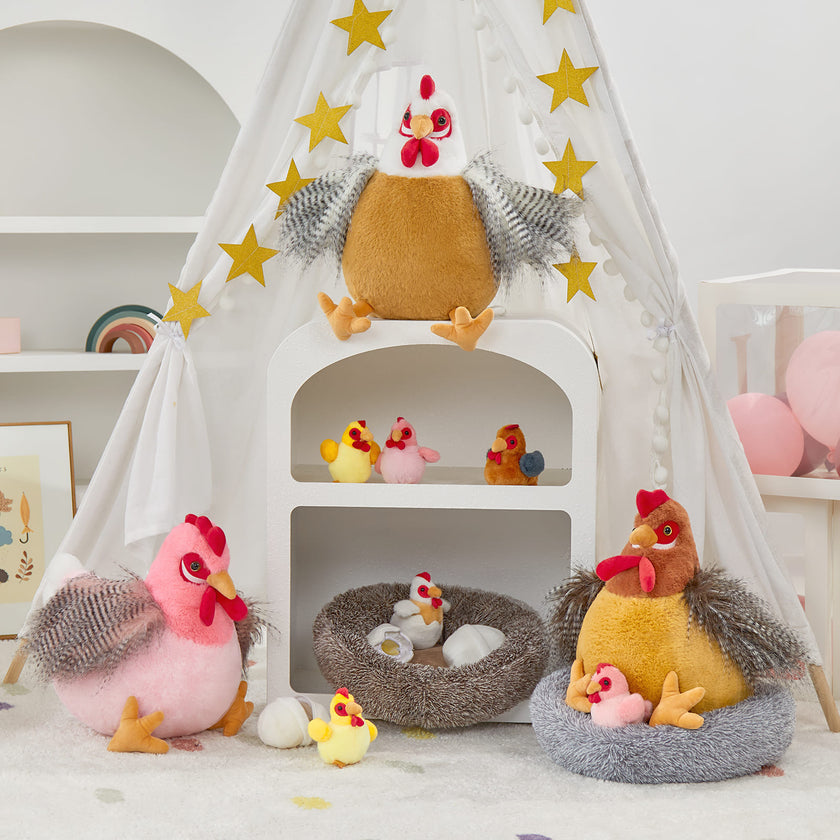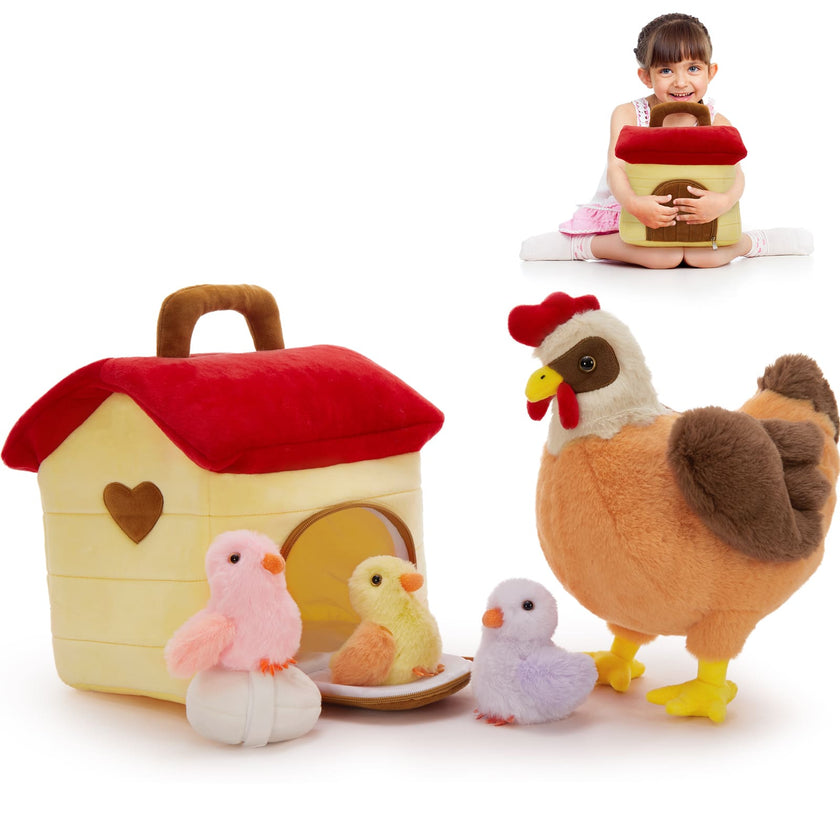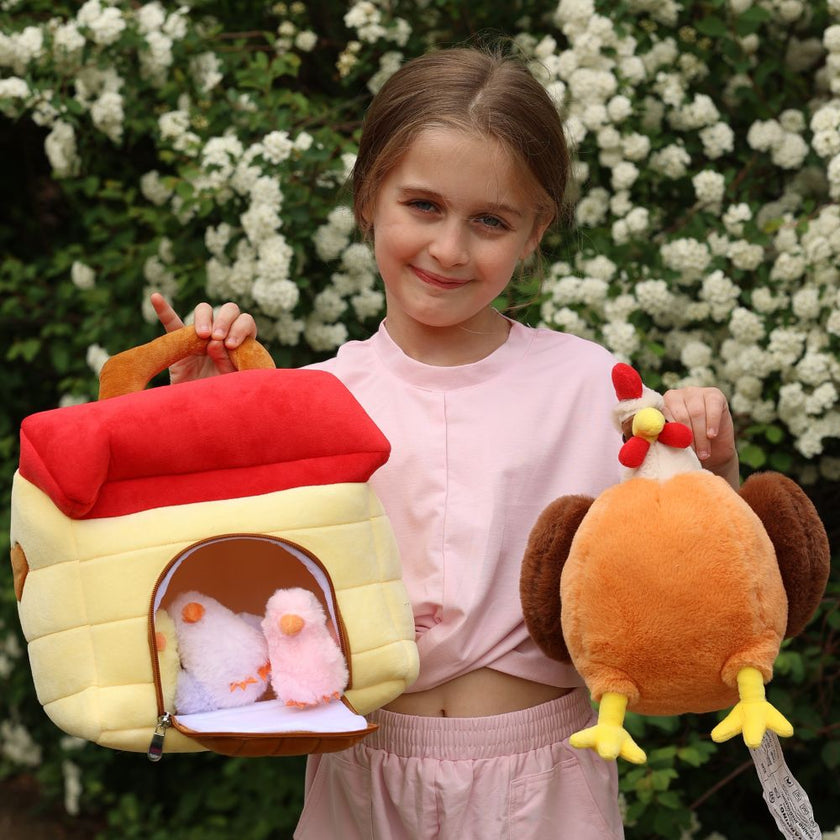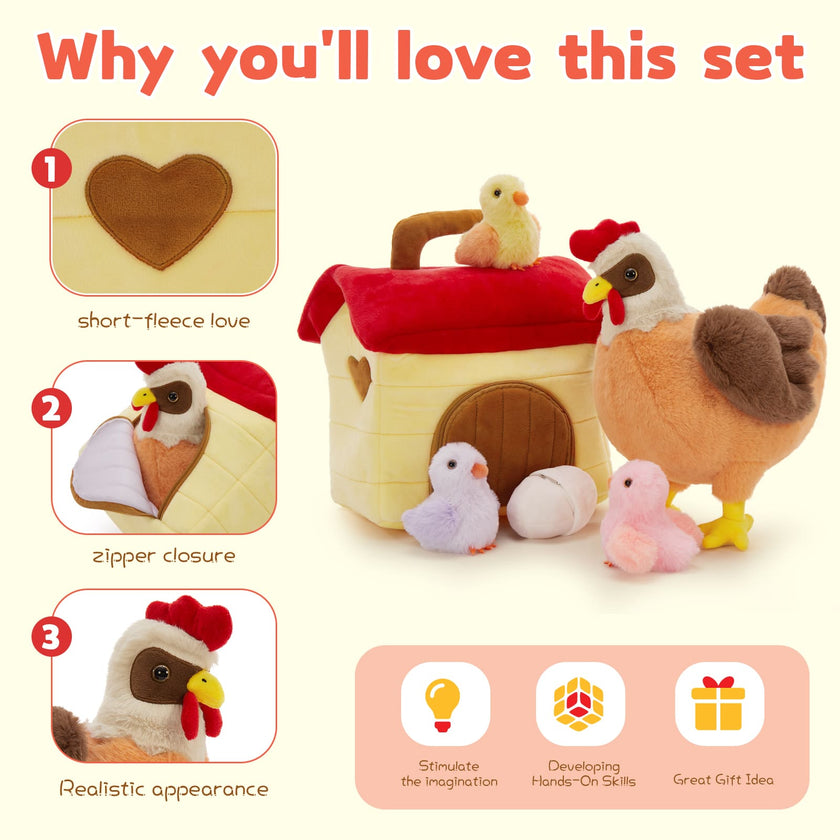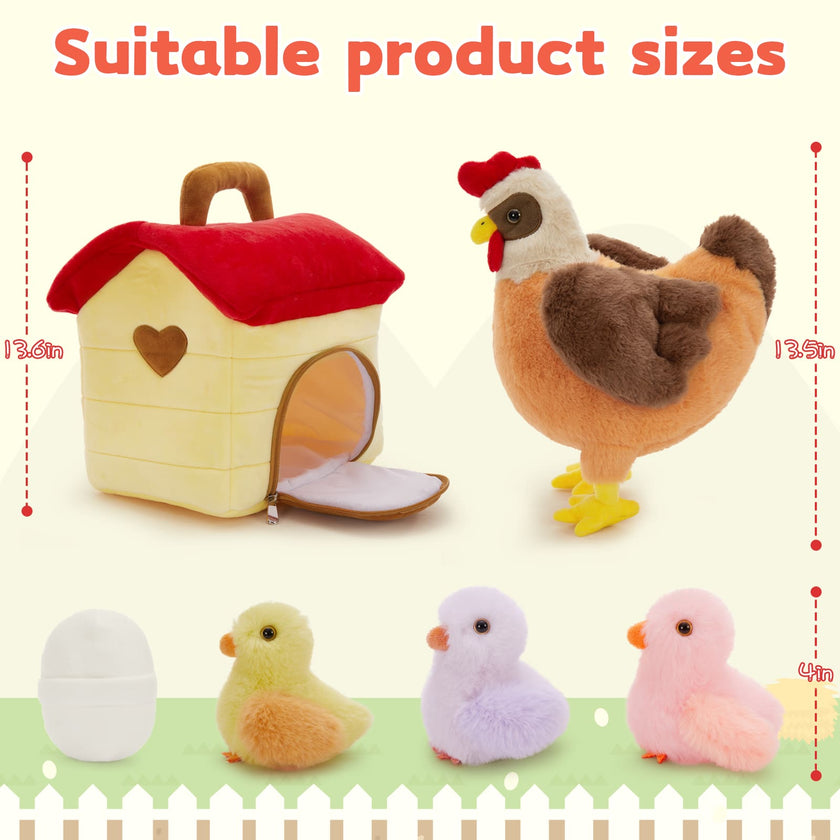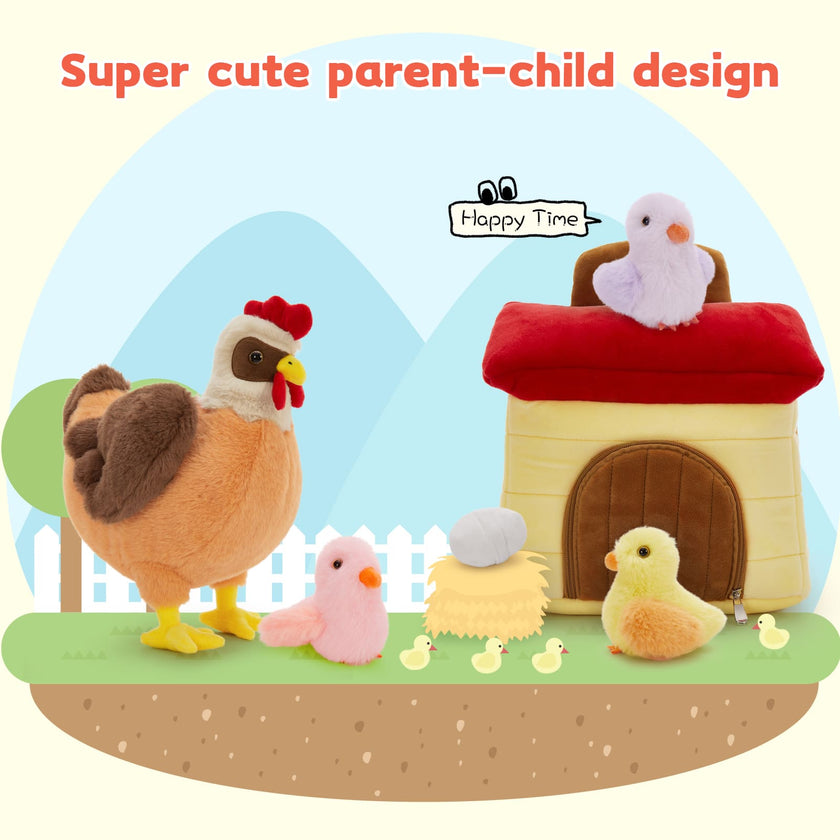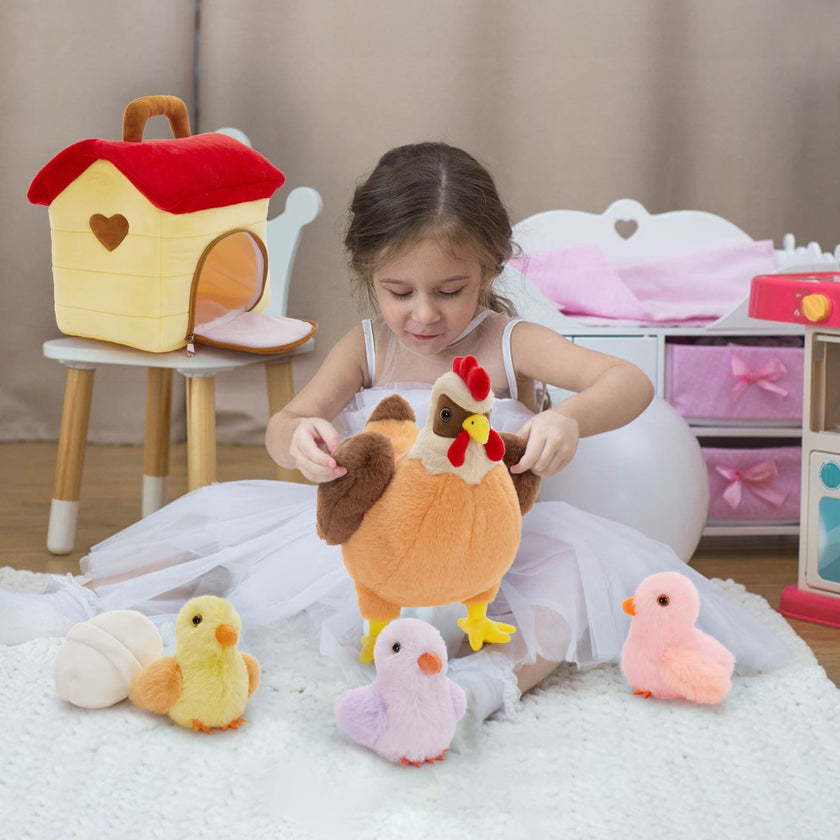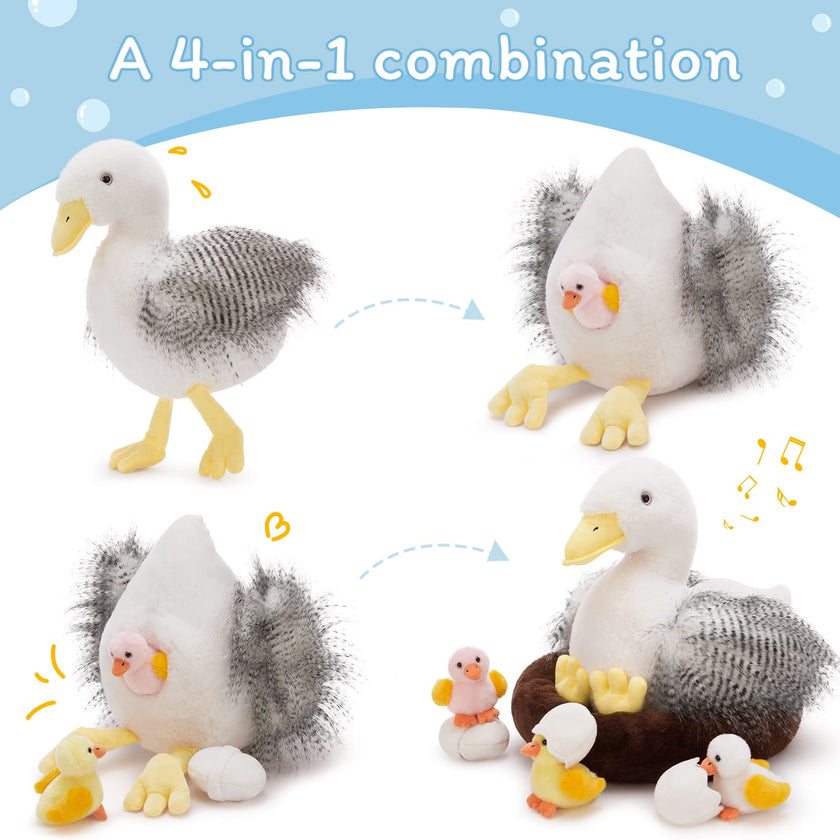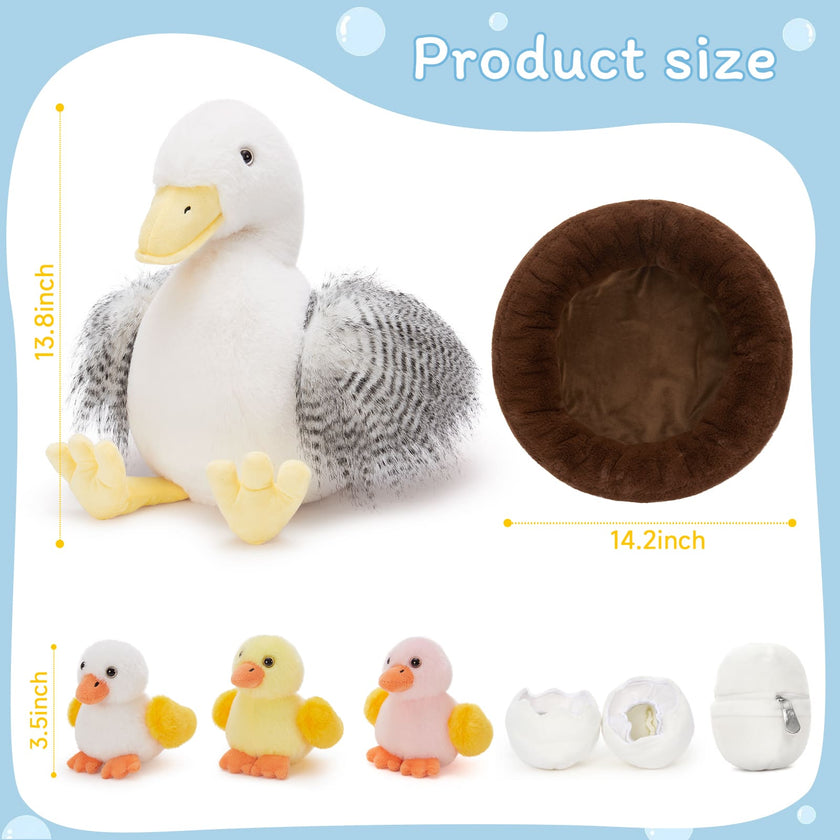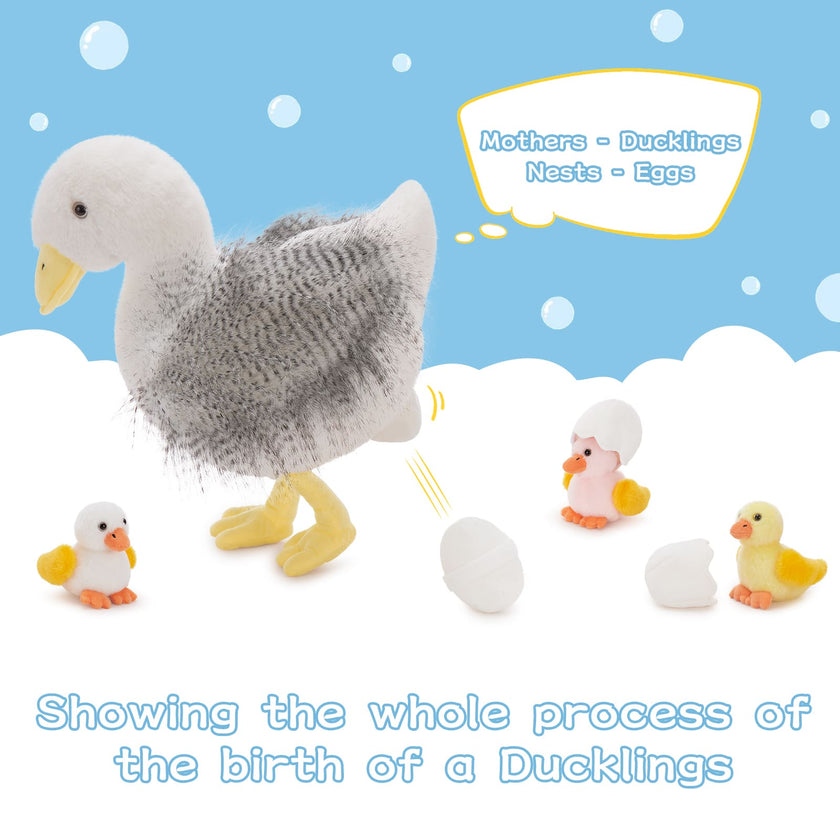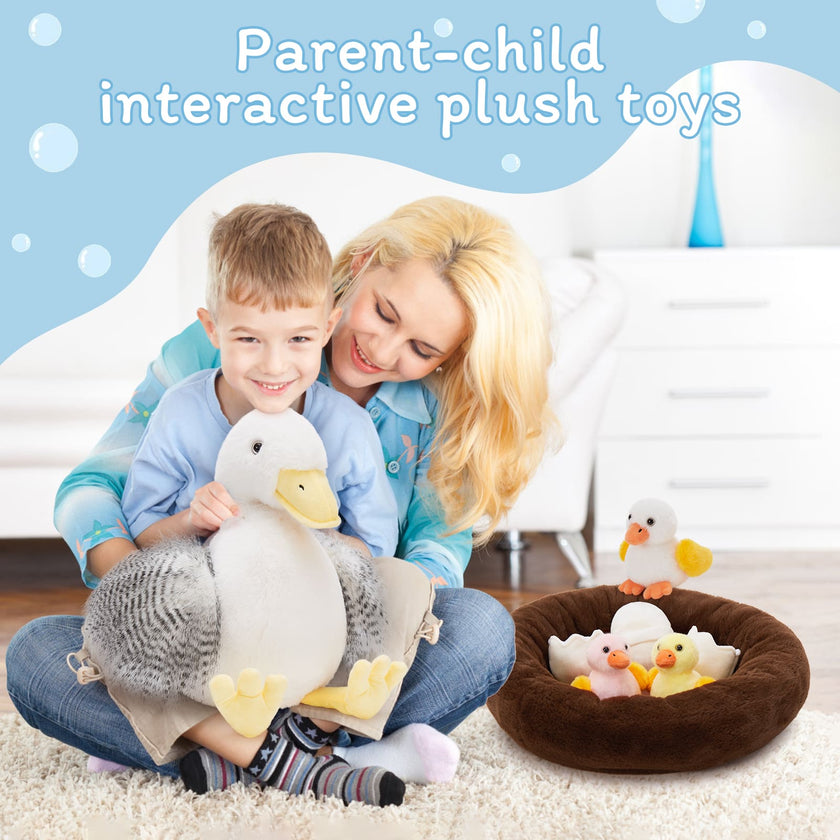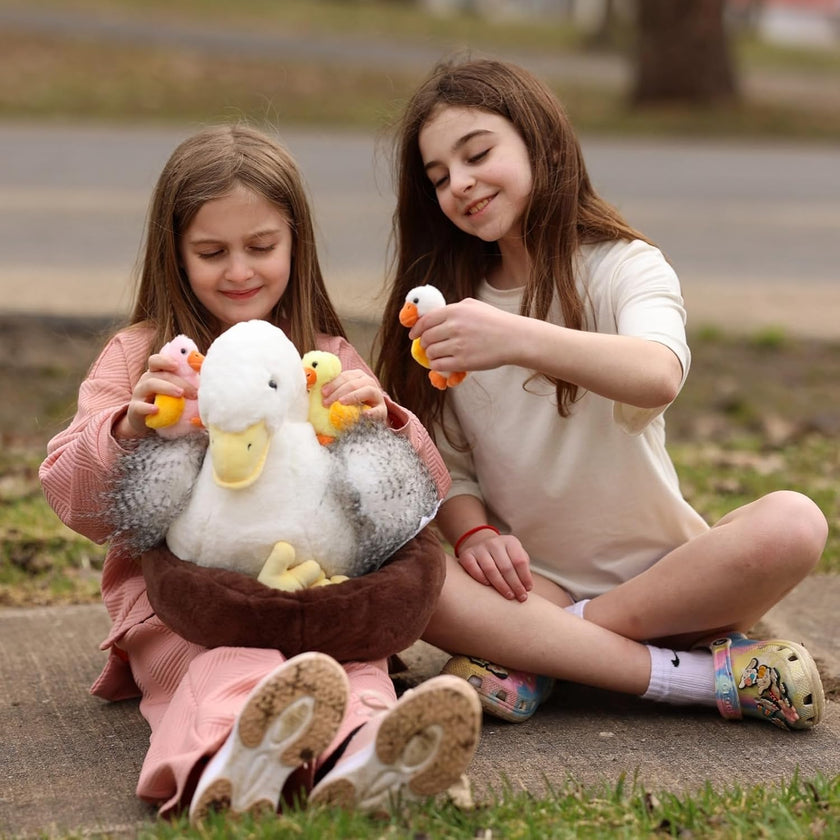Most people think stuffed animals simply sit on beds or shelves, quietly waiting for their owners to return. But if you pause long enough to imagine what happens when the lights dim or when your child runs off to school, a whole new world opens up—one where plush creatures lead lives filled with quiet adventures, gentle bravery, and soft-hearted loyalty. A stuffed animal might not move on its own, but the experiences it absorbs, the emotions it witnesses, and the companionship it provides form an entire universe of meaning. To step into this world, we need only follow one plush toy—any one will do—and watch an entire day unfold through its stitched-button eyes. What seems like a simple toy becomes a silent guardian, a friend, an explorer, and a witness to the small but precious moments that fill a child’s life.
Every day for a stuffed animal begins long before the household fully wakes. When the first beams of morning sunlight slip through the curtains and spill across the room, they land on soft fur or neatly brushed plush fabric. Your stuffed animal is already there, right where it fell asleep beside your child. Even though it cannot dream the way humans do, it carries the memories of the previous night: the whispered secrets, the warm cuddle under blankets, the steady heartbeat it rested against when your child finally dozed off. Morning is peaceful for a stuffed animal, a time when it soaks in the quiet glow and takes stock of the surroundings, making sense of any slight shifts—a crumpled blanket, a missing sock, a pillow out of place. Its world is small, but it notices everything, because its purpose is to be present, always.
Soon enough, the room fills with the energy of a new day. Children tend to wake suddenly, like a spark catching flame, and the first thing many of them reach for is their stuffed animal. This moment is always special—a reunion, even though the separation was only a few hours. To a stuffed animal, this morning hug is the warmest moment of the day, filled with trust and belonging. As the child stretches, yawns, and begins chatting or humming about what the day might bring, the stuffed animal listens with patient attention. Whether the child is excited, tired, or unsure about the day ahead, the plush companion accepts every emotion without judgment, its soft body designed to absorb whatever feelings are pressed into it. This simple morning connection strengthens the bond that carries through the rest of the day.
When it’s time to get ready for school or daily routines, the stuffed animal often becomes a part of the process—sometimes directly, sometimes from afar. Some children tuck their plush buddies under their arm as they brush their teeth or choose their clothes, including the toy in the decision-making, as though its silent opinion matters deeply. Others create a special place on the bed where the stuffed animal “waits patiently” during the day. For the plush toy, waiting is not dull; it is an essential part of its role. It observes the quiet house, listens to the distant sounds of life happening, and stands guard over the spaces where its child lives. Even when left behind, it does not feel forgotten—it feels entrusted, holding space until its friend returns.
The quiet hours of daytime offer a stuffed animal the chance to settle into its environment in a different way. These periods are peaceful, but filled with subtle purpose. Sunlight shifts across the room, the shadows move as the day progresses, and the stuffed animal remains steady, soft, and constant. This consistency is what makes plush toys so meaningful to children. They are always where they expect them to be. They don’t get busy, distracted, or preoccupied. A stuffed animal holds stillness in a world that is constantly moving around children, offering a sense of stability and familiarity. Even during the lonely hours of the day, the plush toy fulfills one of its most important roles—being ready the moment it is needed.
When the child returns home, the stuffed animal’s day springs to life again. There’s a burst of excitement, a happy reunion, and often an enthusiastic grab or squeeze. Sometimes the child immediately begins talking to the toy, unloading everything that happened during the day—who they played with, what story the teacher read, what made them laugh or cry. A stuffed animal is a safe emotional outlet, absorbing these stories with soft silence. It never interrupts, disagrees, or misunderstands. Children communicate more openly with toys because they represent unconditional acceptance, and that trust is part of what makes plush companions such powerful emotional anchors. To the stuffed animal, this moment after school is as significant as the morning hug—a replenishing of connection.
Afternoons are often when a stuffed animal gets to embark on its biggest adventures. Playtime transforms the toy into anything the child needs it to be: a brave explorer trekking through imaginary forests made of couch cushions, a wise doctor caring for other stuffed patients, a heroic warrior defending the living room fortress, or a silly friend participating in tea parties and make-believe picnics. These imaginative stories bring the stuffed animal to life in the child’s world, filling its internal universe with roles, identities, and experiences shaped entirely by imagination. Each game, no matter how simple or chaotic, becomes another chapter in the plush toy’s ongoing tale. For the stuffed animal, these are the moments when its purpose shines brightest—helping the child develop creativity, emotional intelligence, and problem-solving skills through play.
When evening approaches, the pace slows again. Stuffed animals often accompany children during dinner, homework time, or relaxation before bed. They quietly watch over the room as the child learns, practices new skills, or unwinds after a long day. Sometimes the toy is draped over the child’s shoulder as they read or watch something, becoming a soft presence that encourages calm and focus. Stuffed animals may not move, but their presence helps children self-regulate—they are soft, predictable, and comforting, making them perfect companions during transitioning moments like evening routines. Their quiet companionship helps reduce stress and bring balance after a stimulating day.
Finally, night arrives, and the stuffed animal returns to its most intimate role—guarding the child’s rest. Bedtime is when their bond is strongest. The child pulls the toy close, whispering goodnight or sharing one last thought that didn’t fit earlier in the day. A stuffed animal becomes a source of security when the lights go out, helping to soothe fears of the dark, ease bedtime anxieties, and welcome sleep. Wrapped in blankets, pressed against familiar softness, the child drifts off, and the stuffed animal begins its long, gentle vigil. All night long, it remains a loyal protector, a quiet friend, and a comforting presence, ready to carry the emotions, dreams, and adventures of the next day.
In the end, a stuffed animal’s day is filled with more meaning than anyone realizes—not because it moves, but because it is moved by the love of the child who cares for it. From morning cuddles to nighttime comfort, from imaginative adventures to silent companionship, a plush toy lives a life defined by connection and purpose. It becomes part of the child’s memories, part of their emotional world, and sometimes even part of their identity. The life of a stuffed animal is simple, but a simplicity filled with depth, tenderness, and quiet magic.

